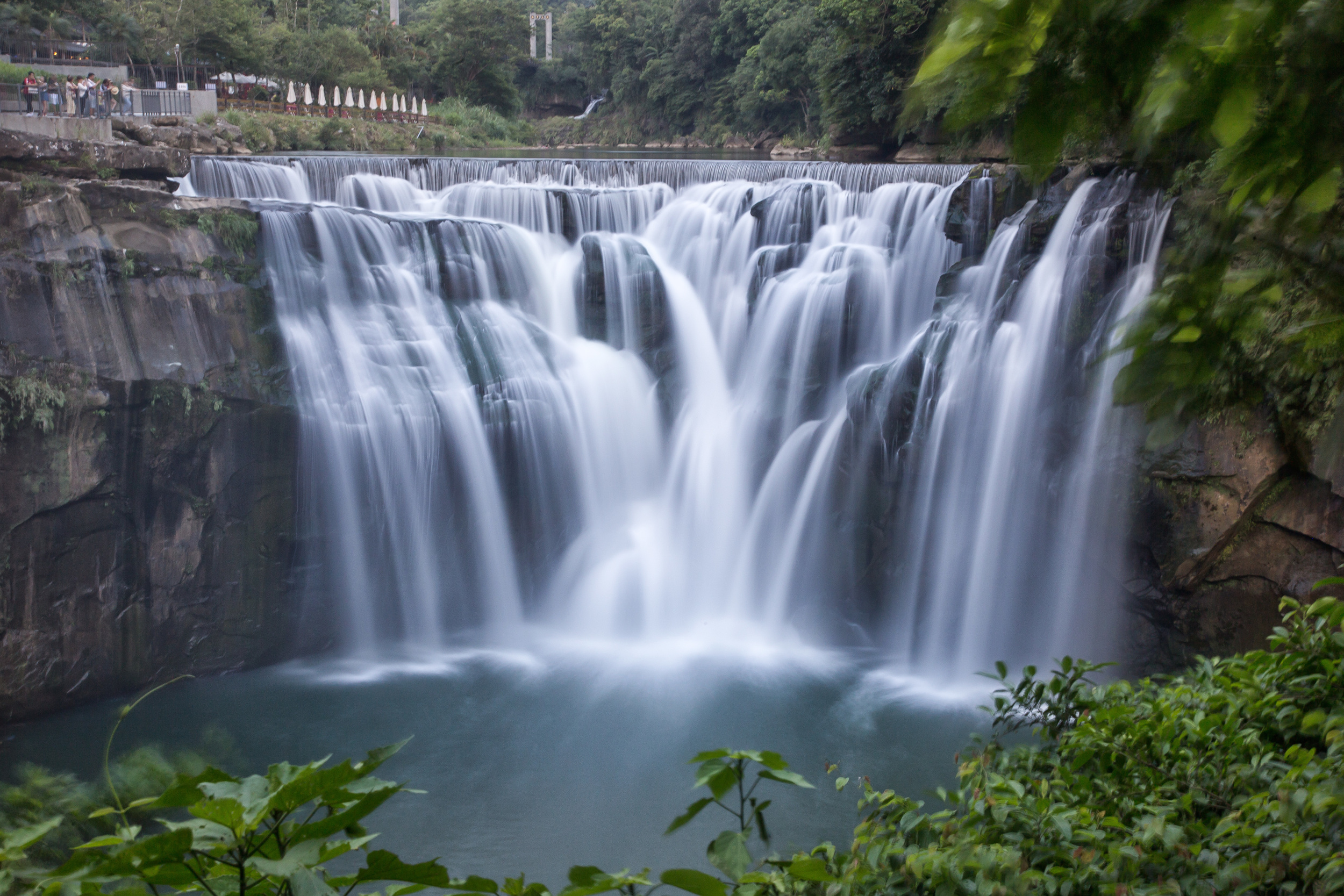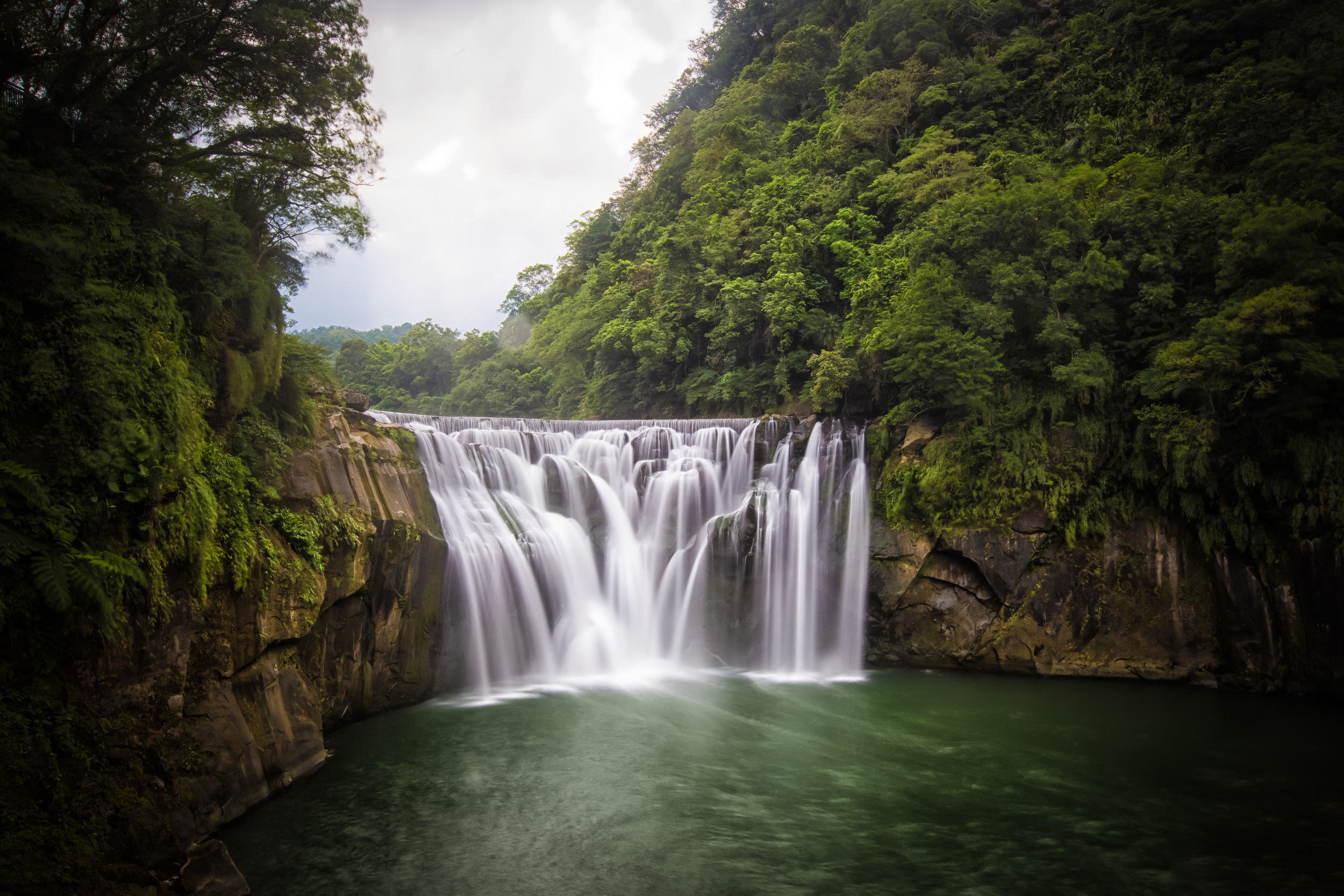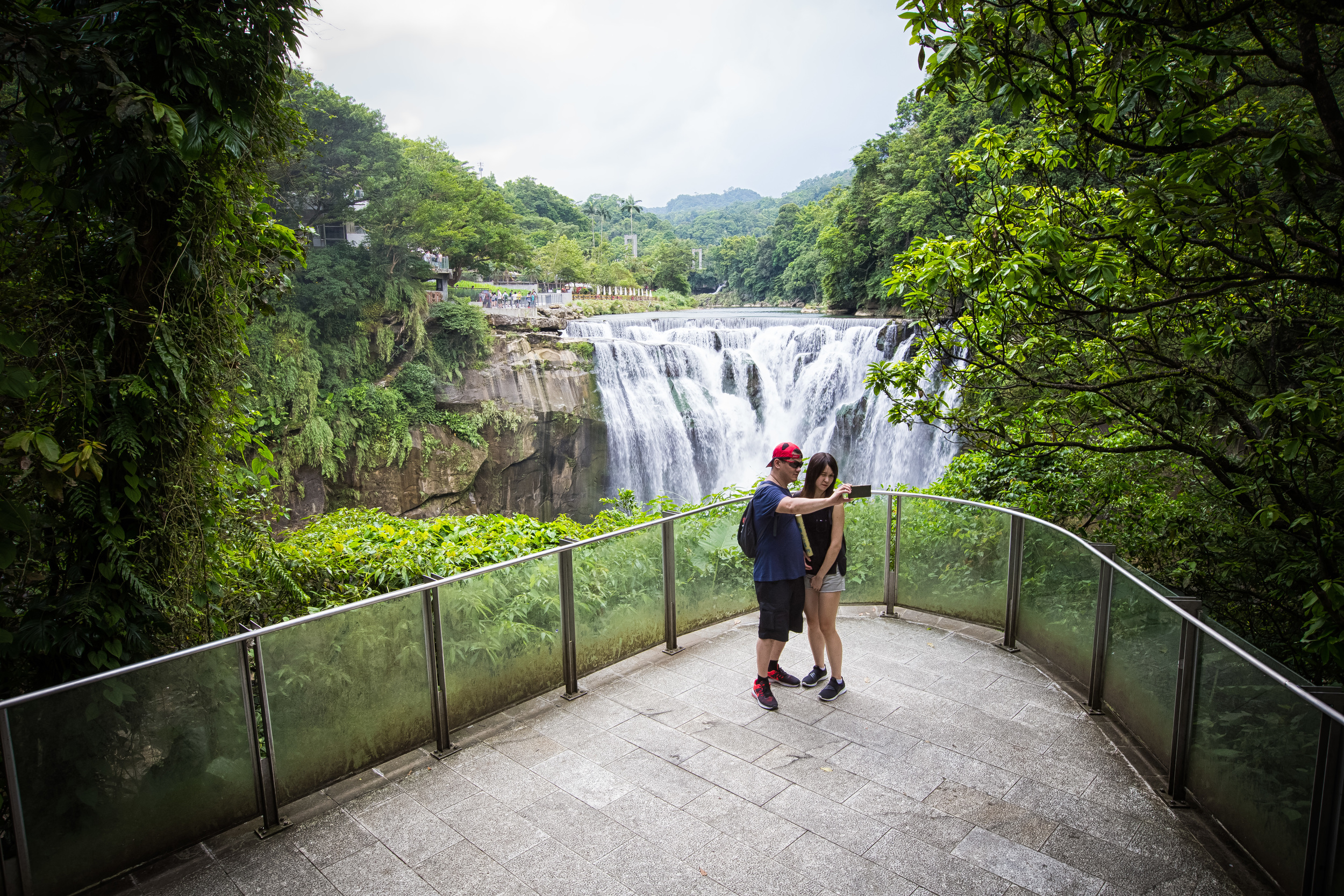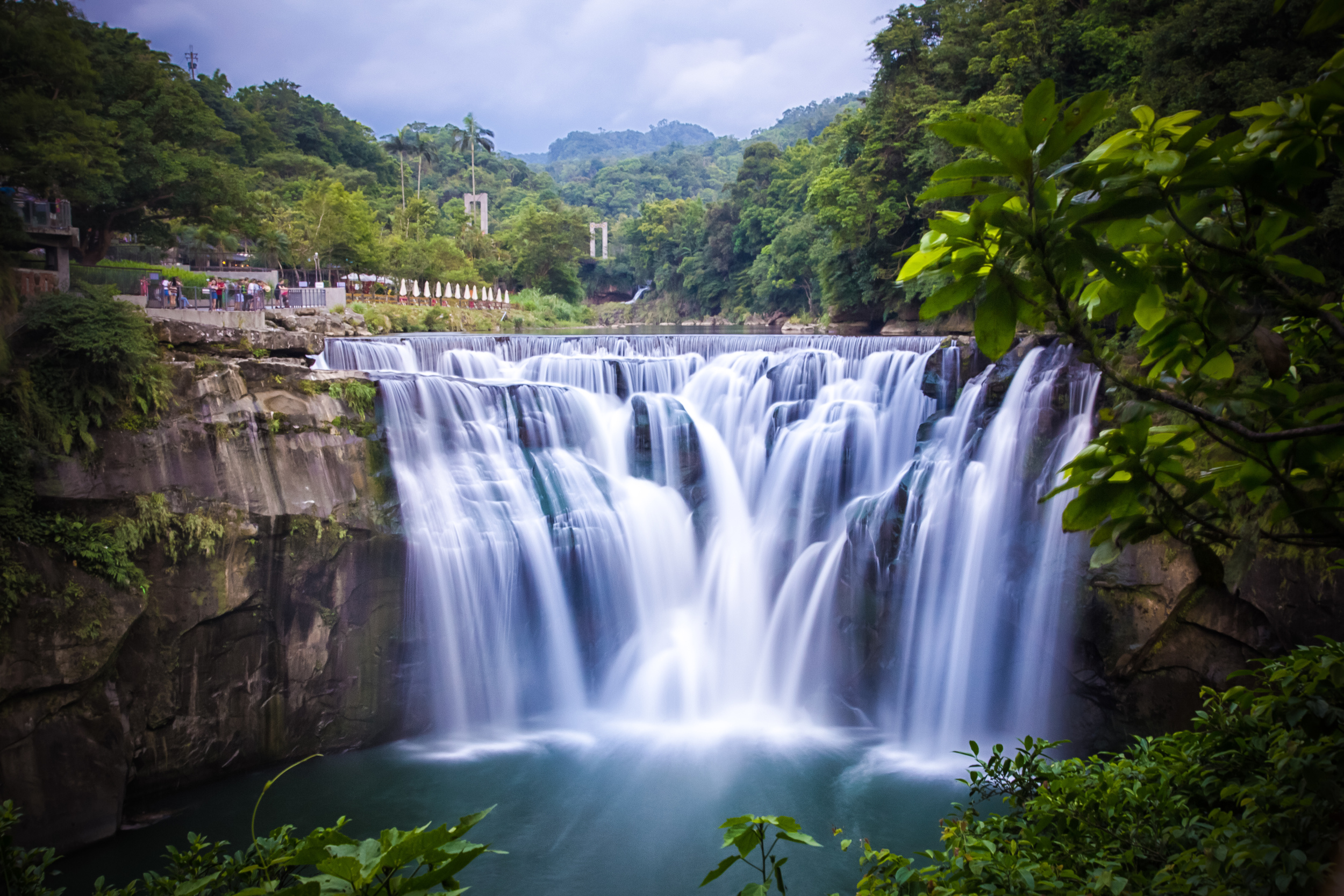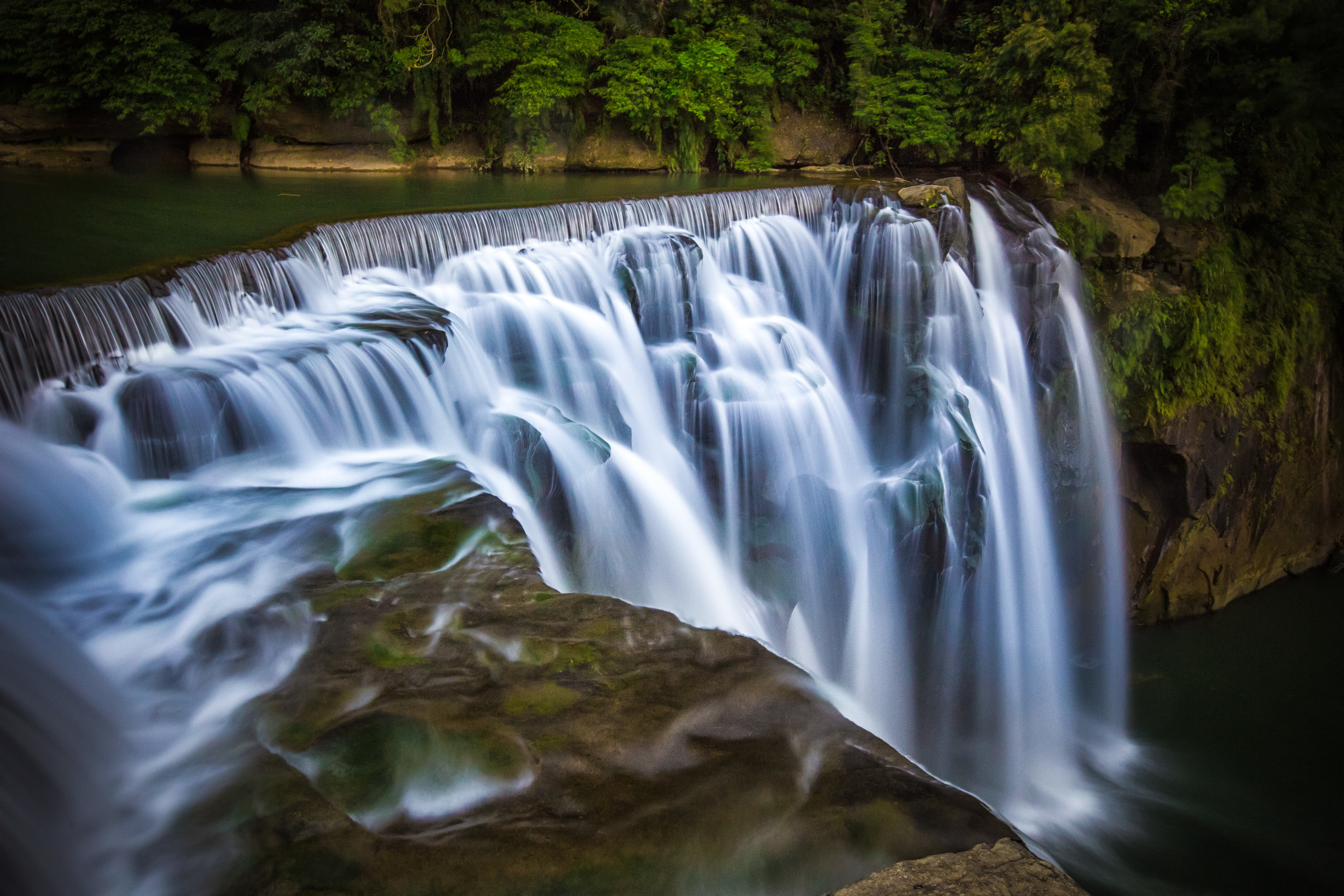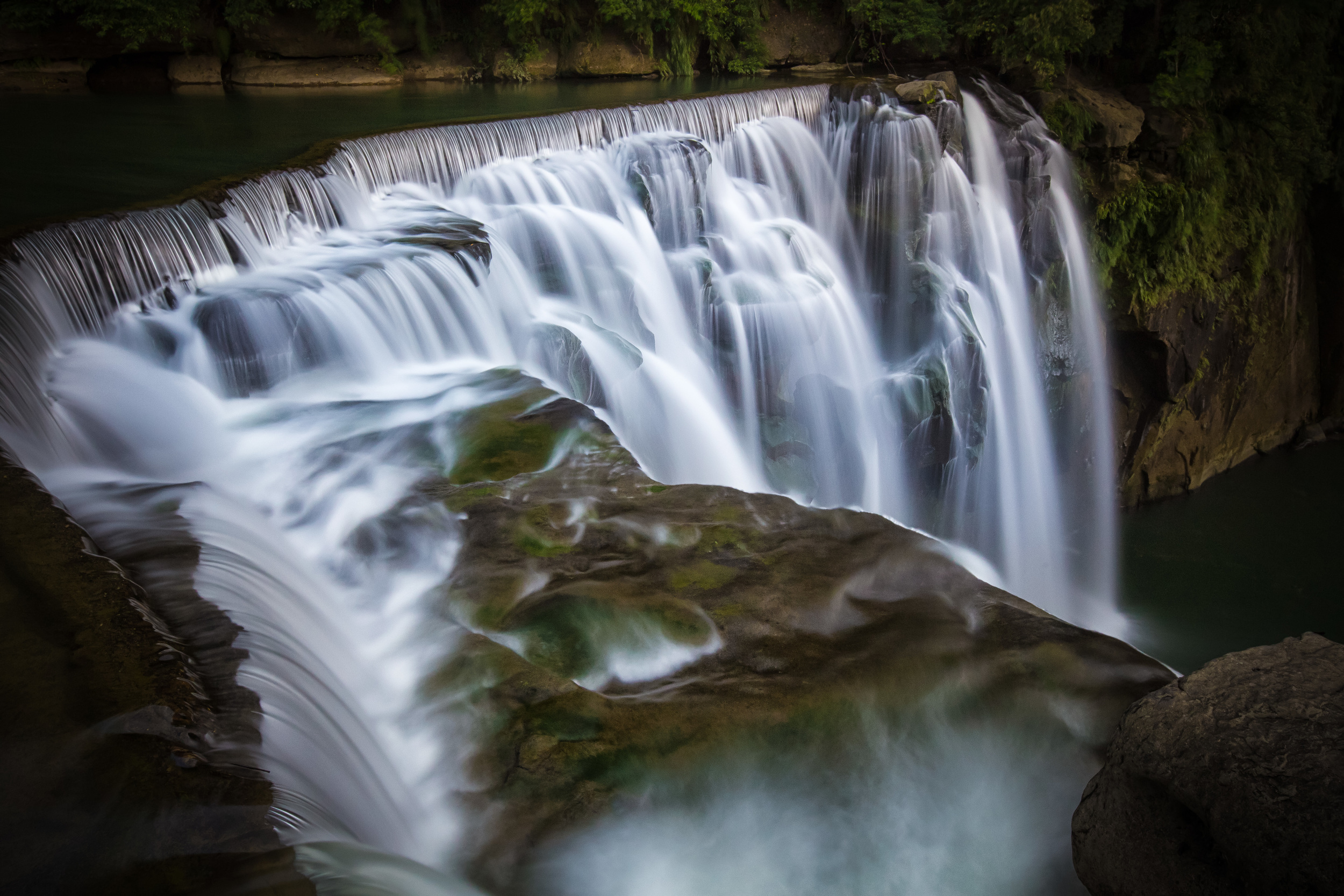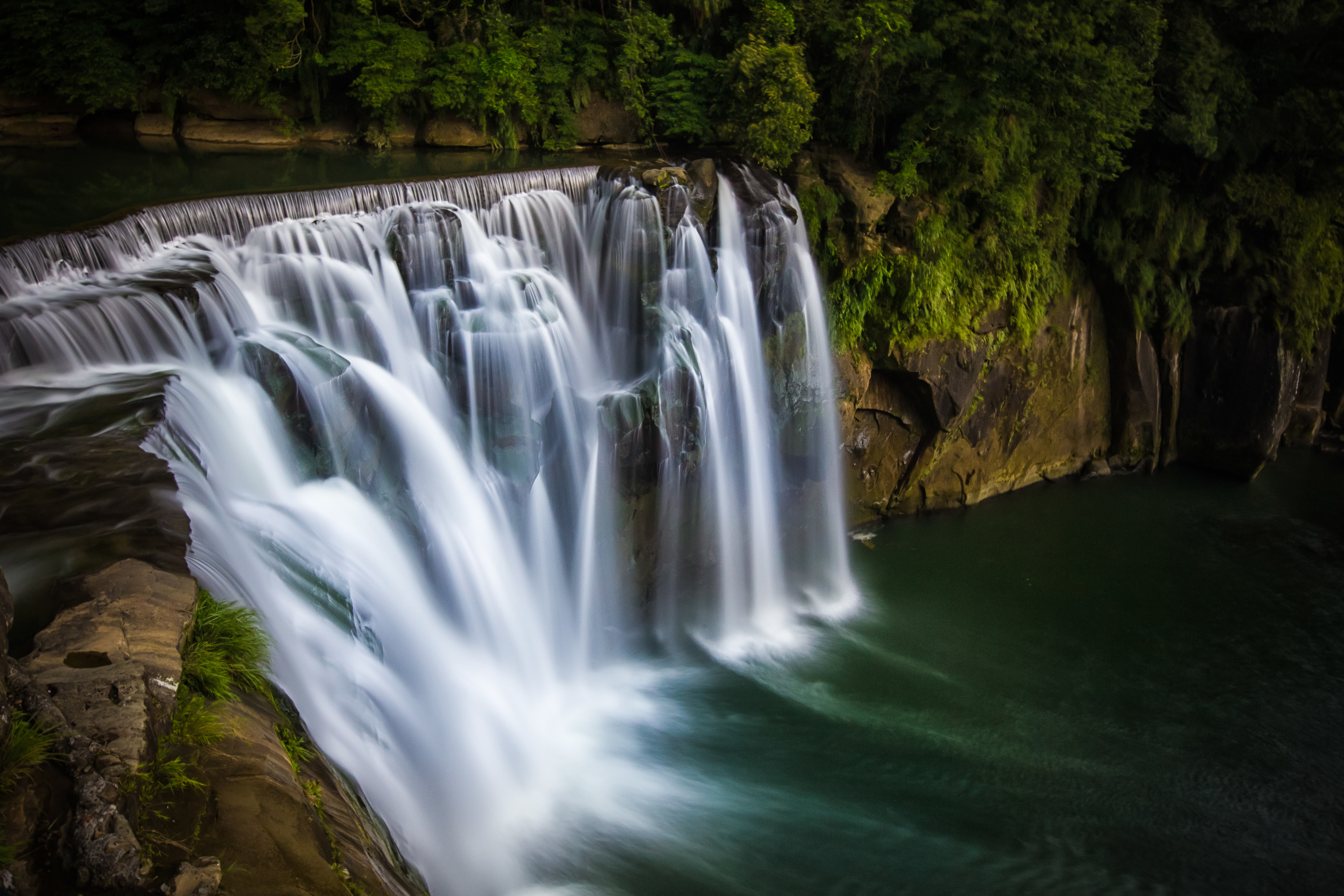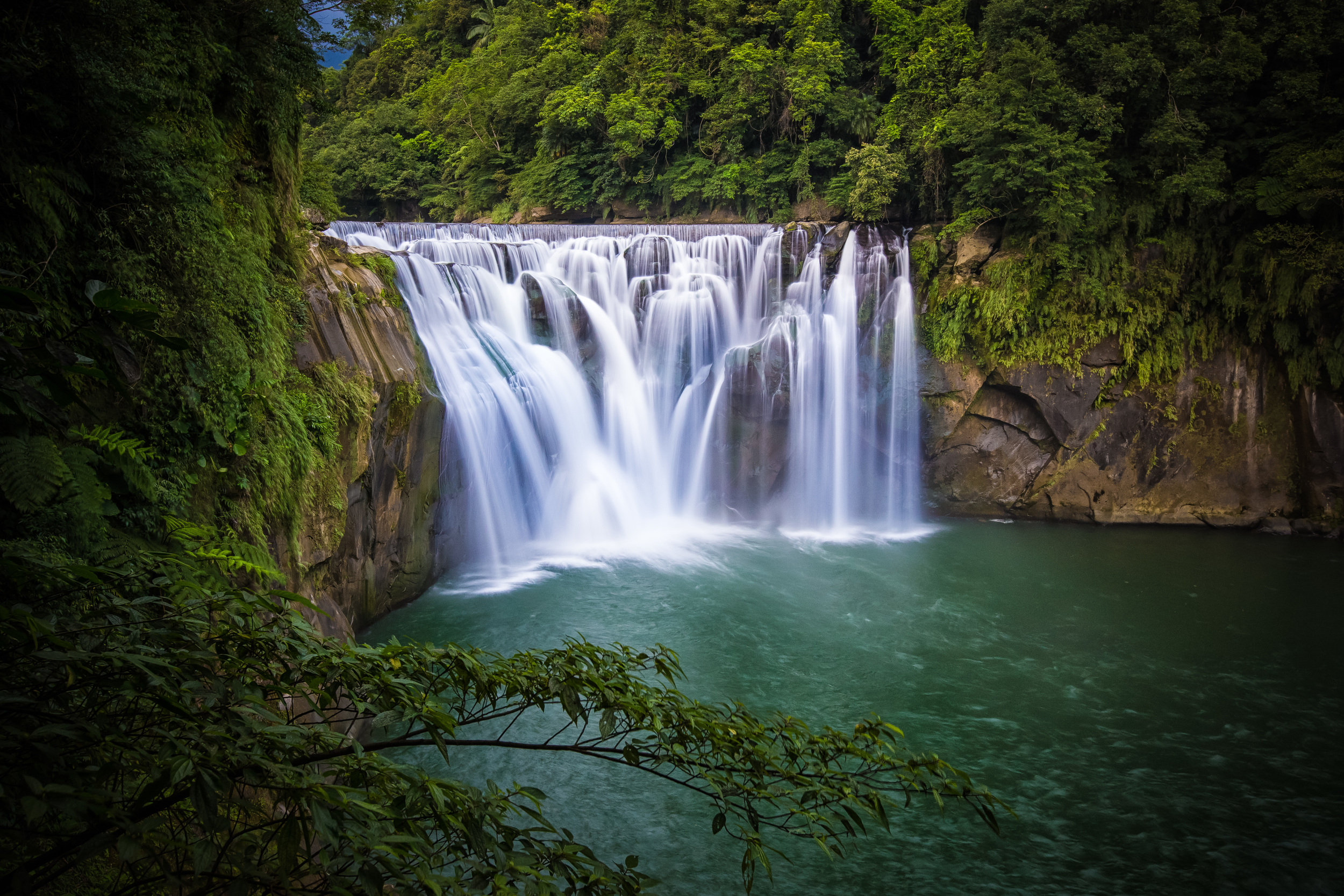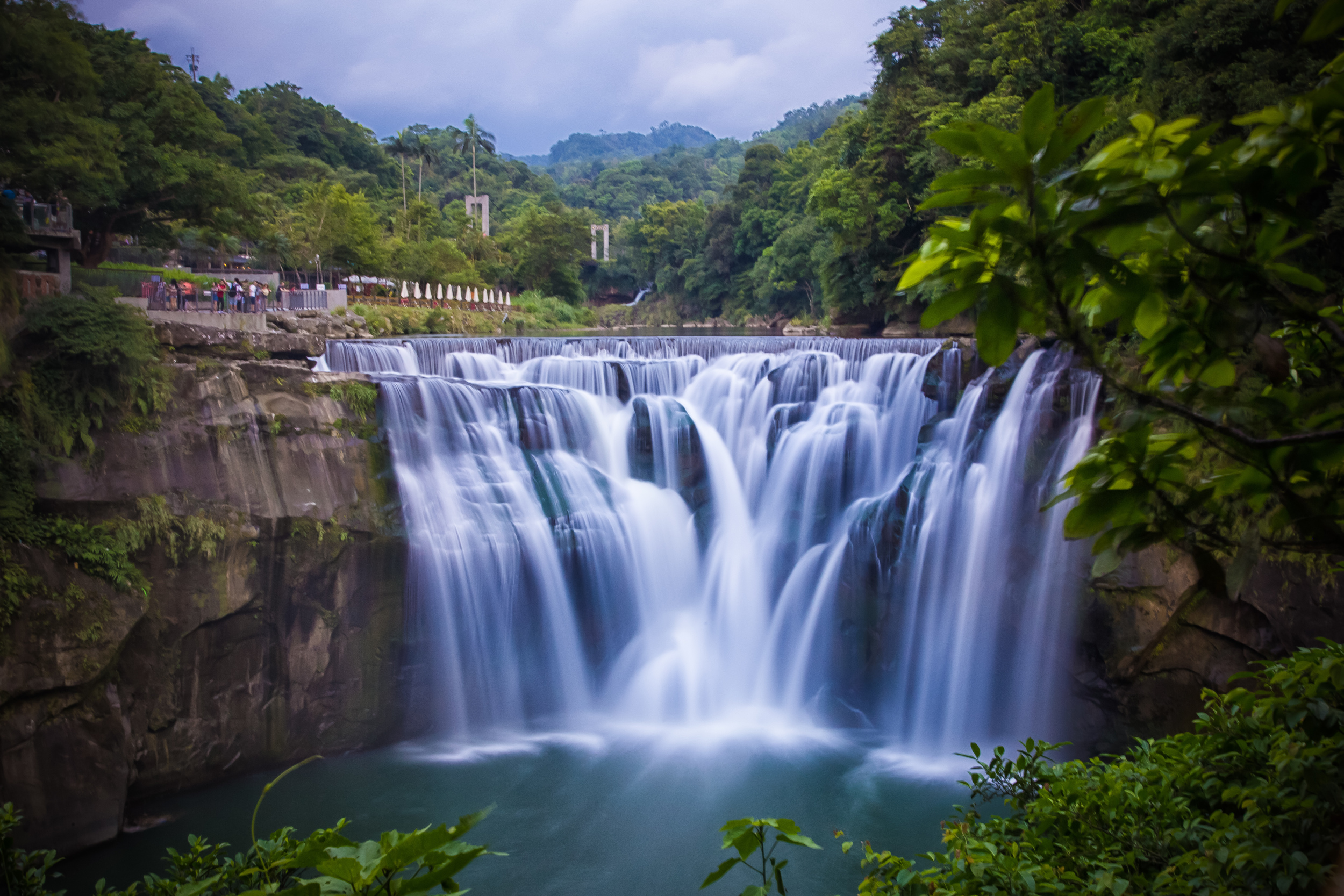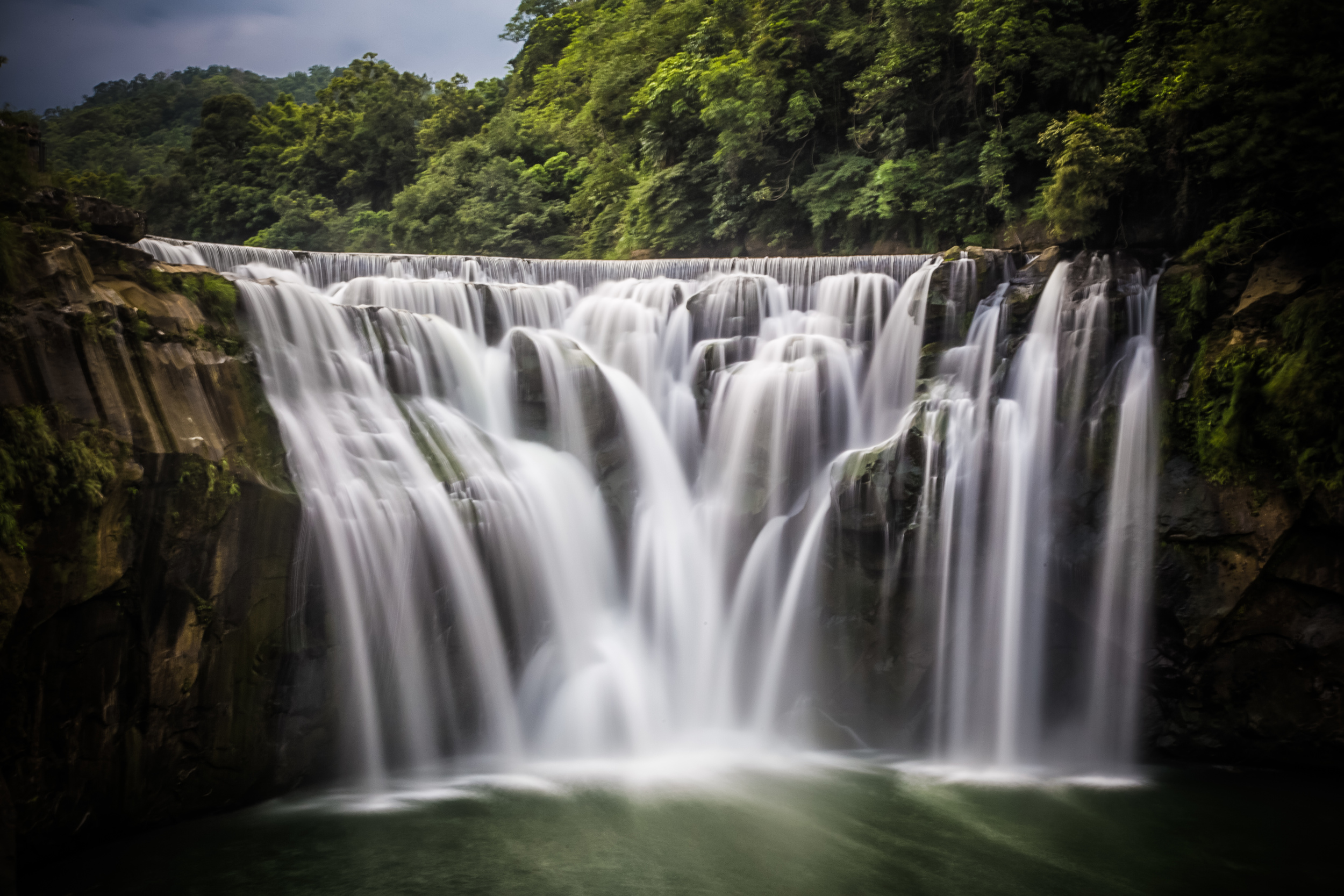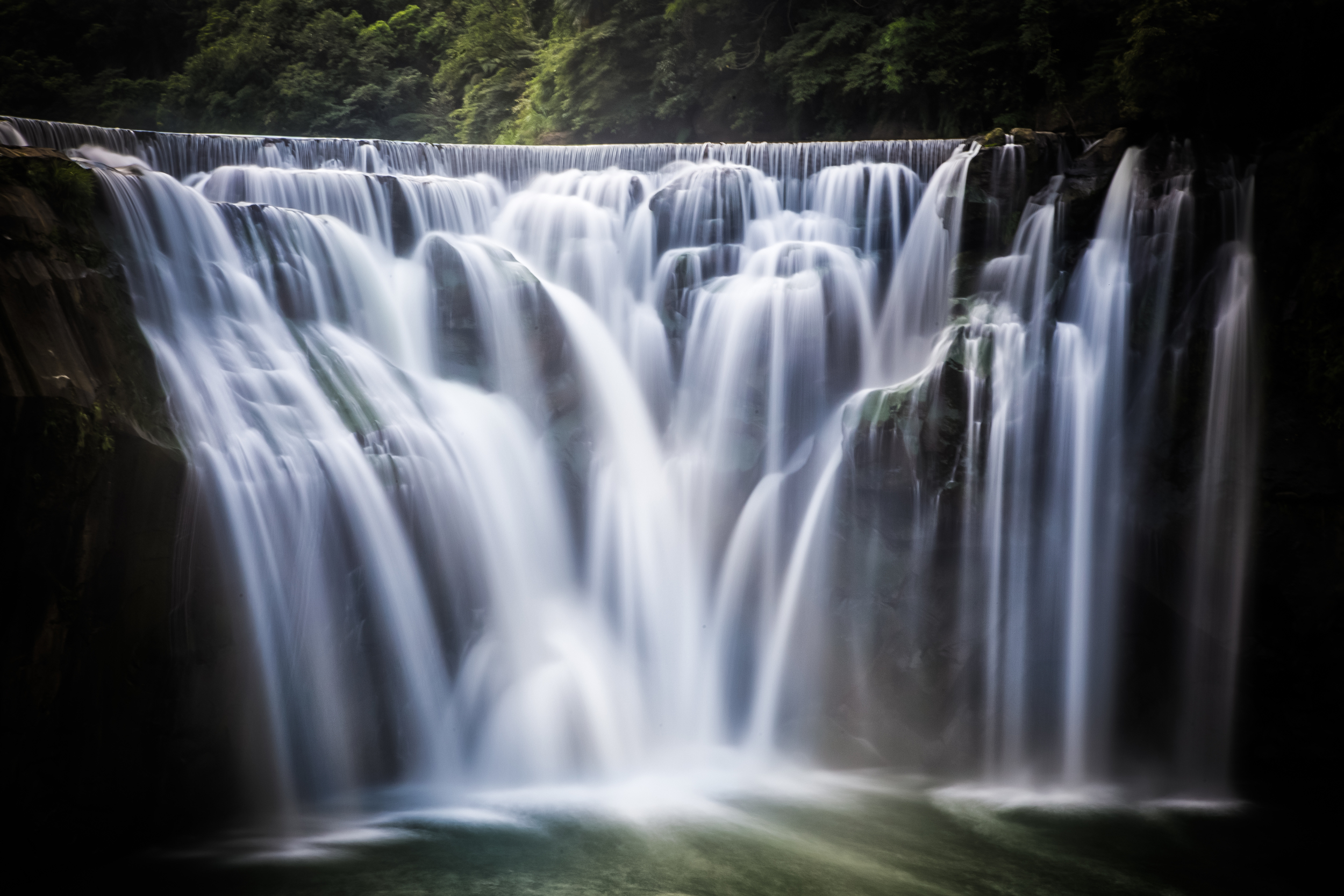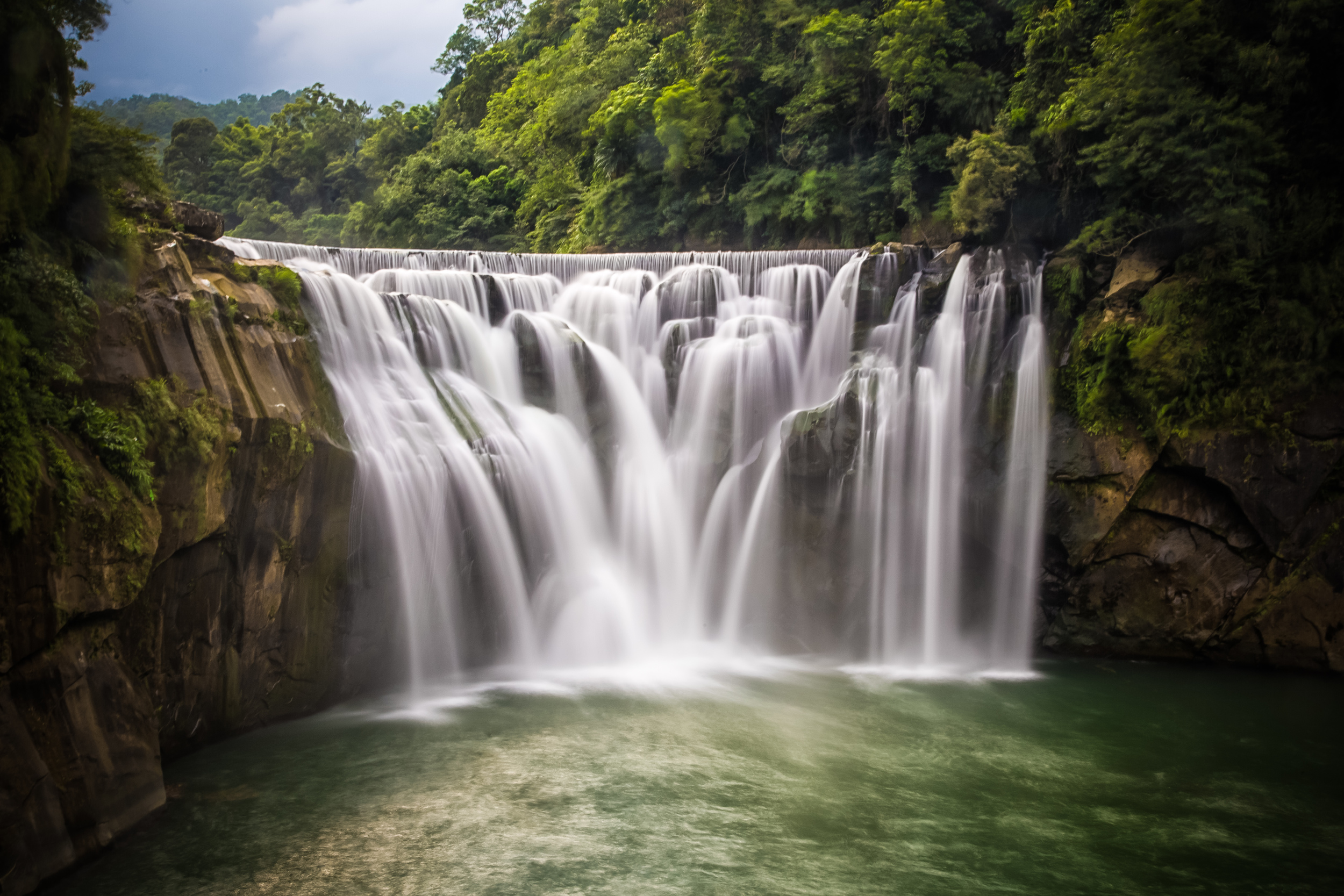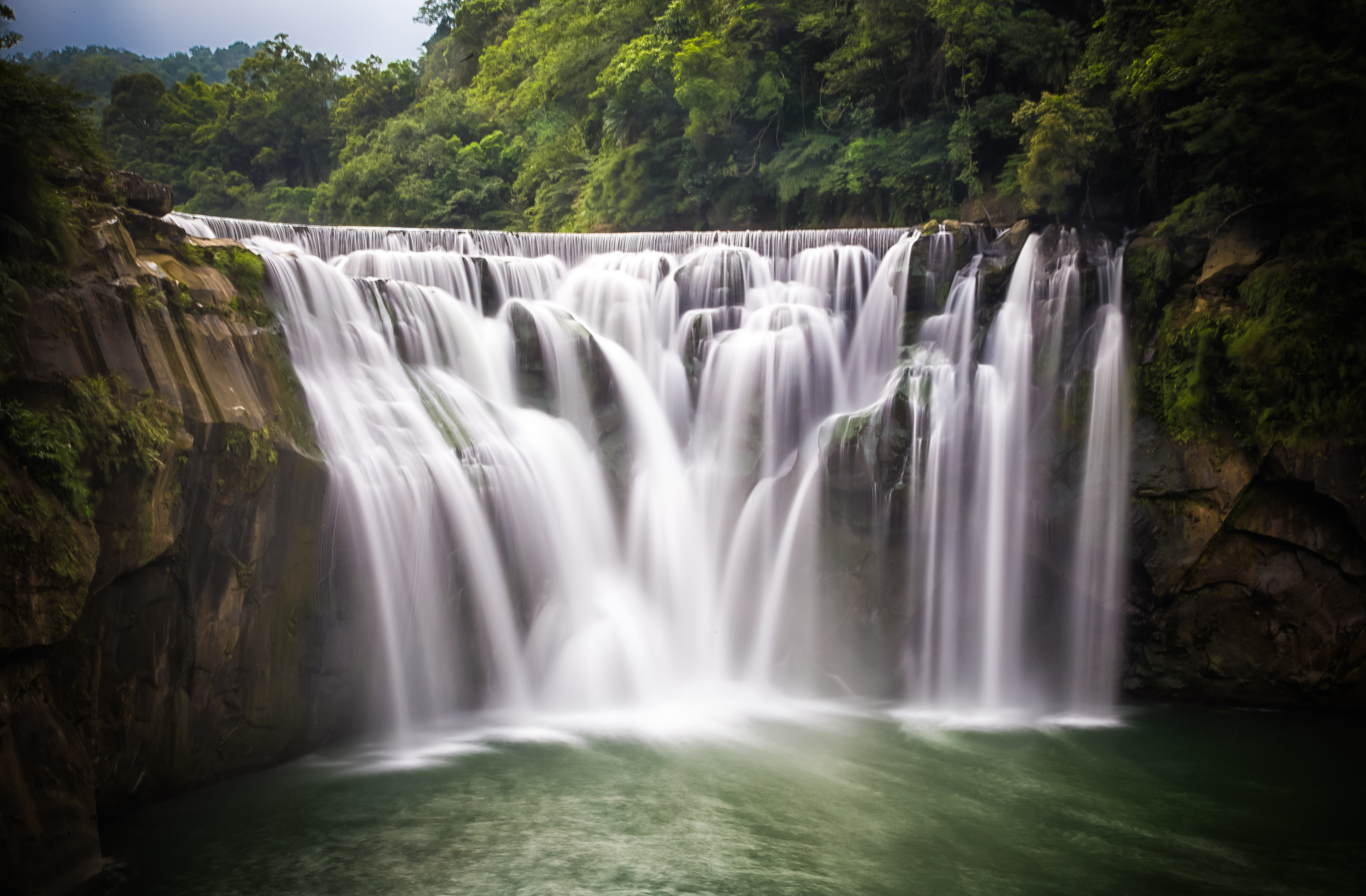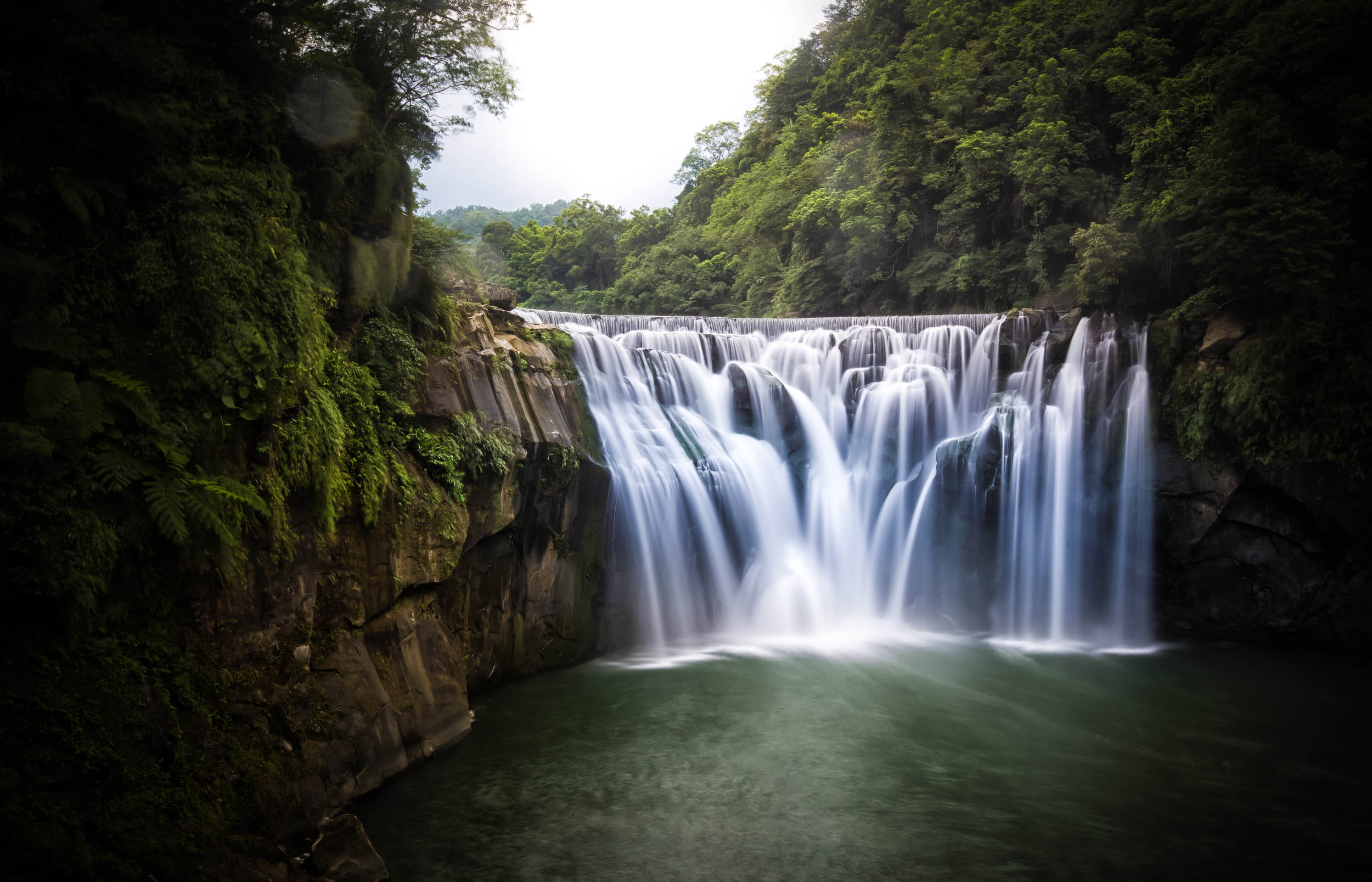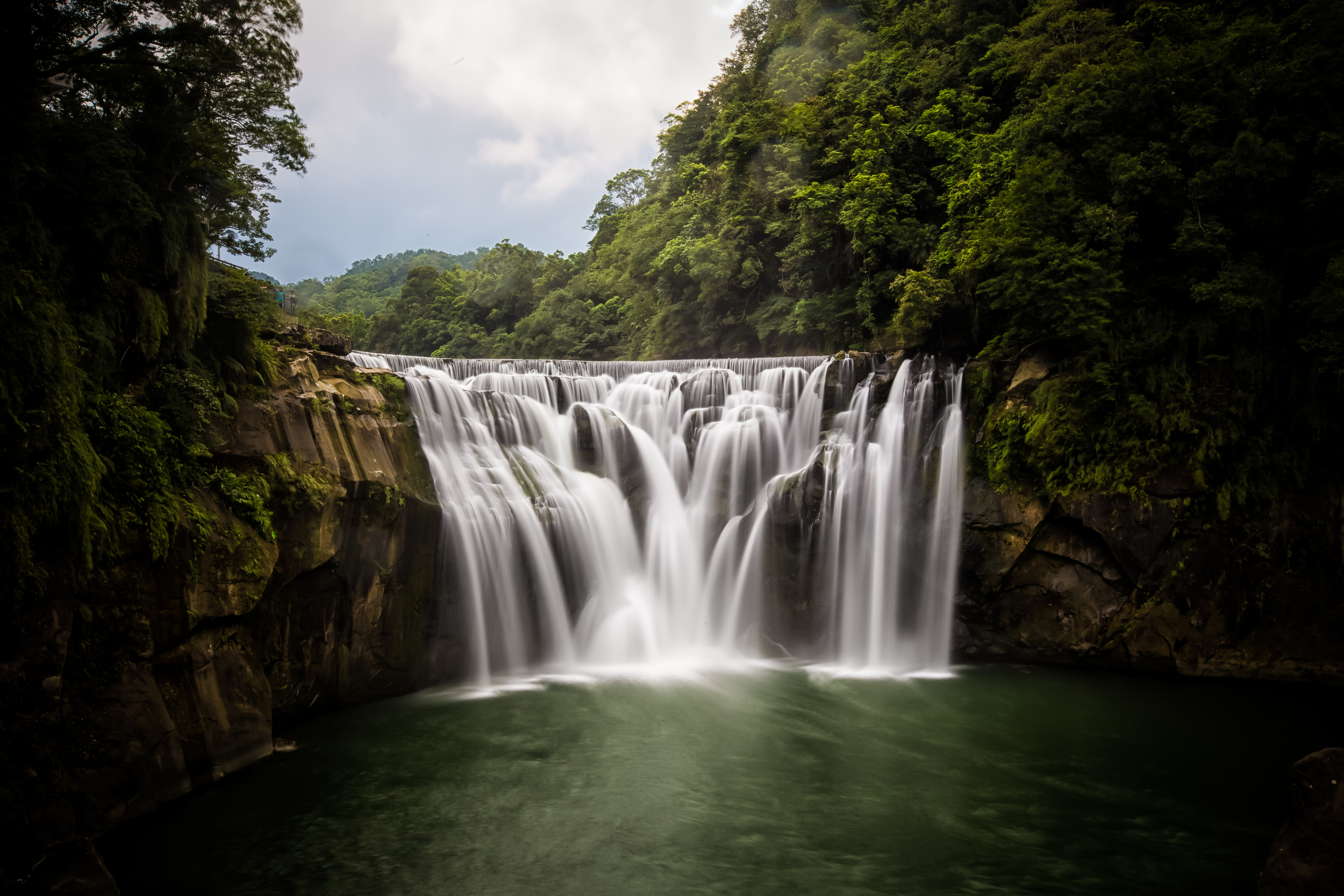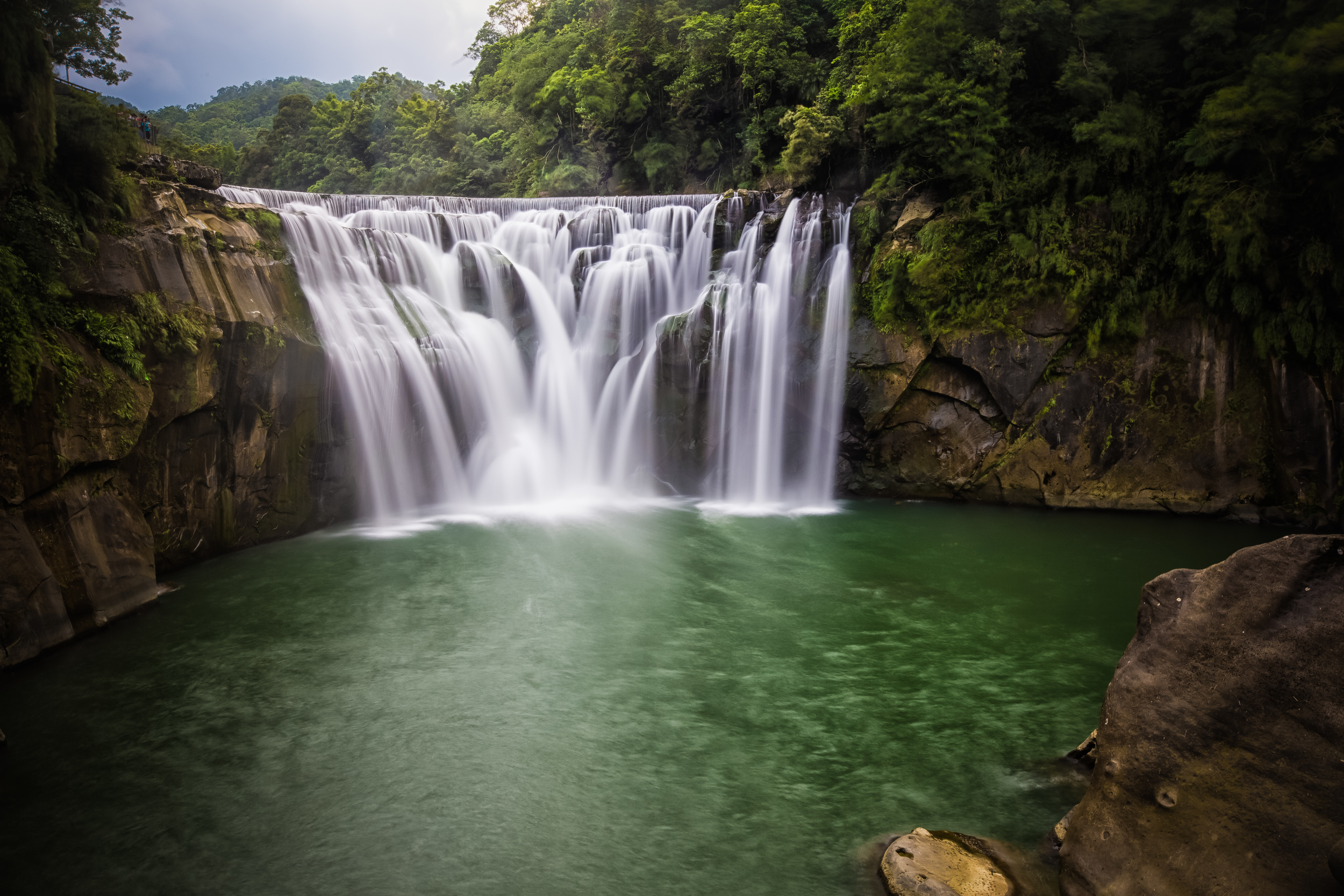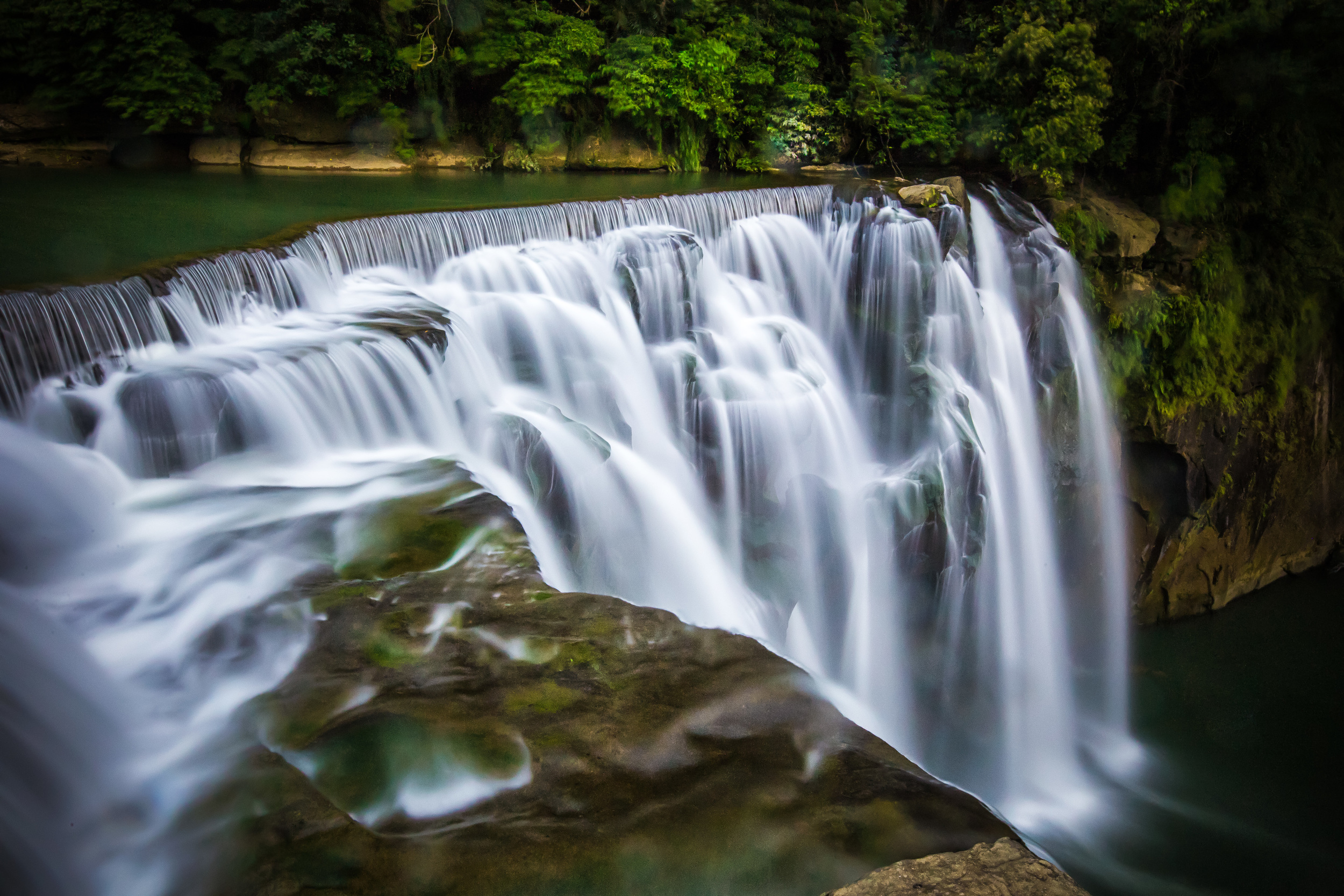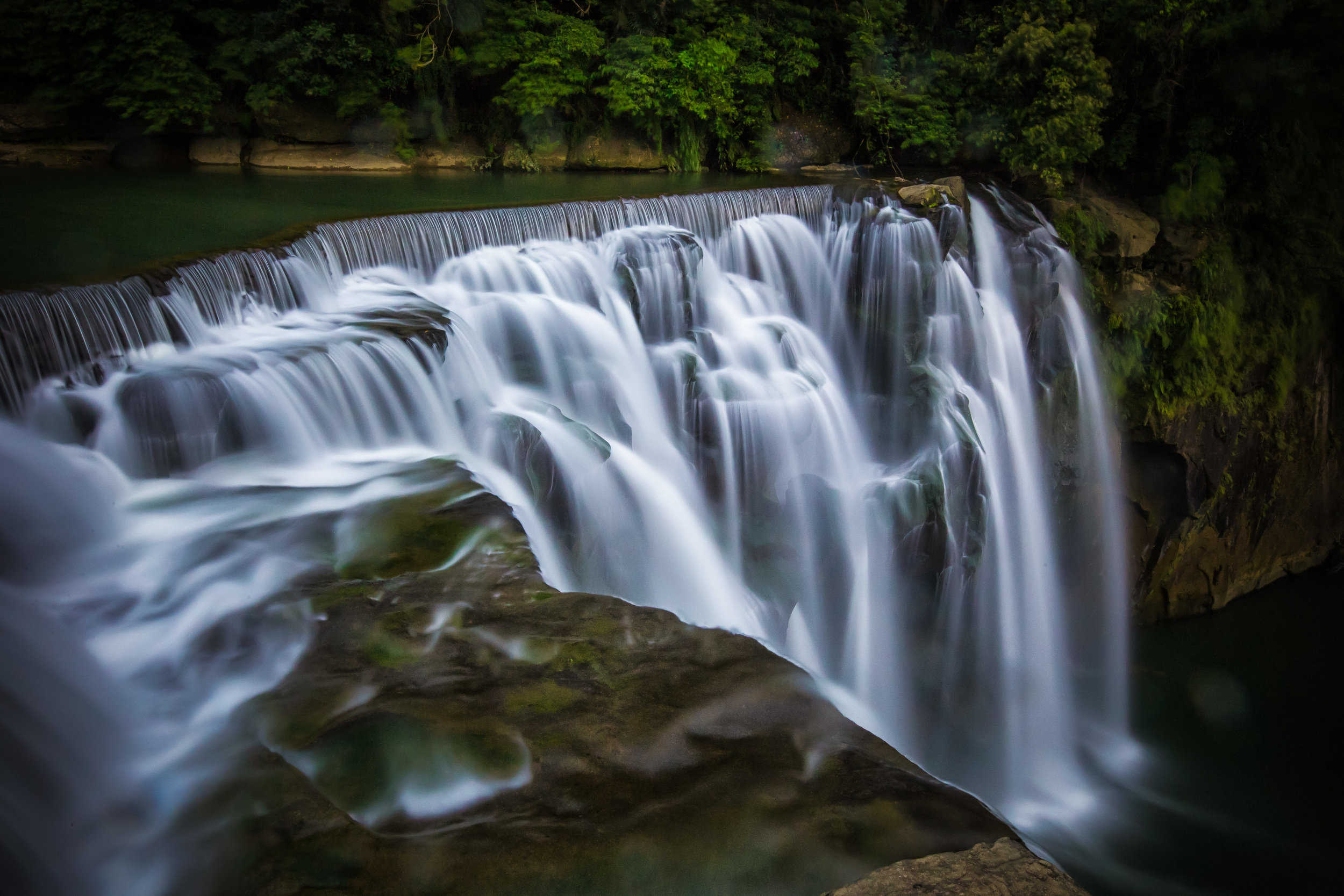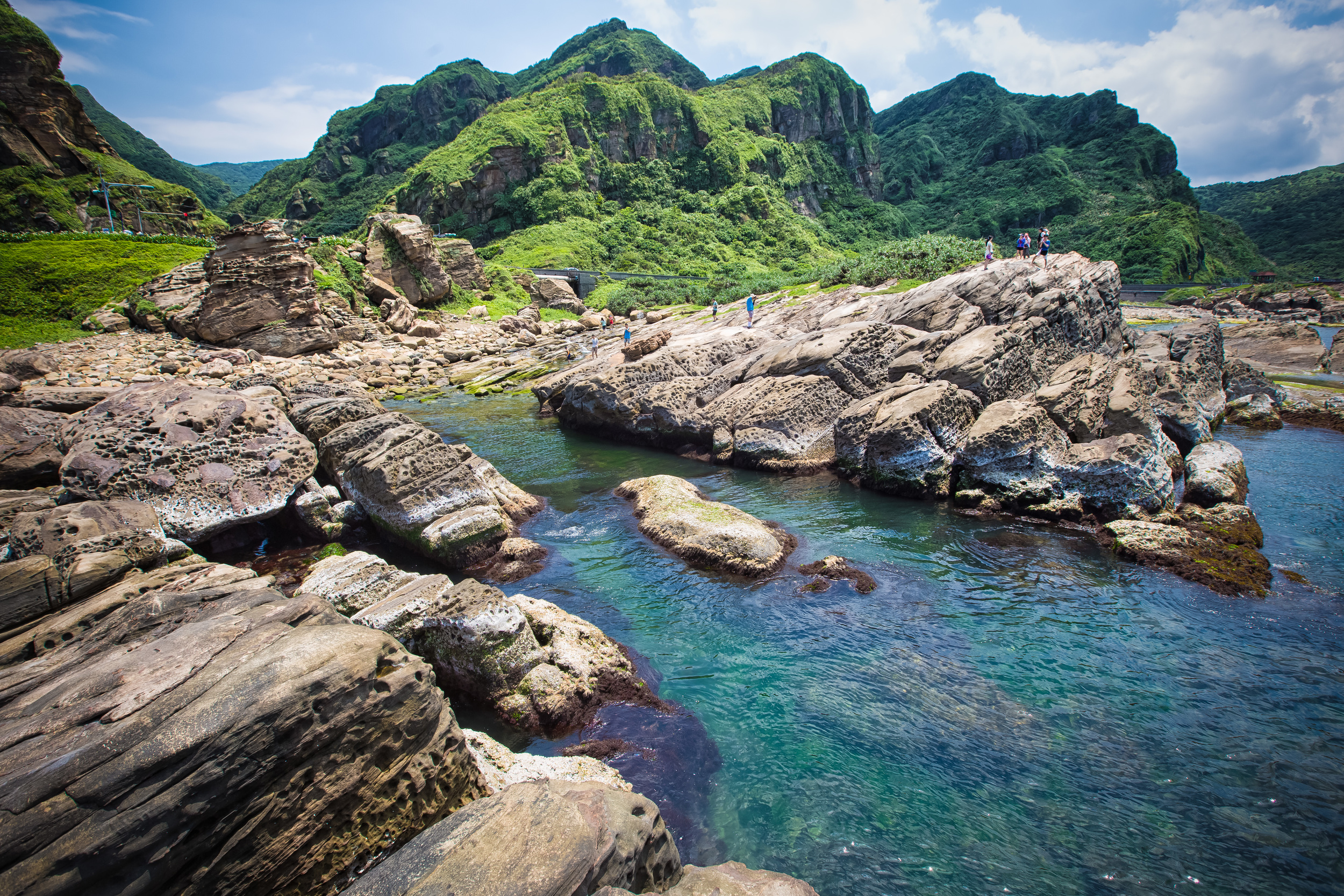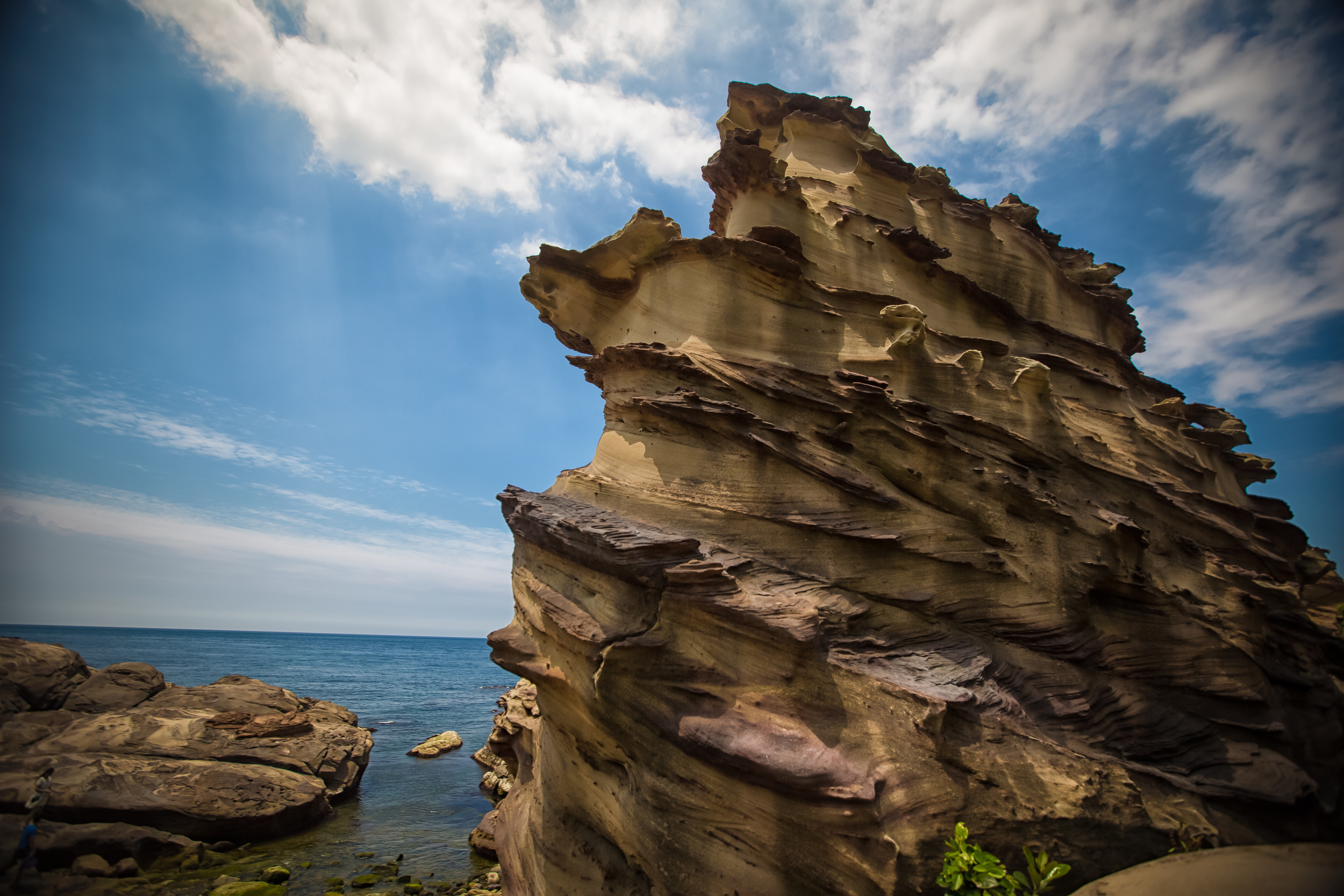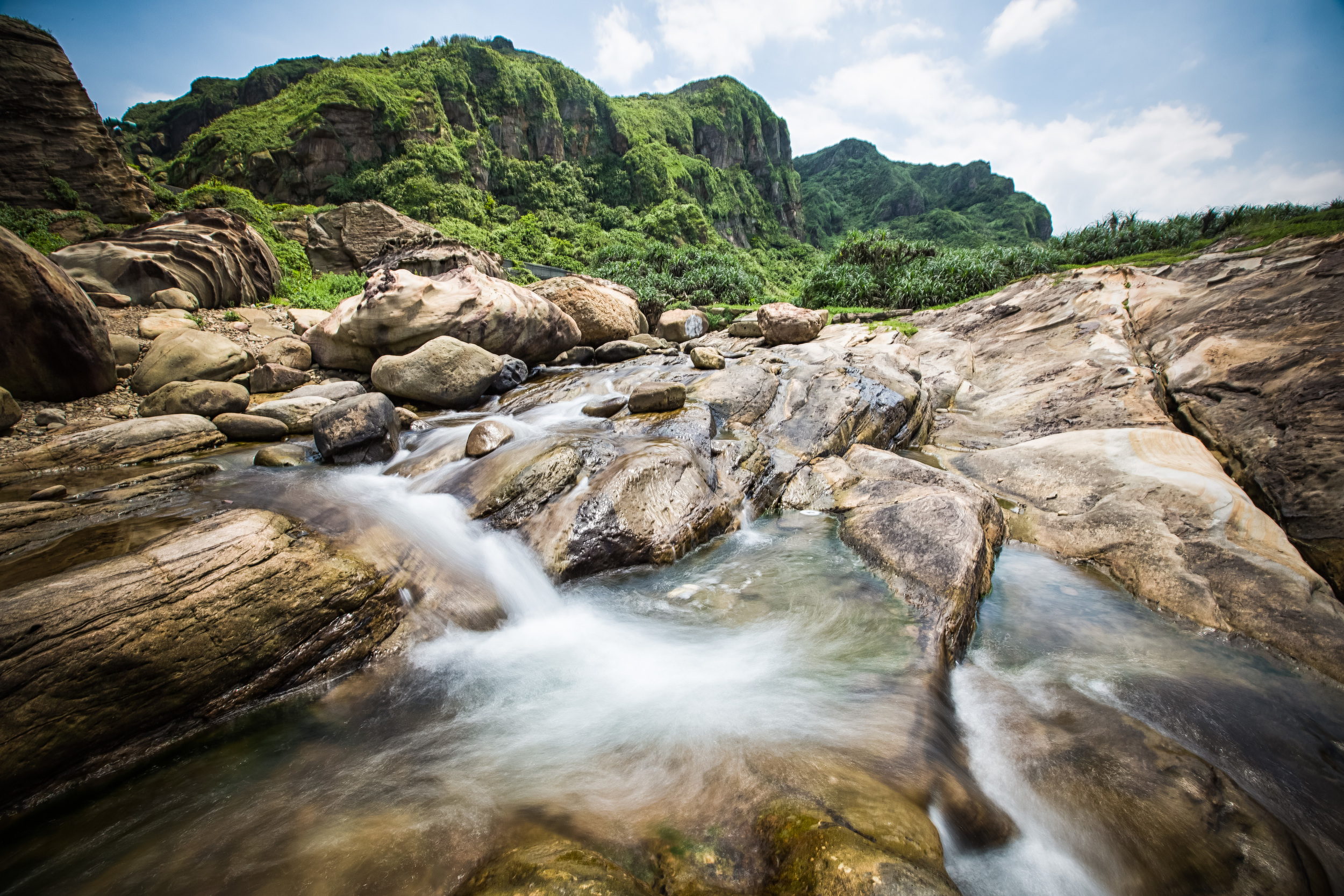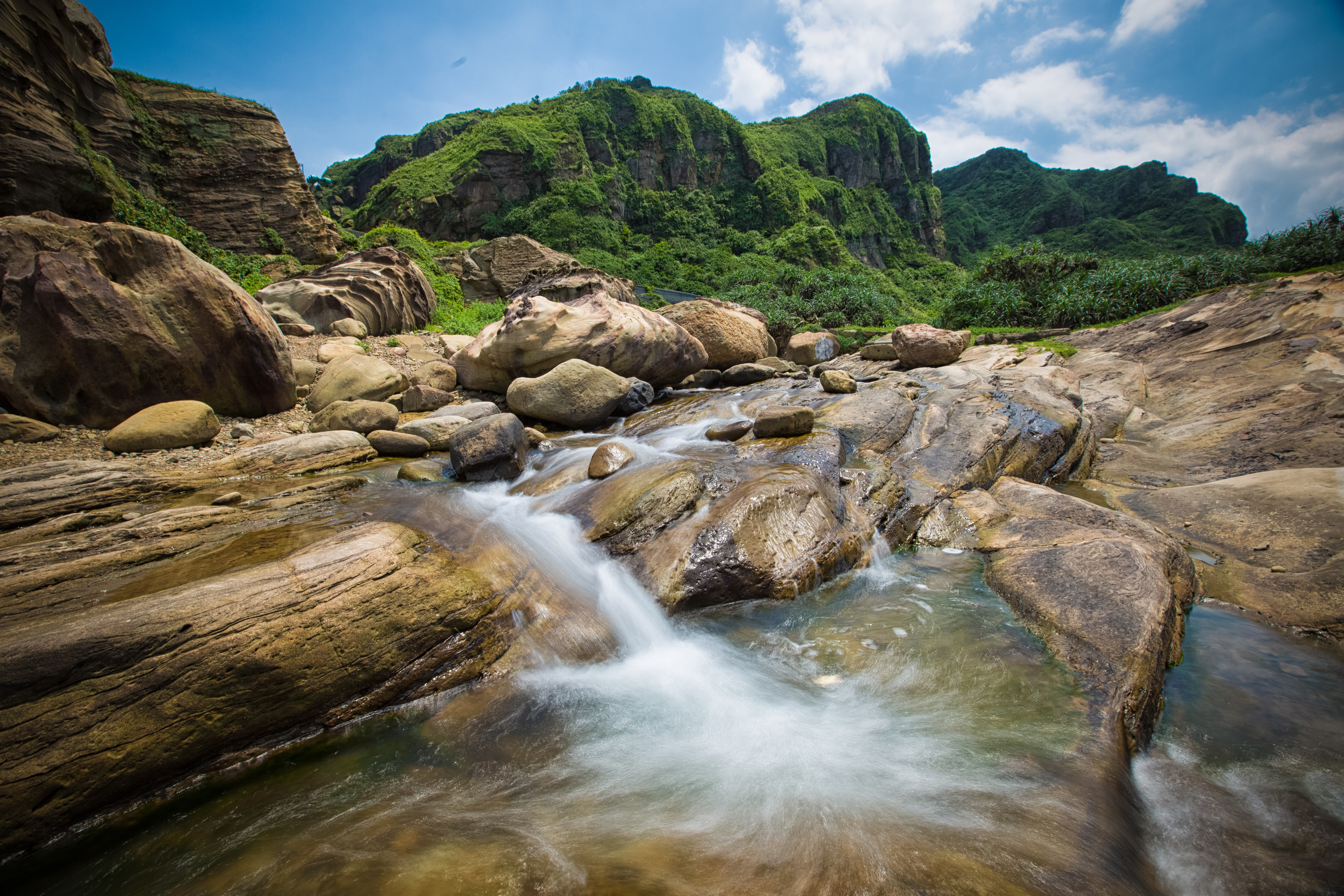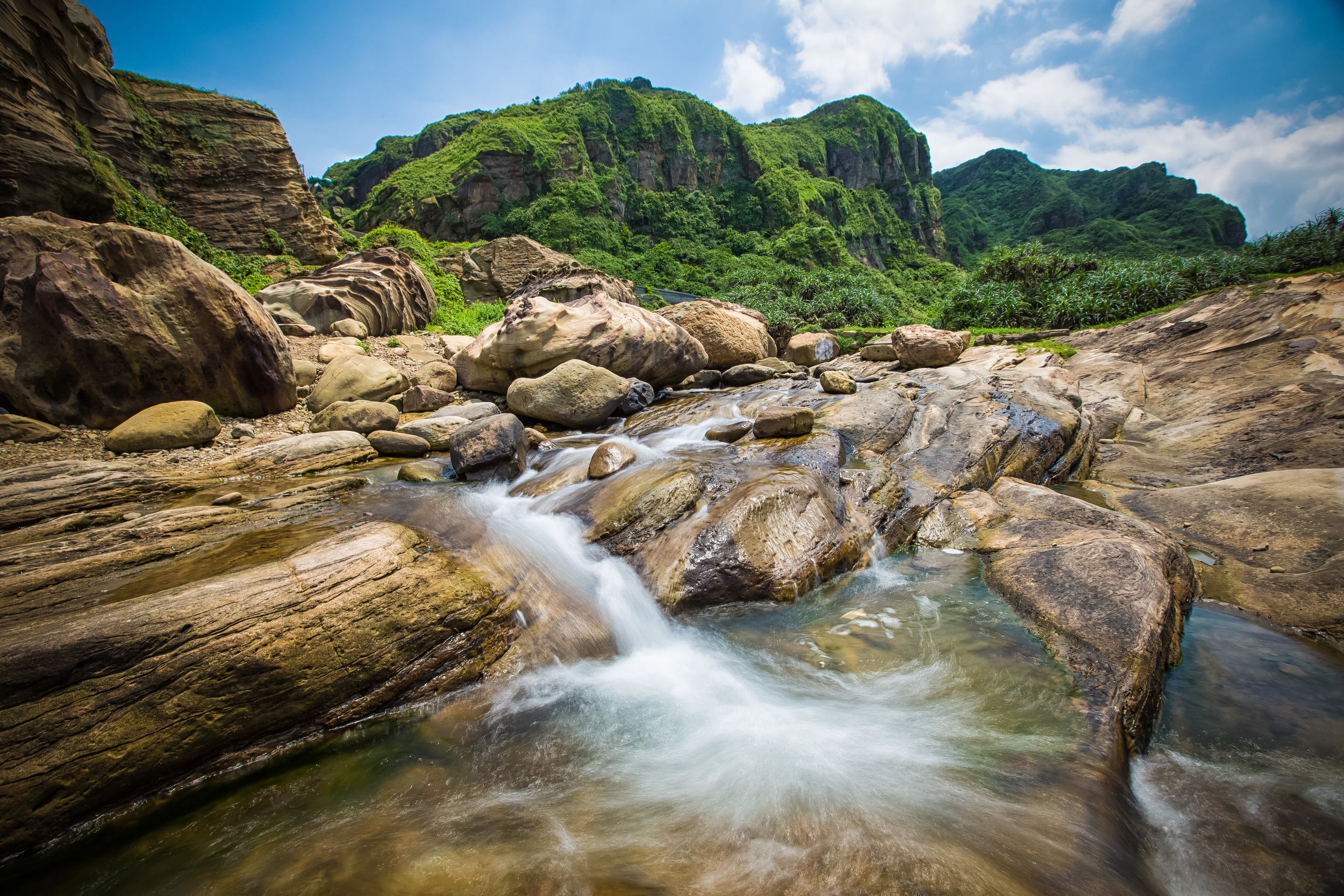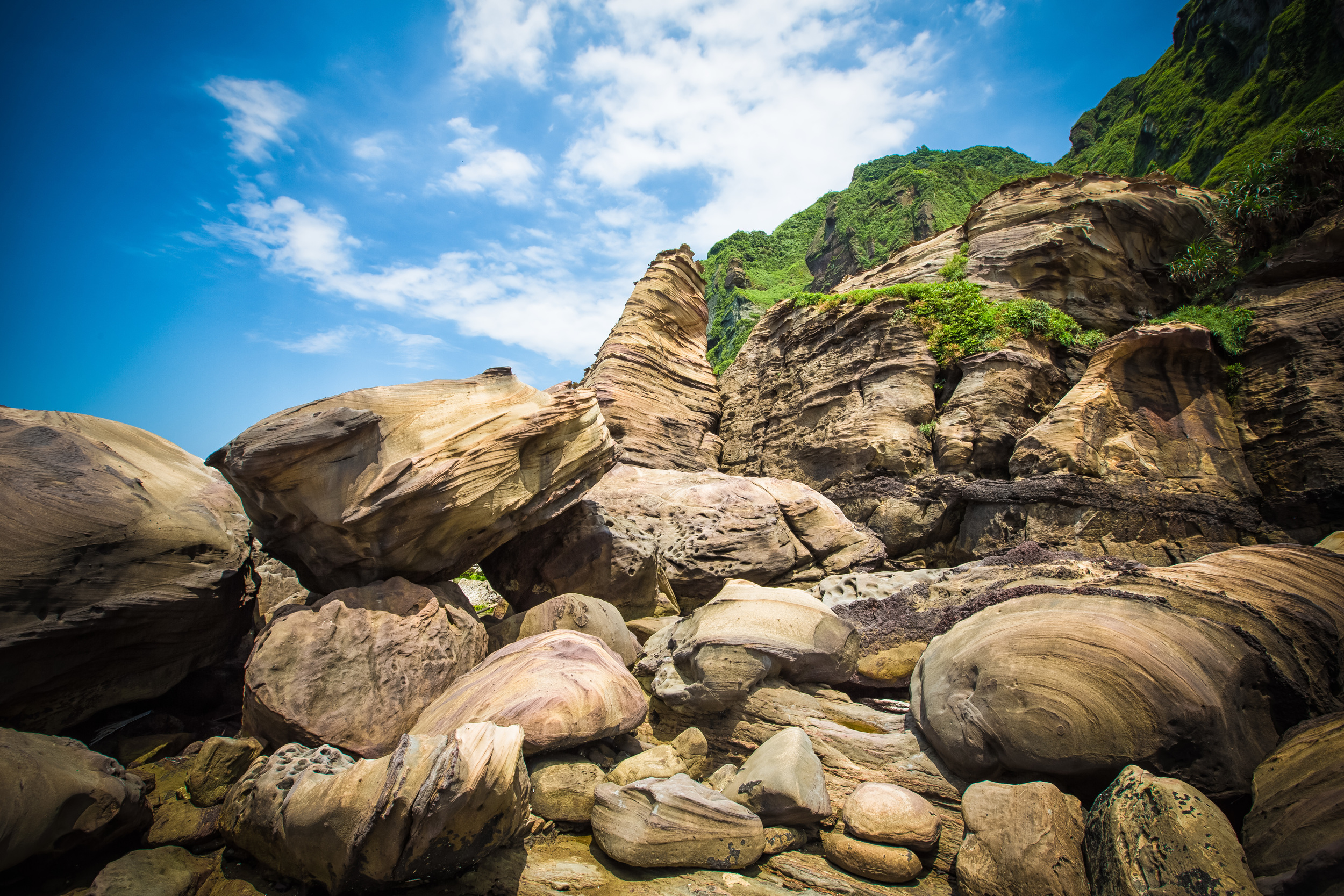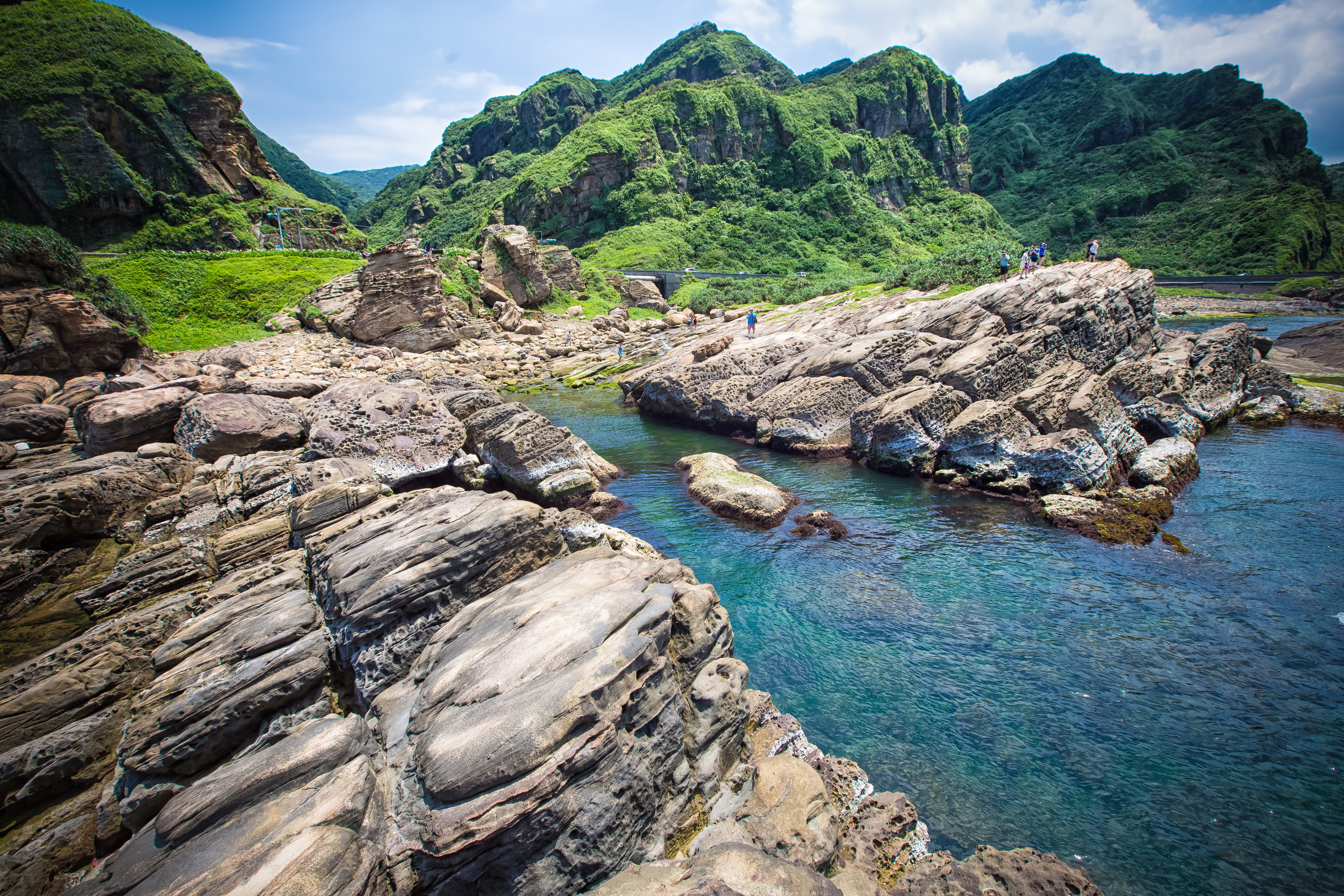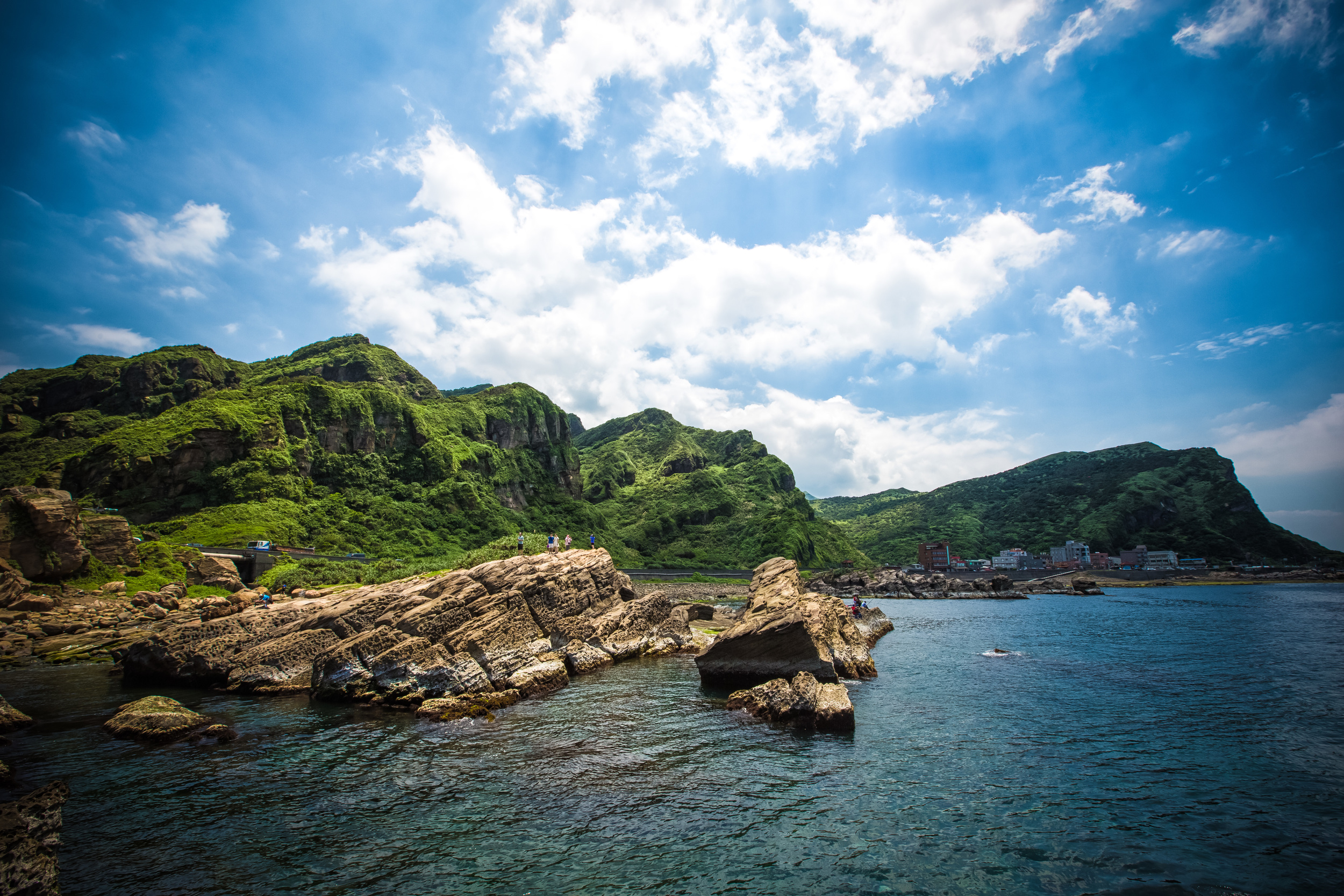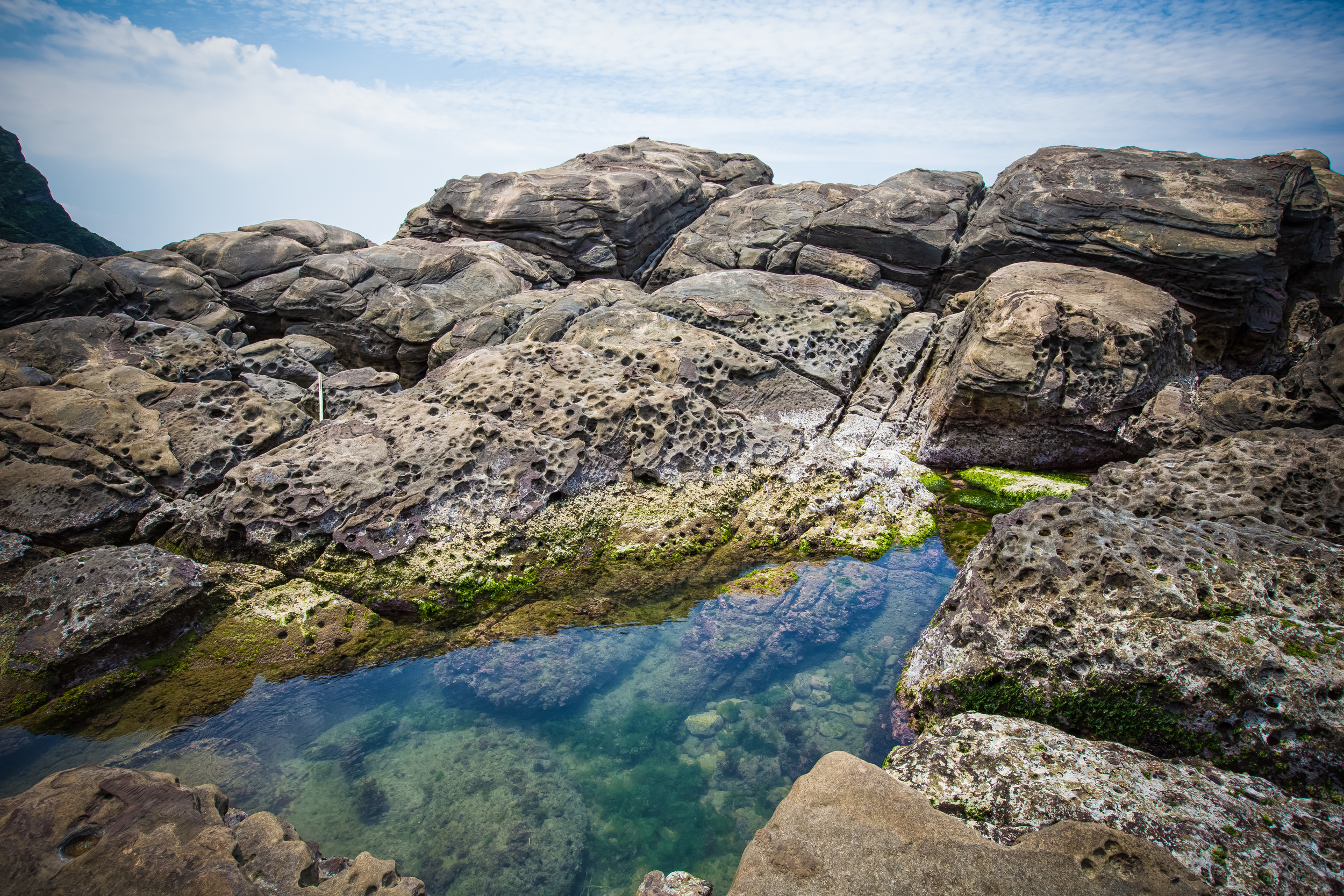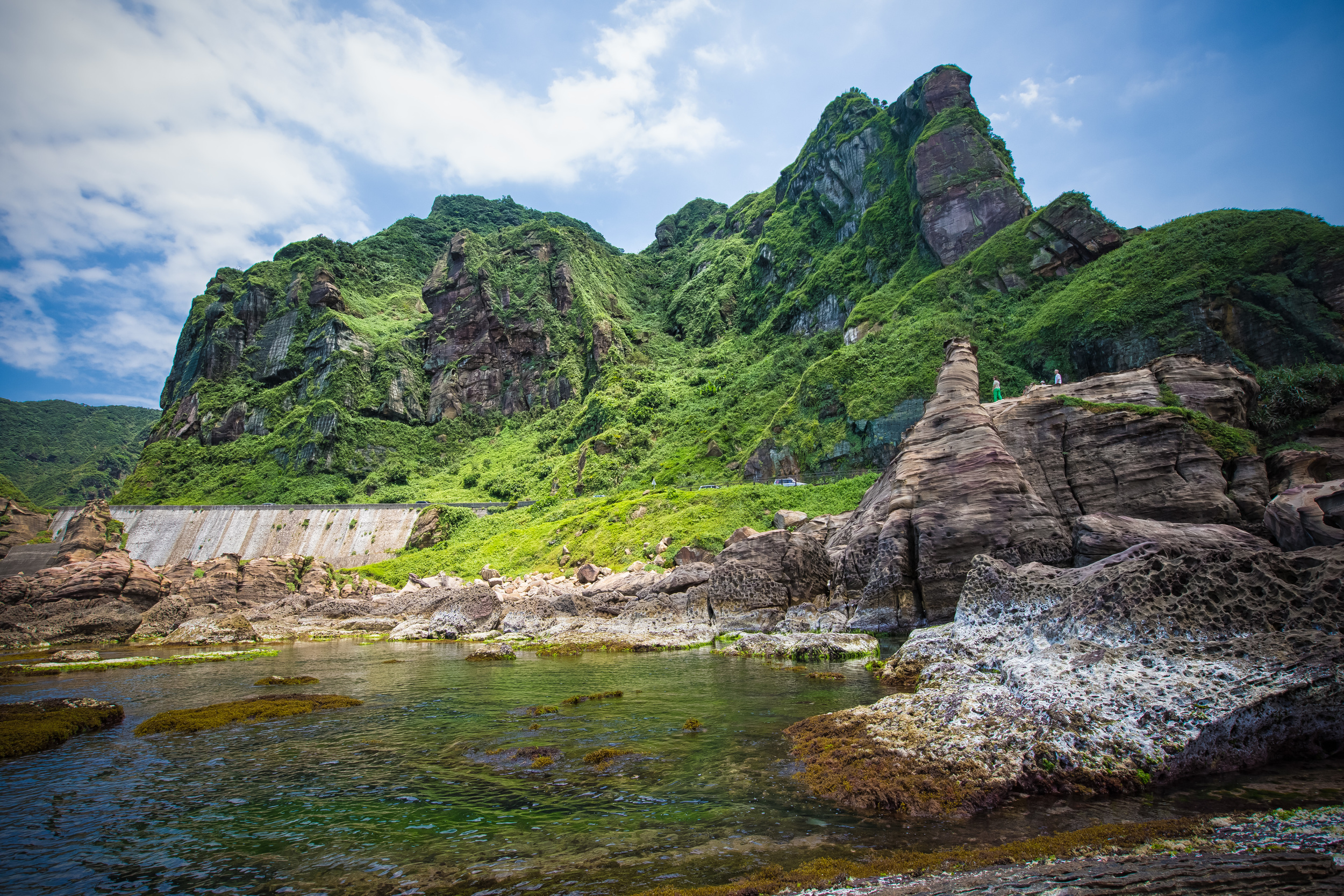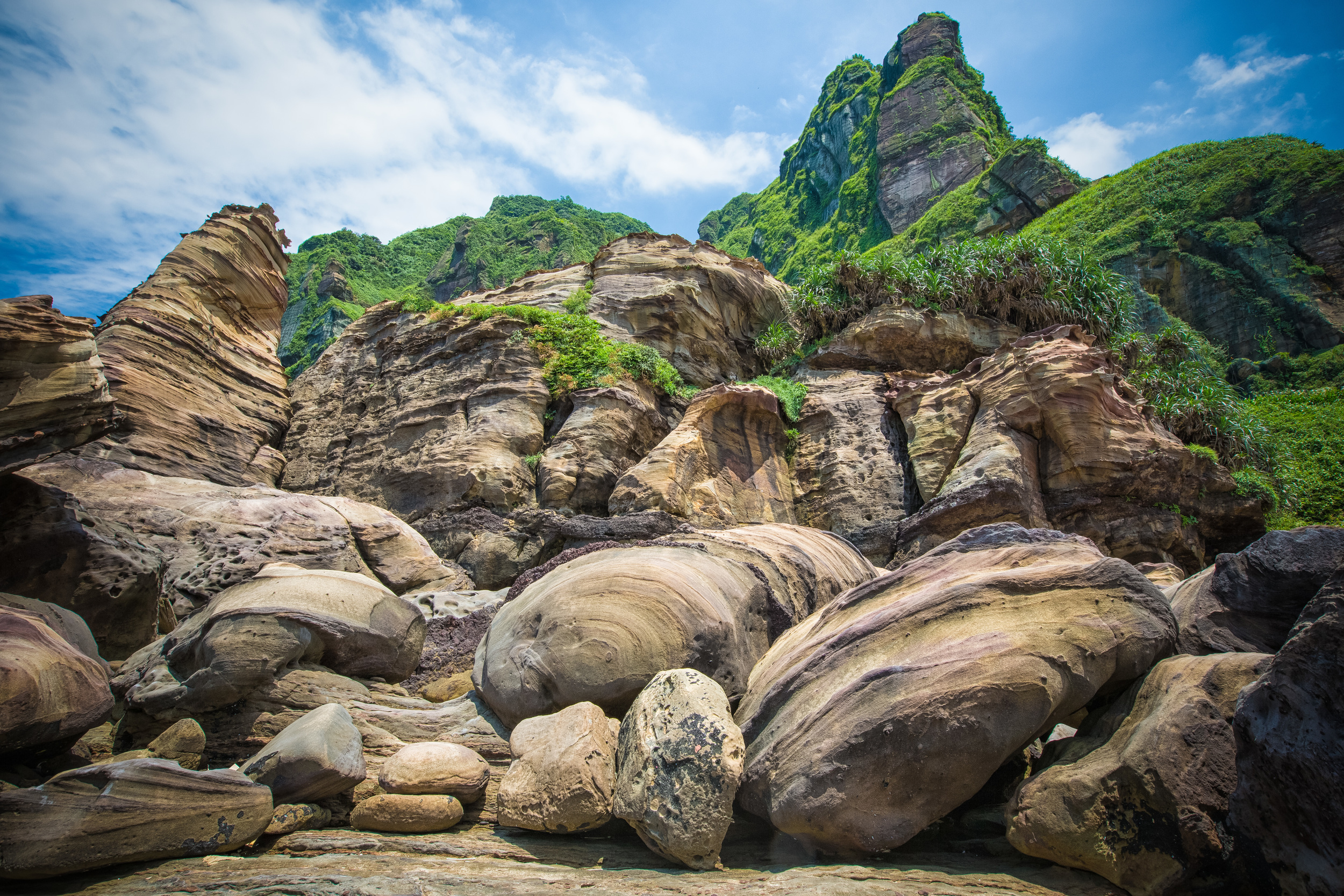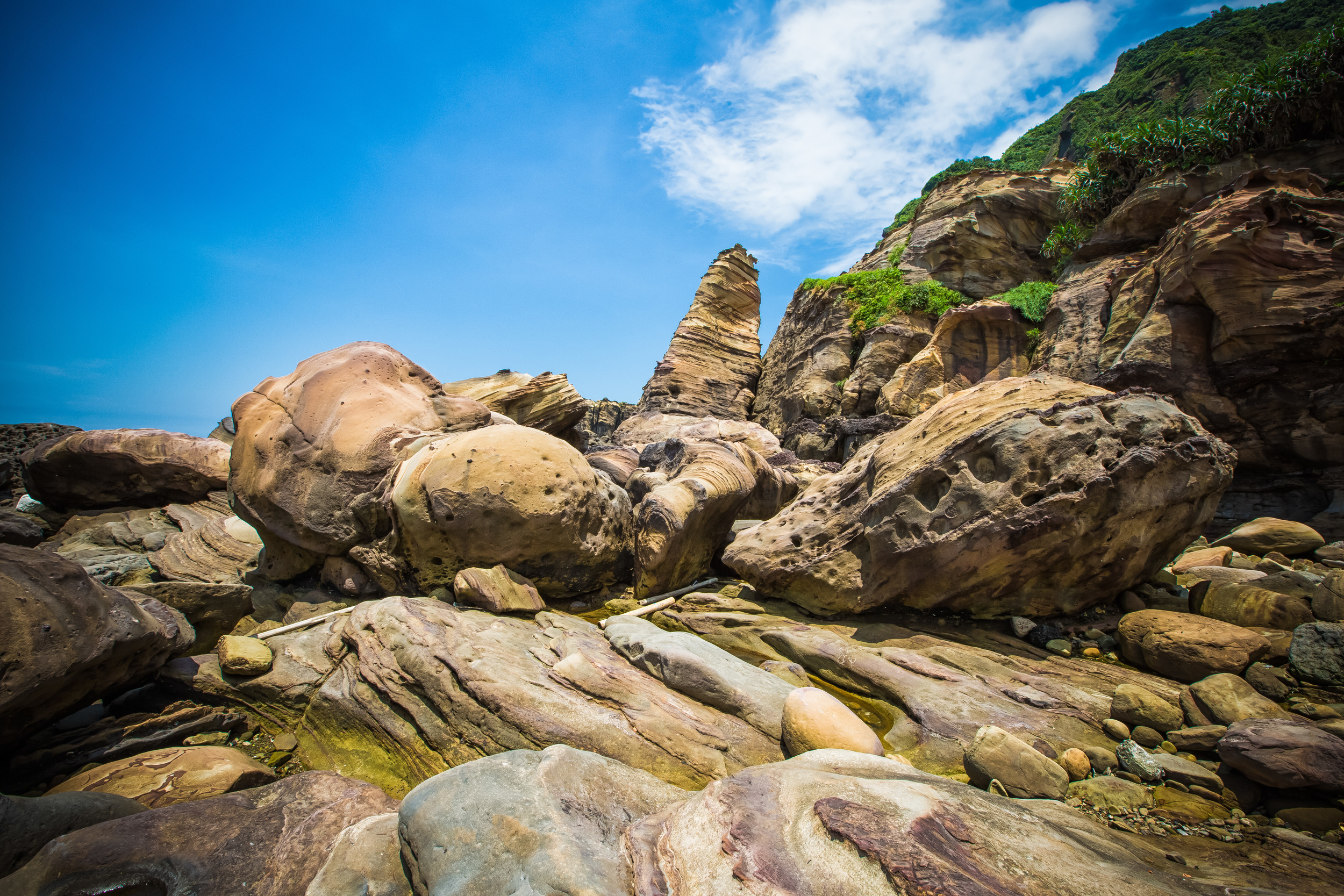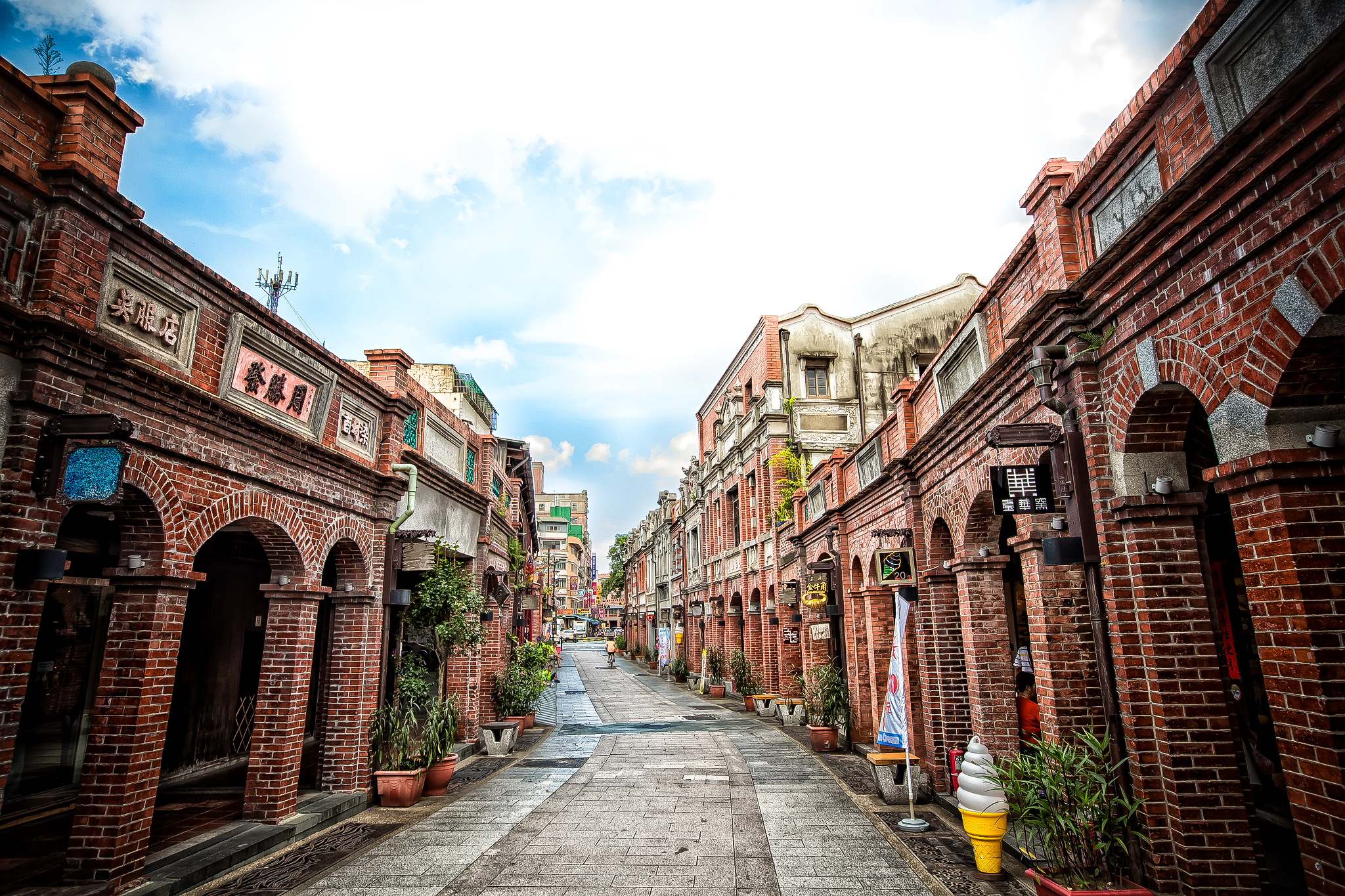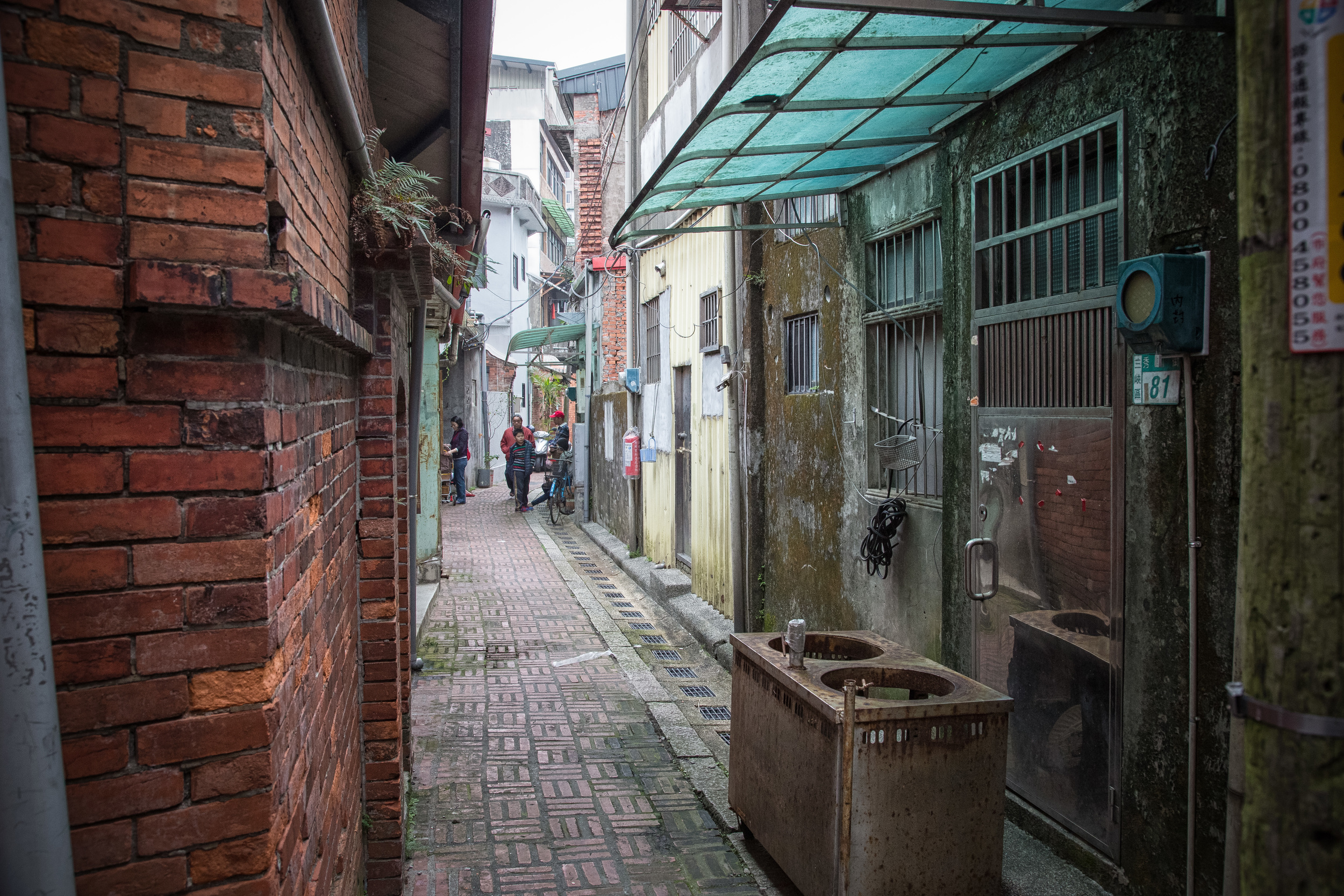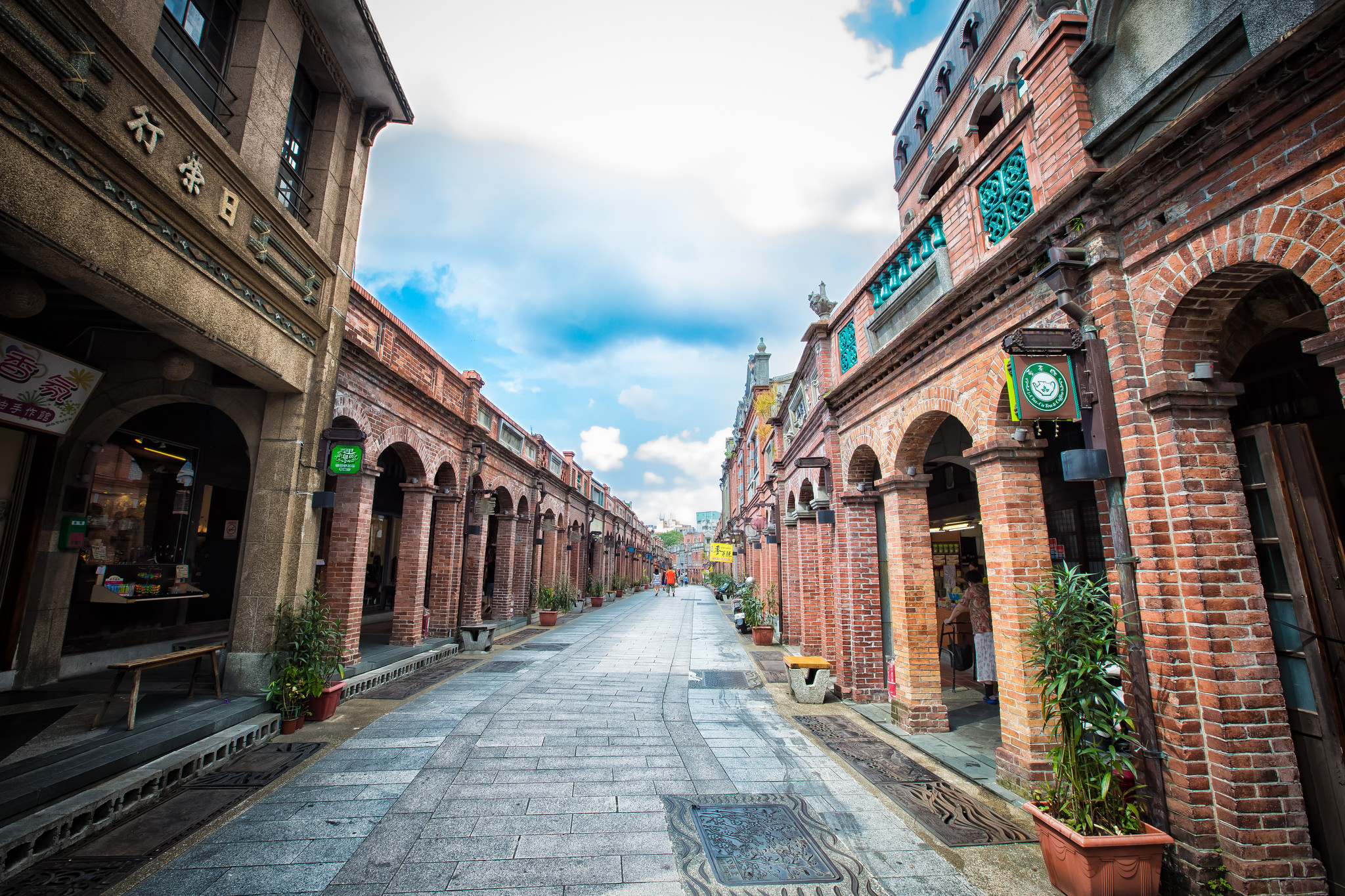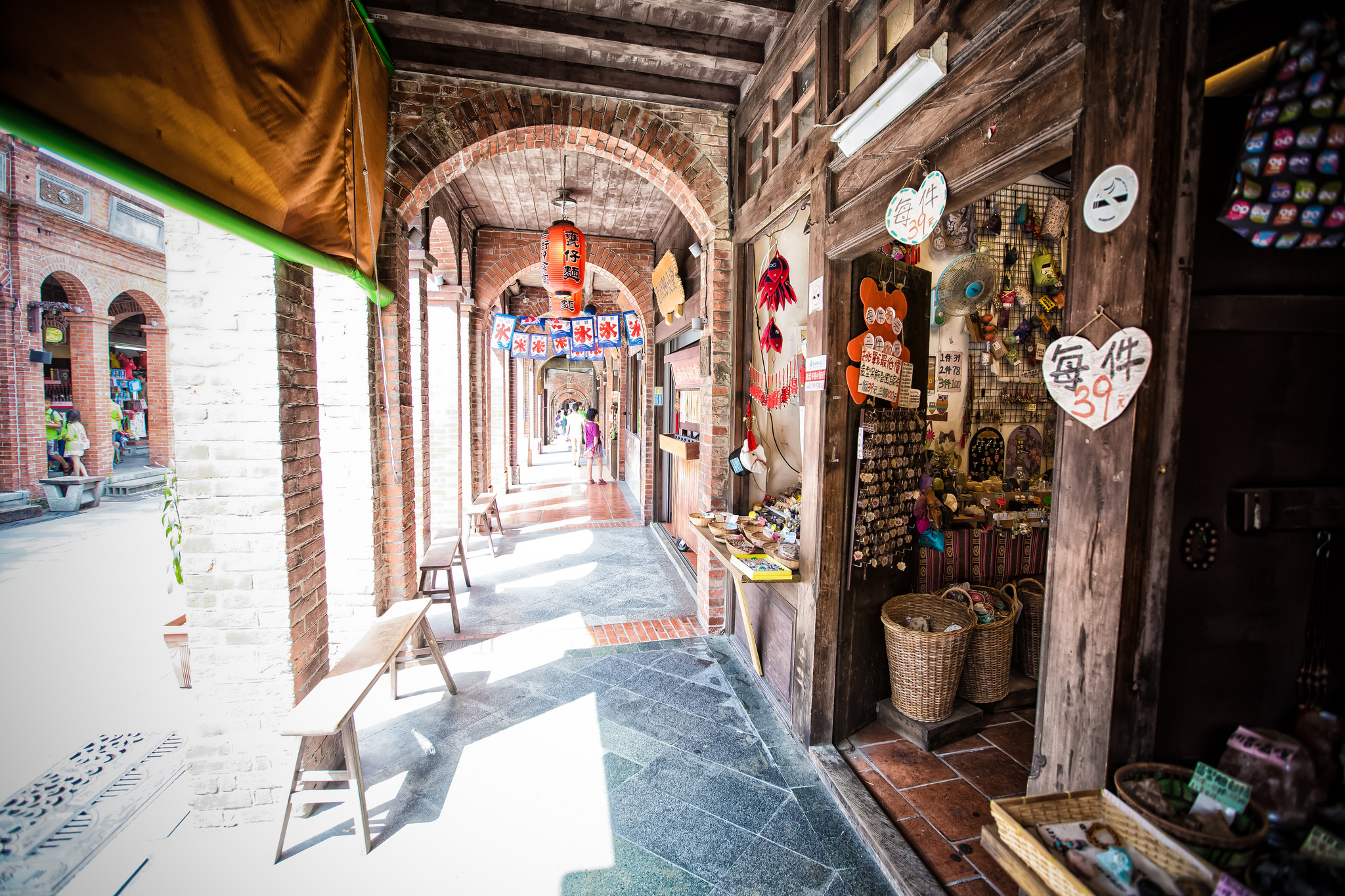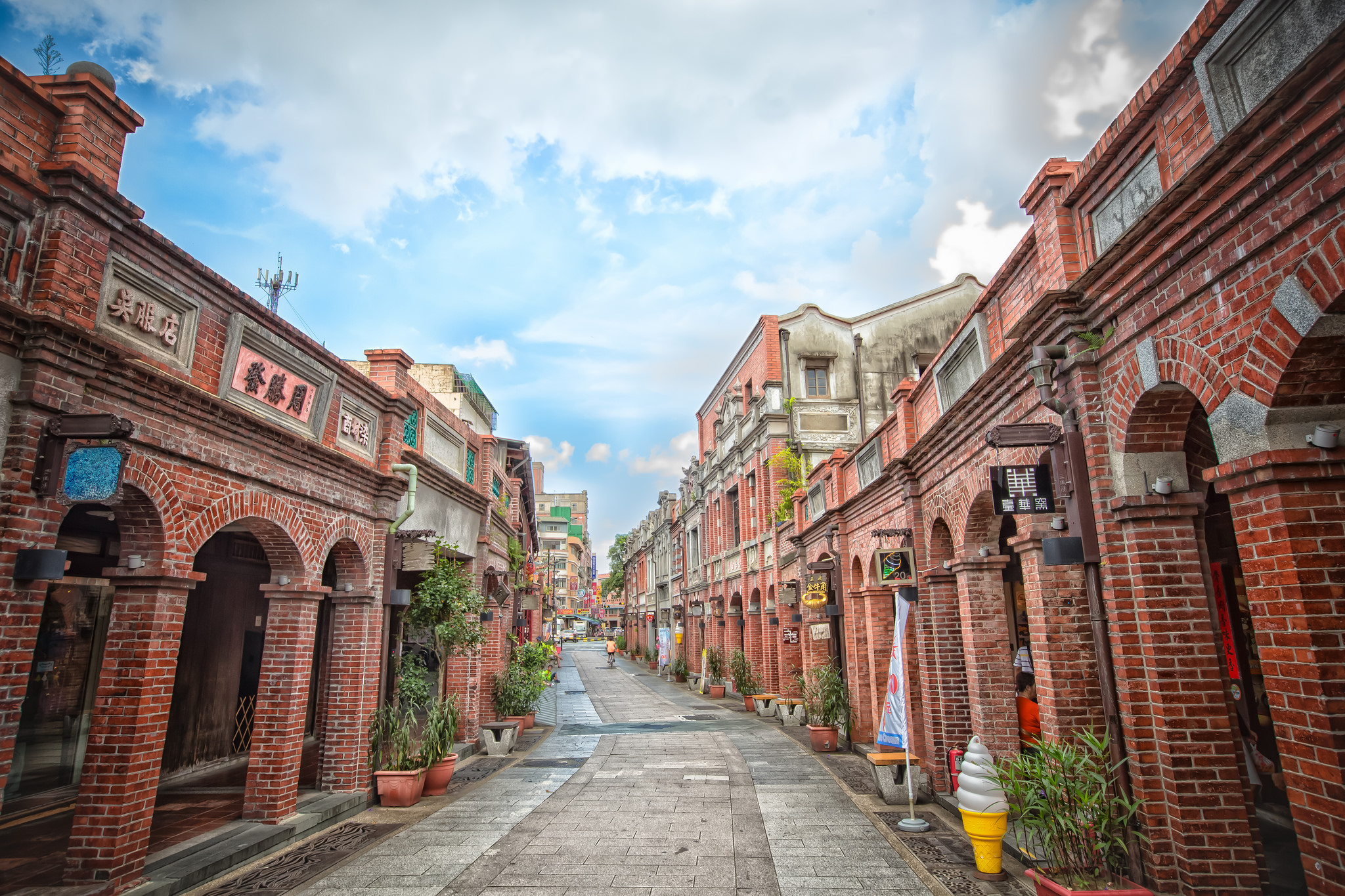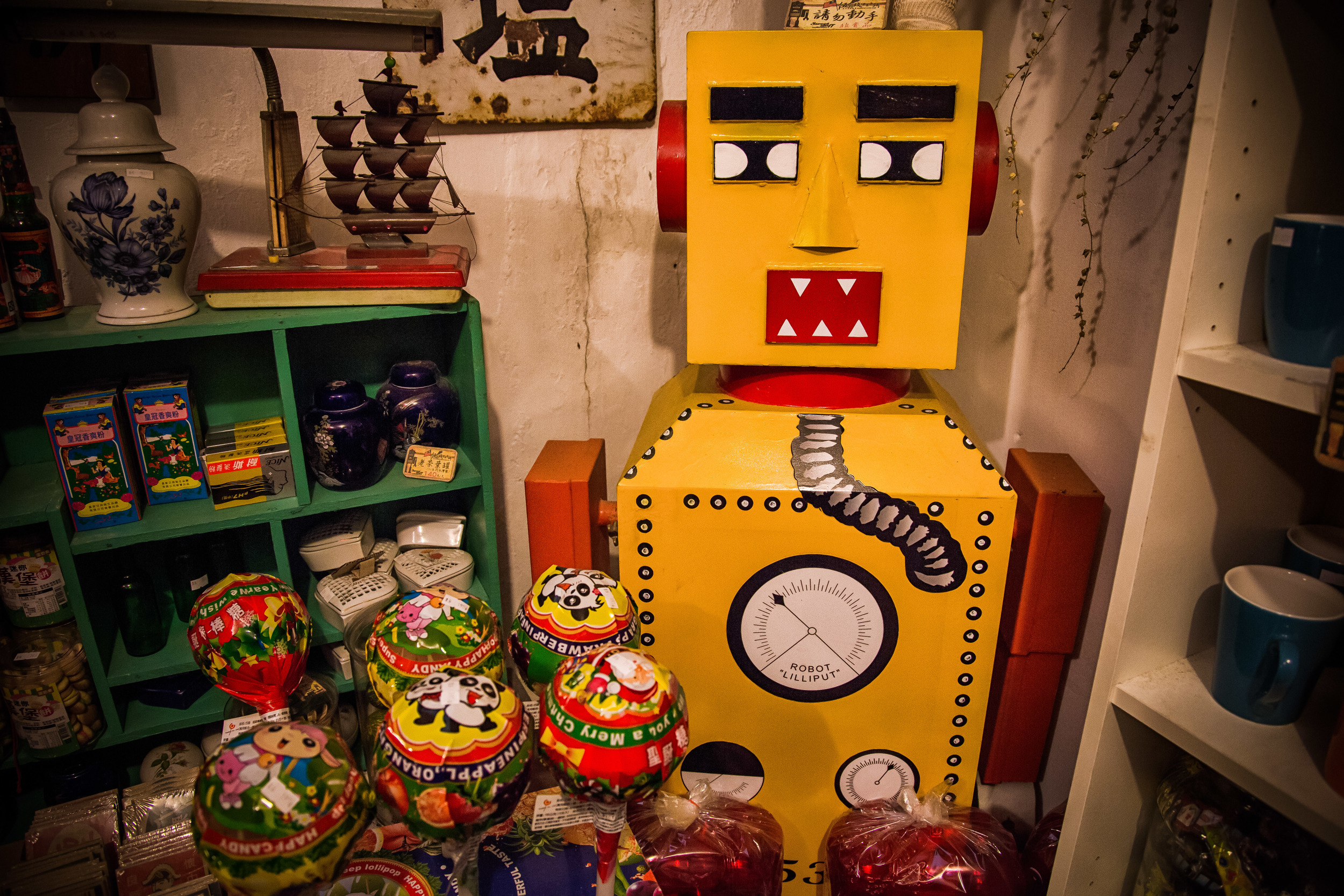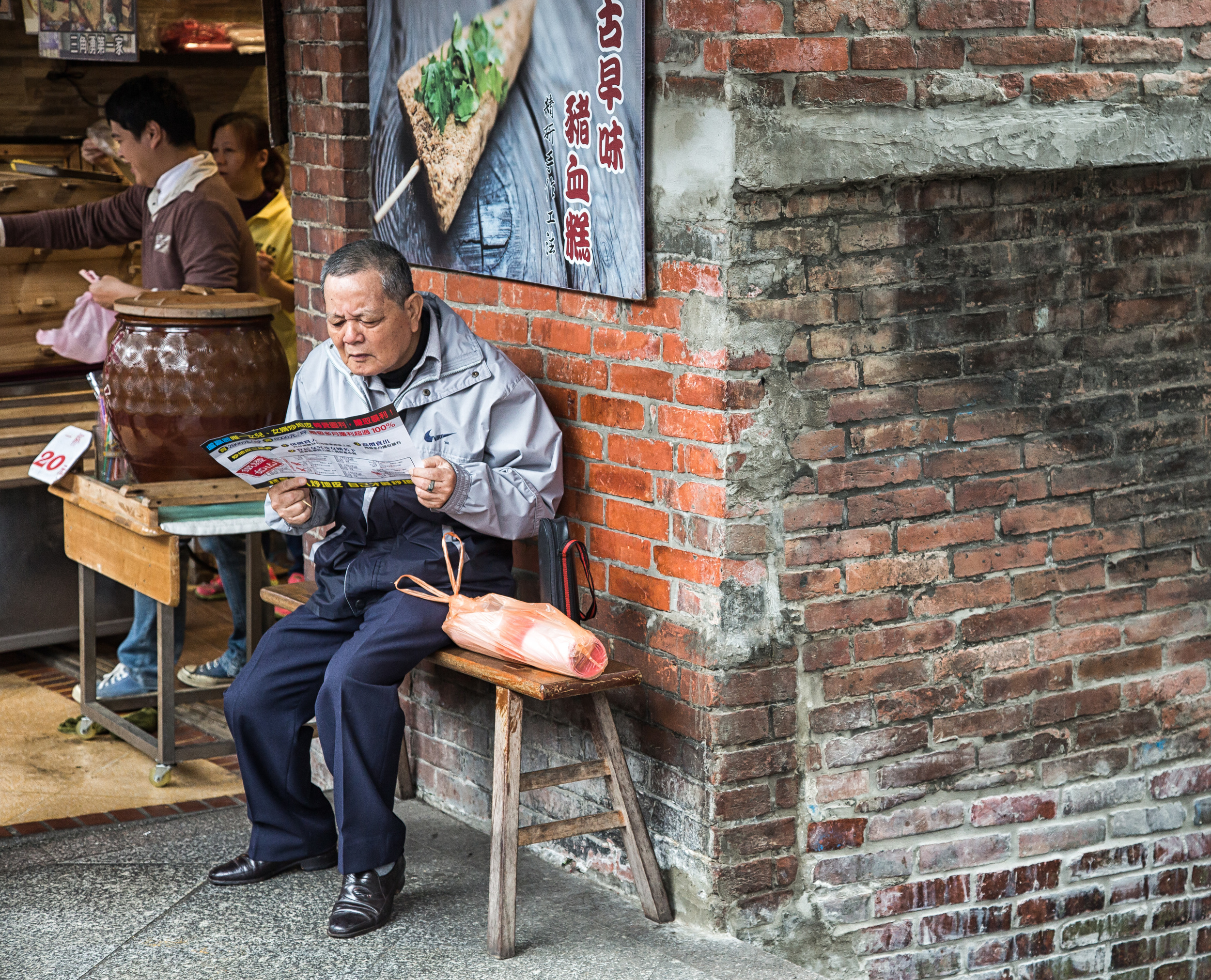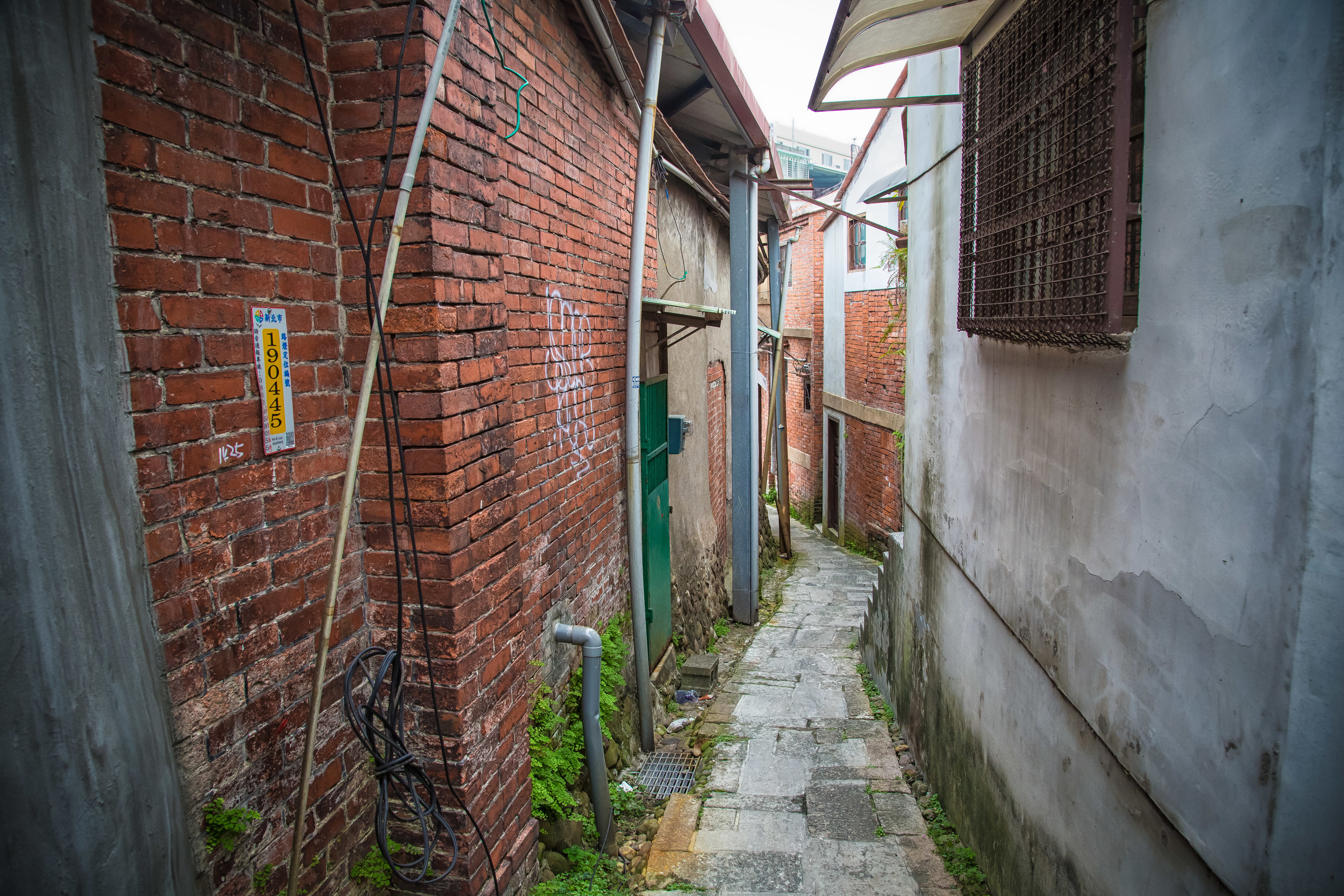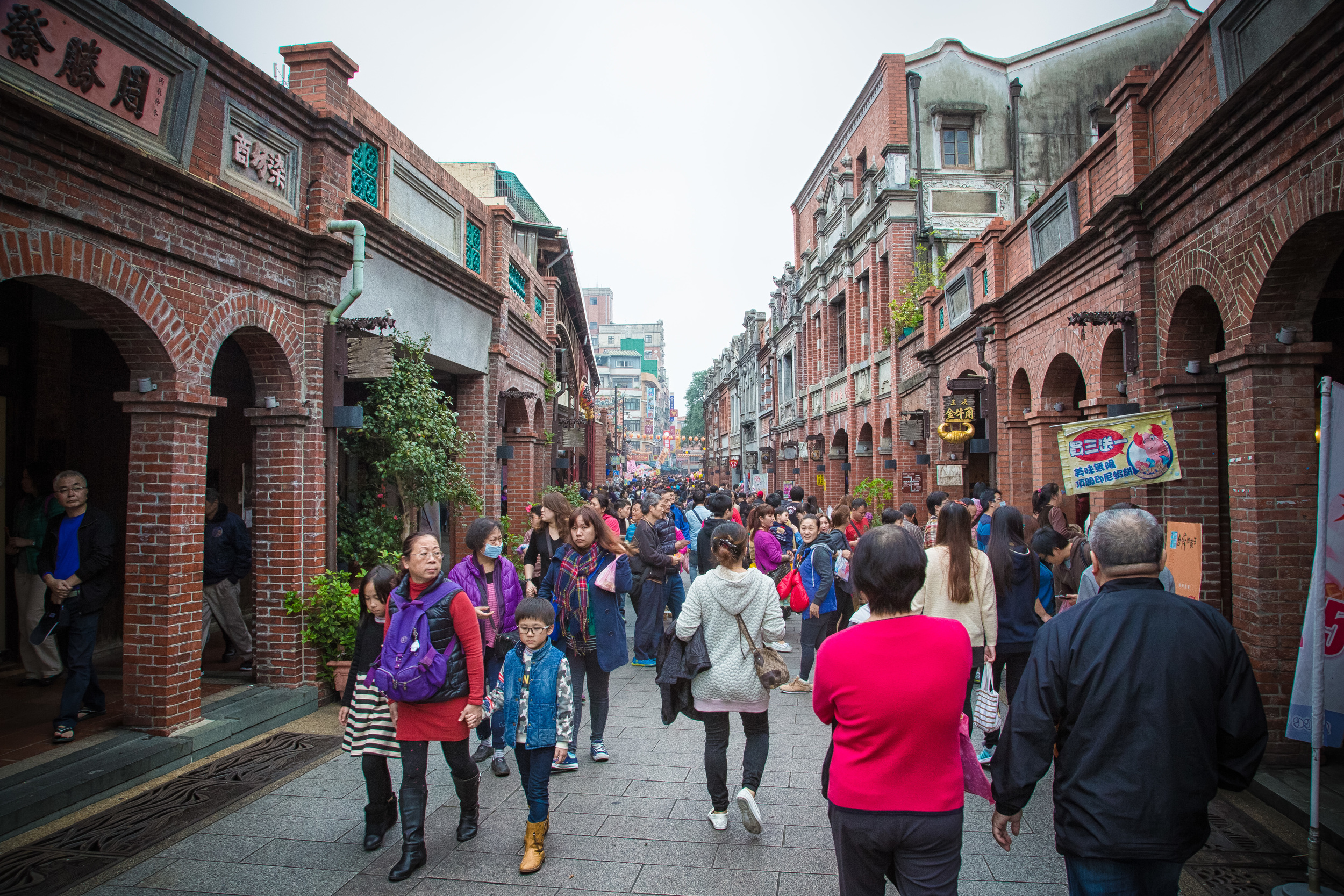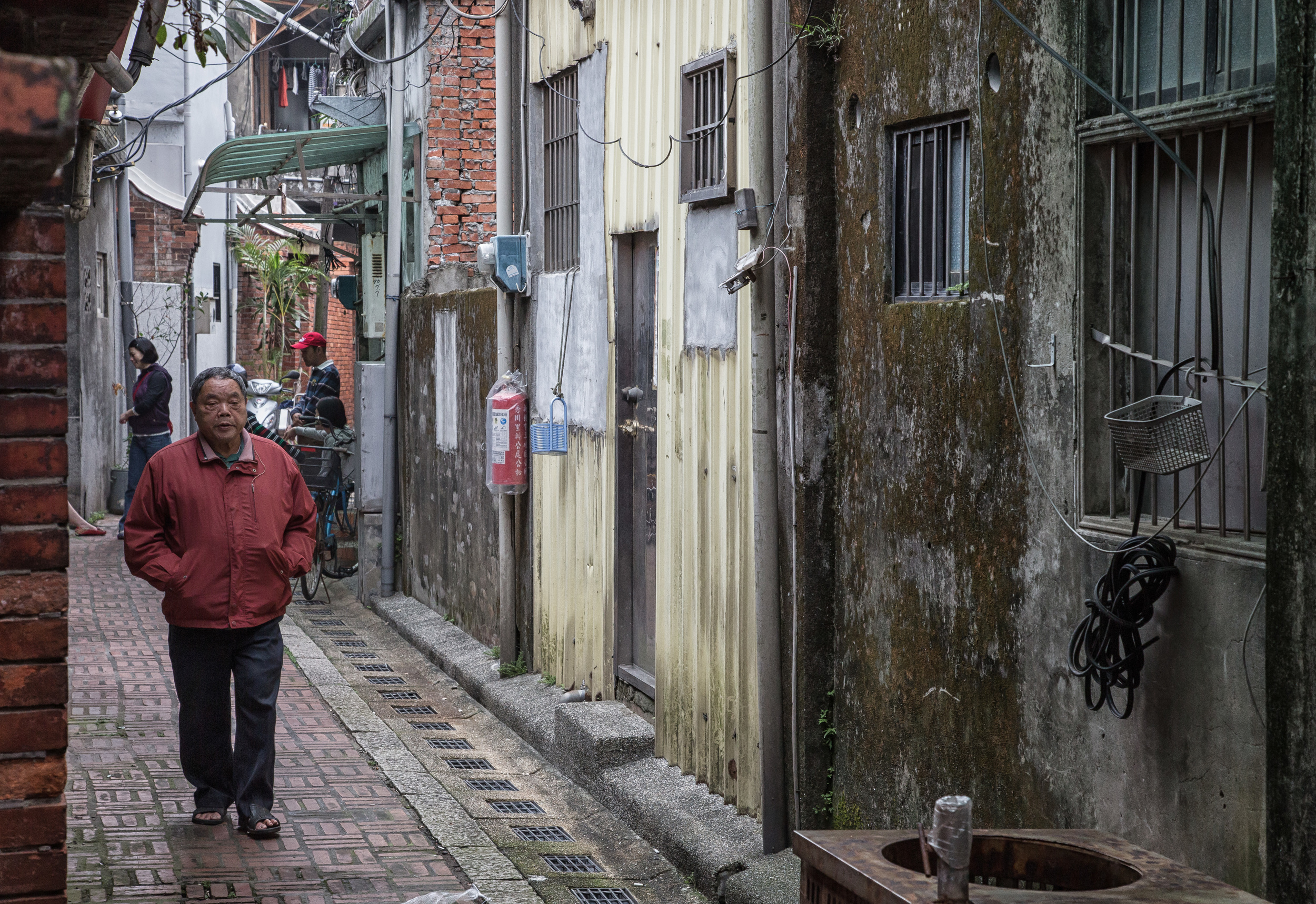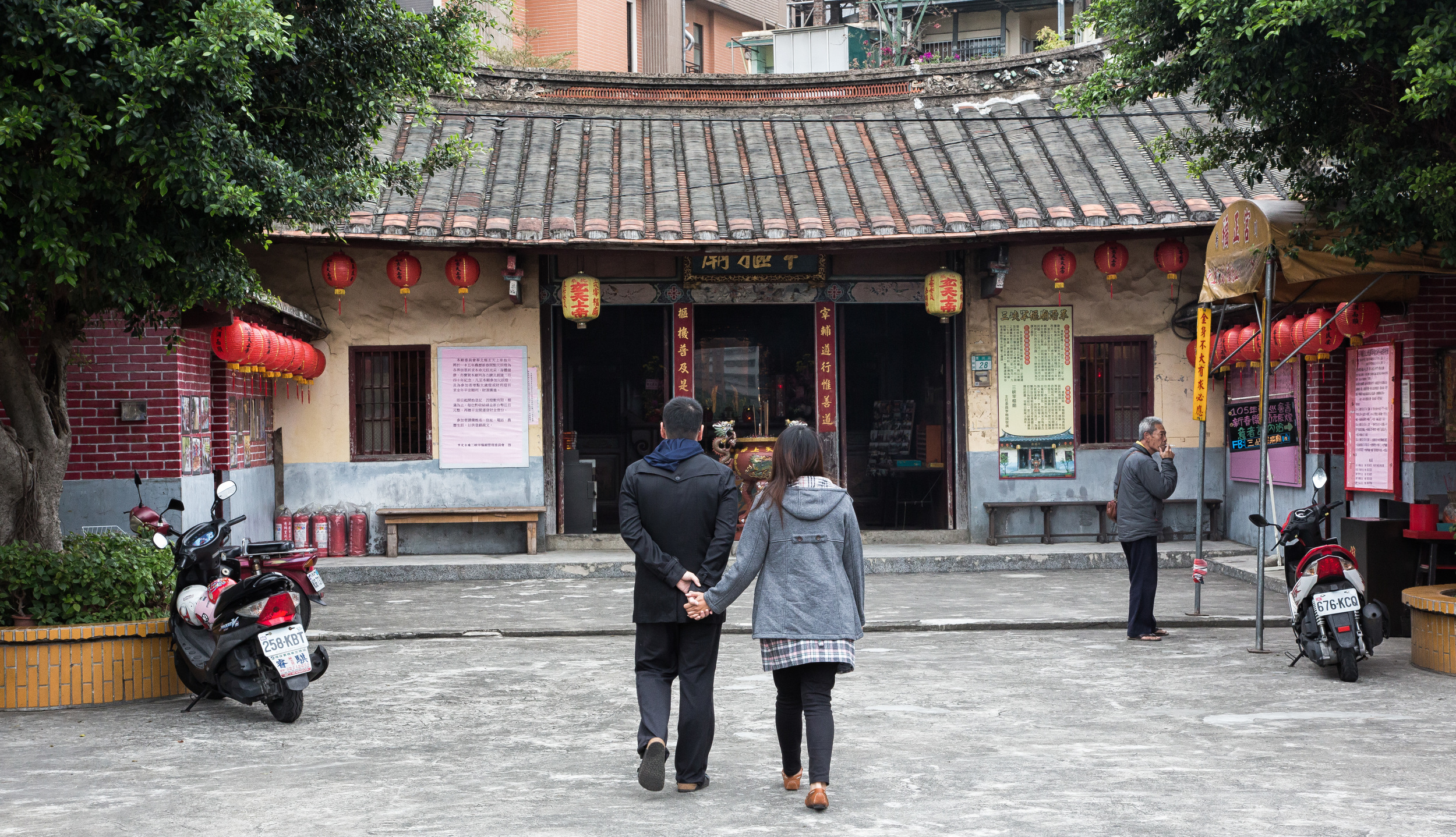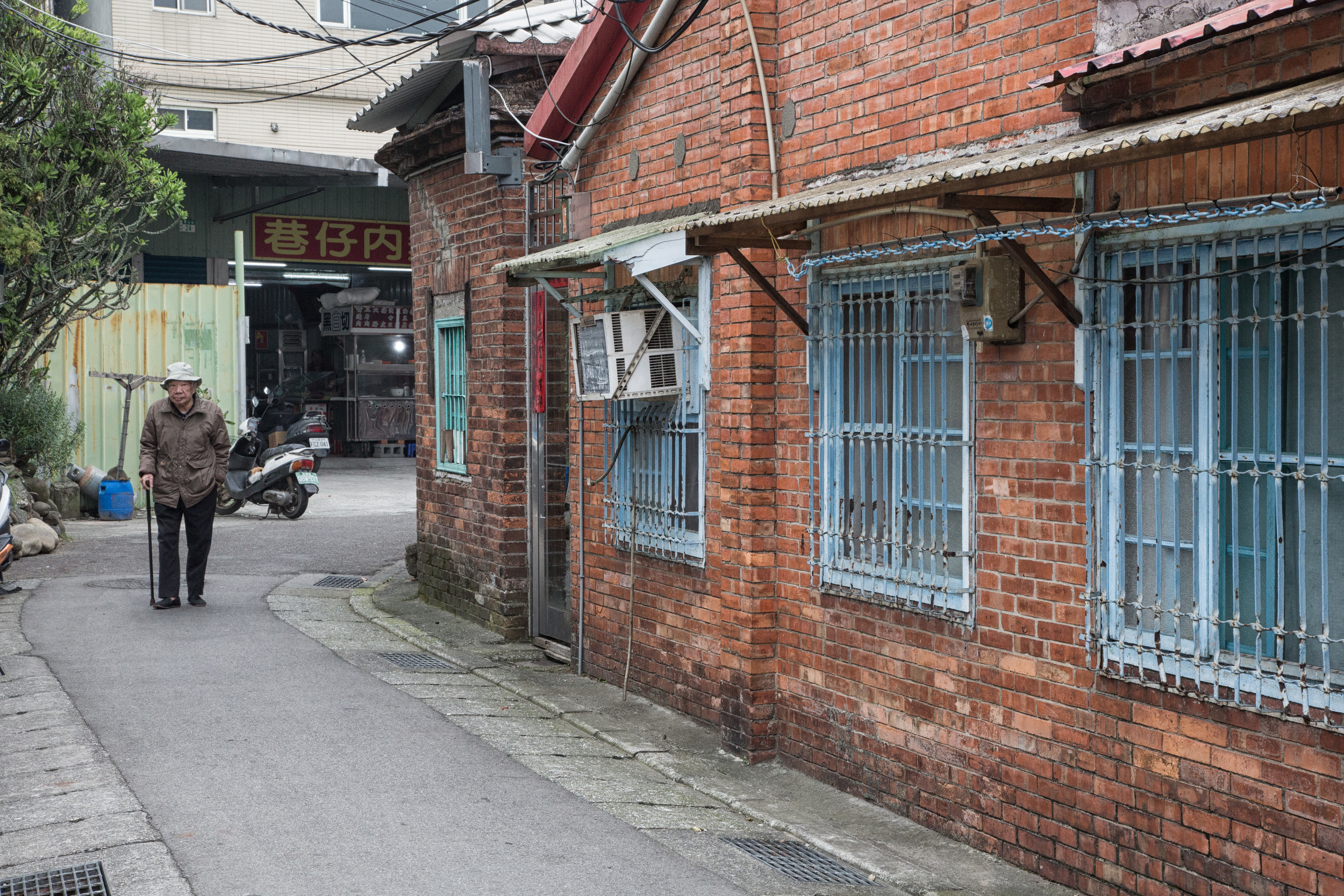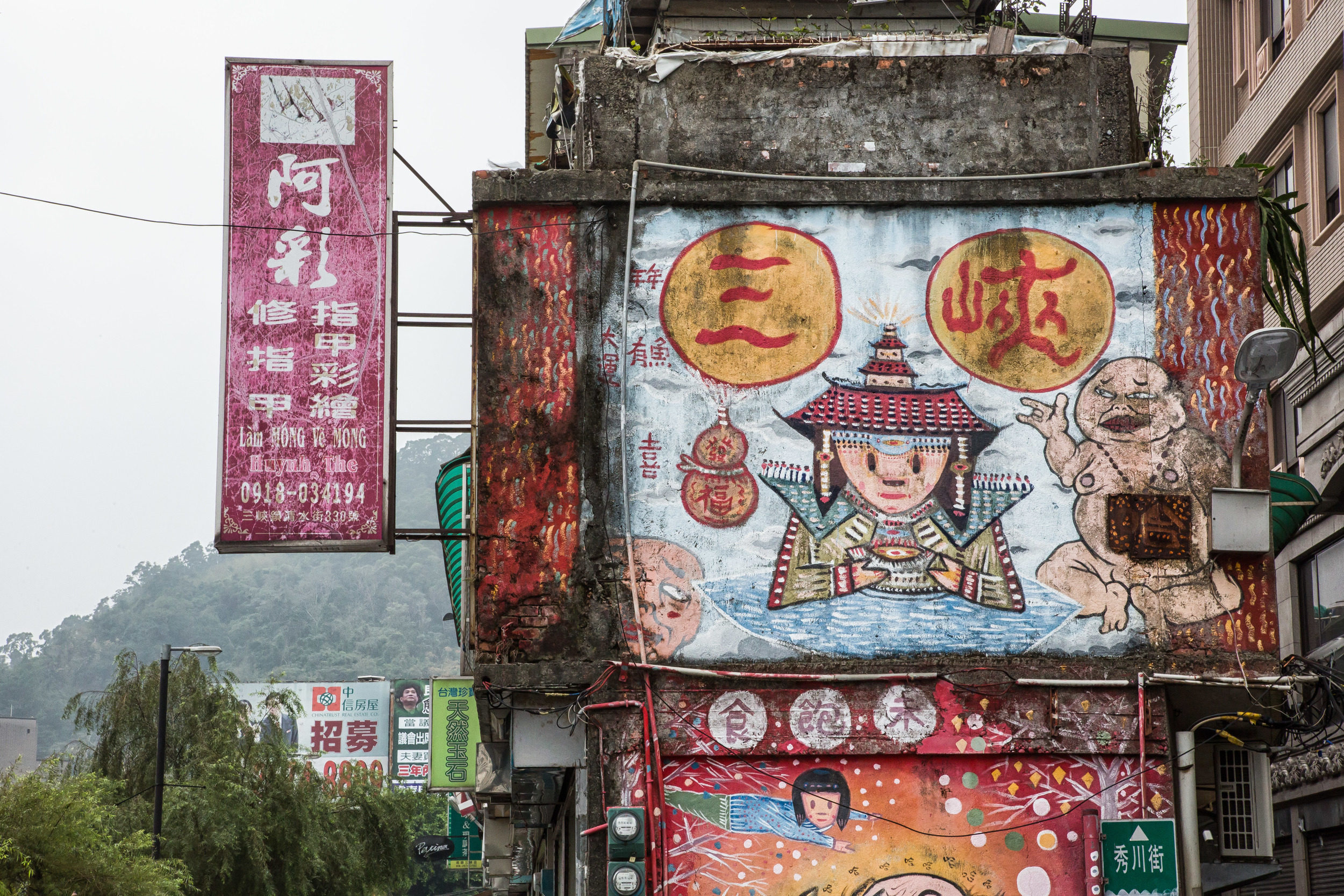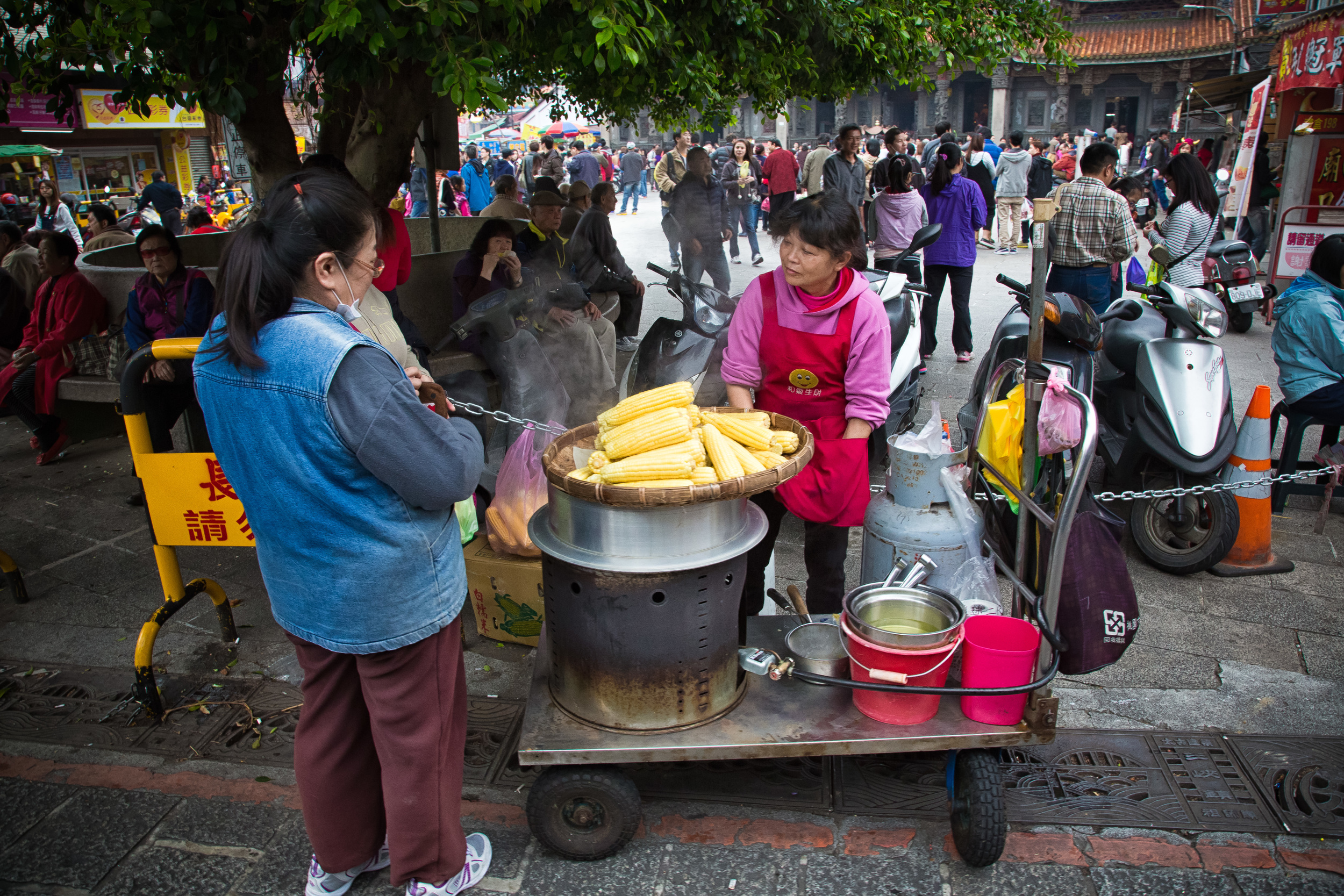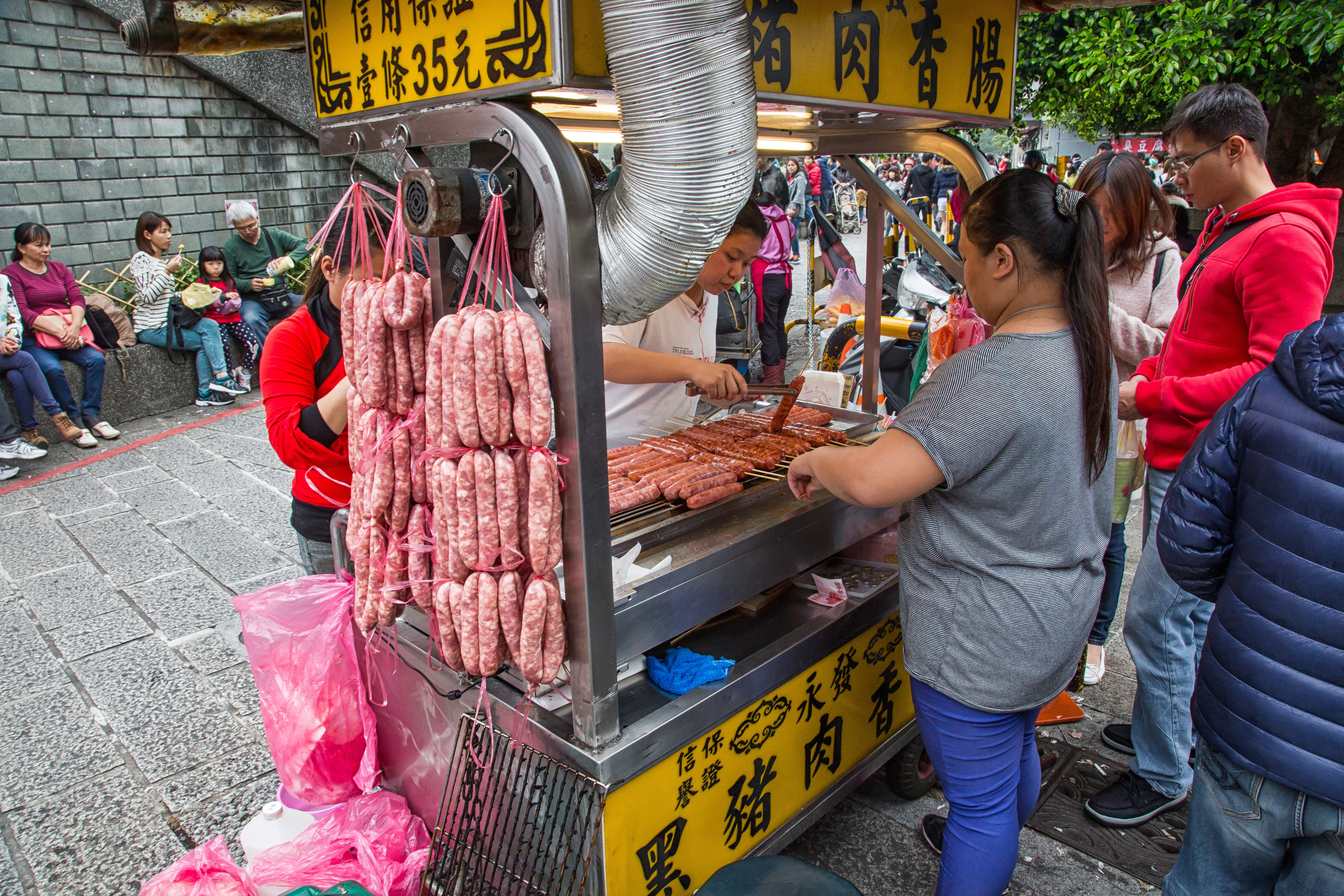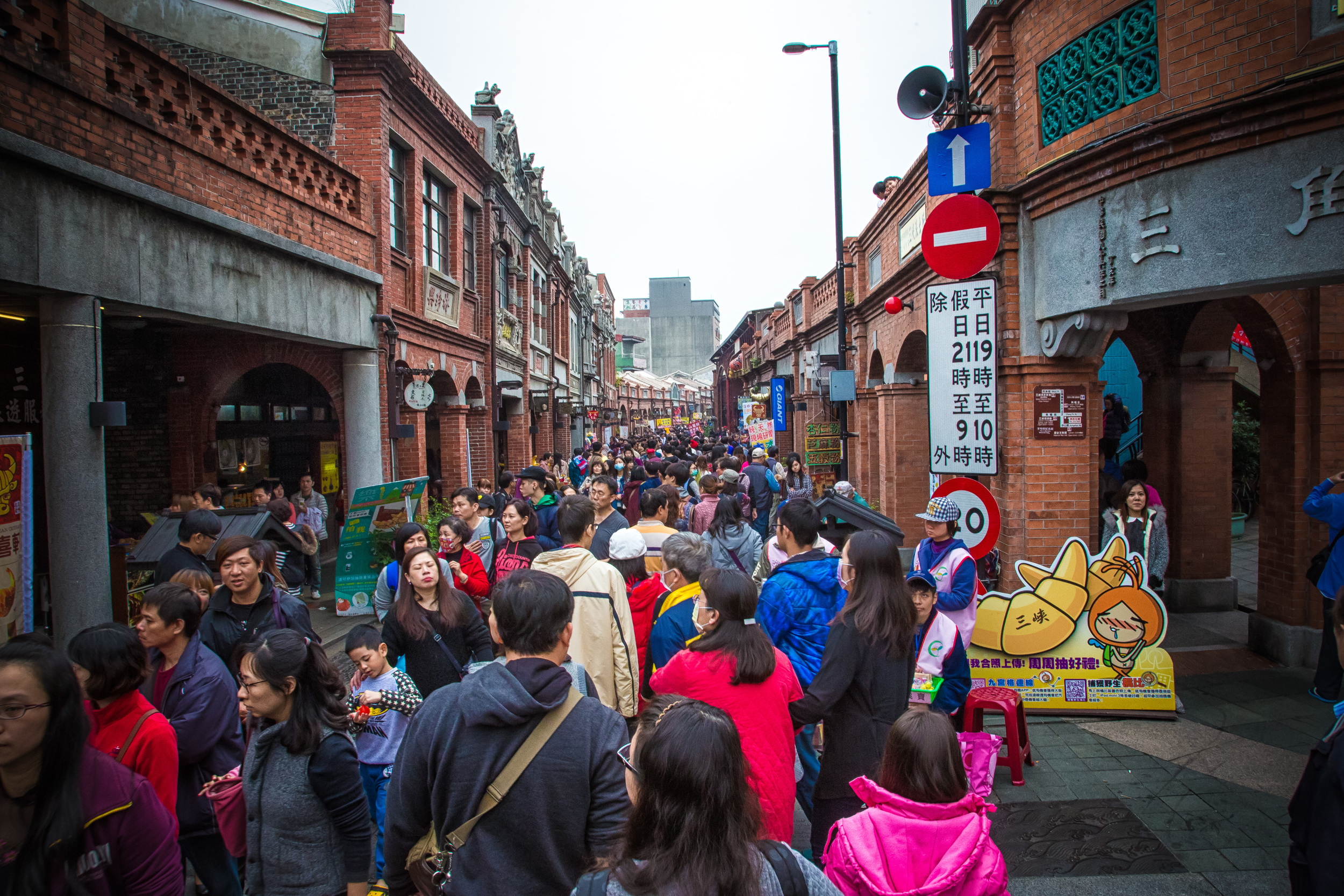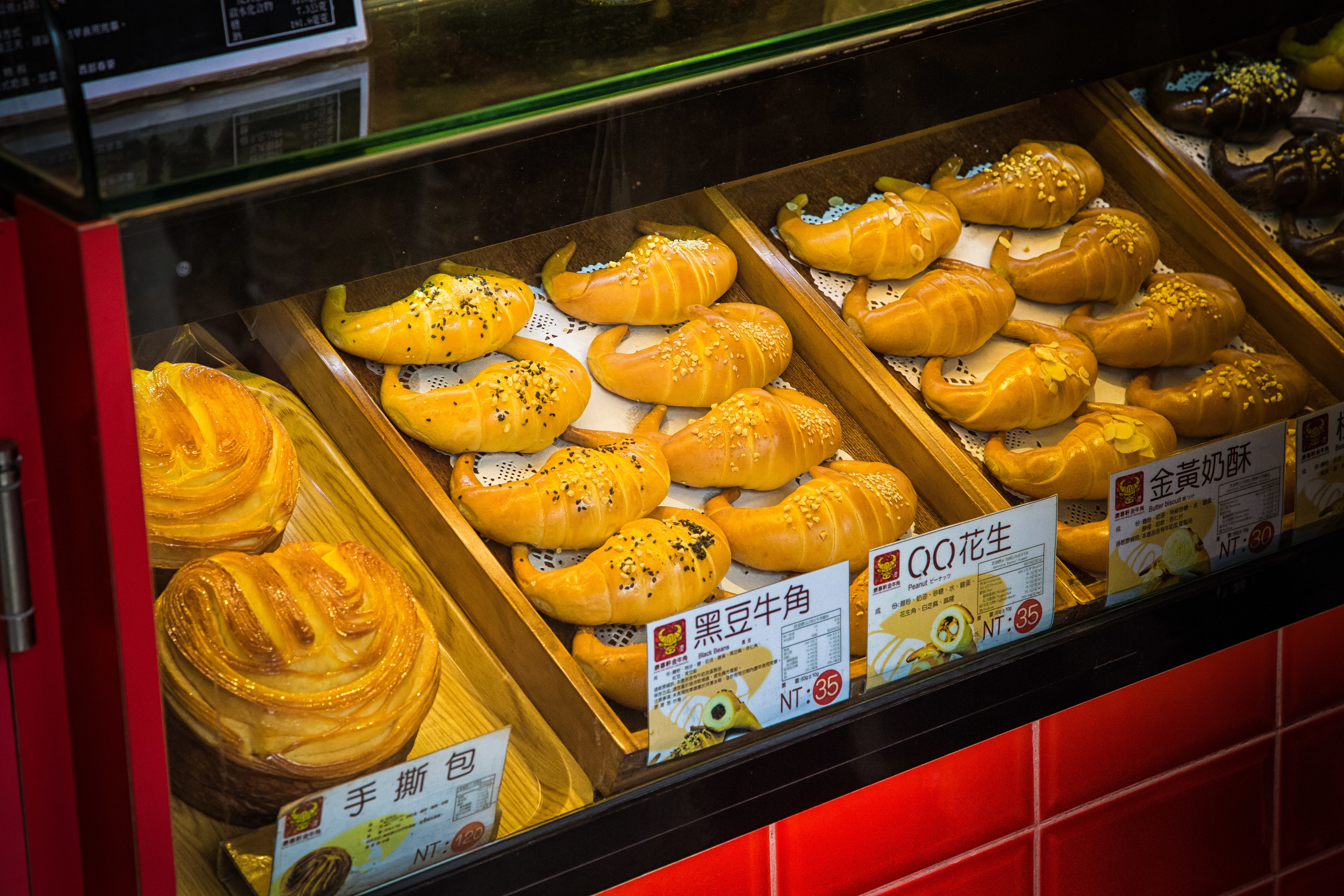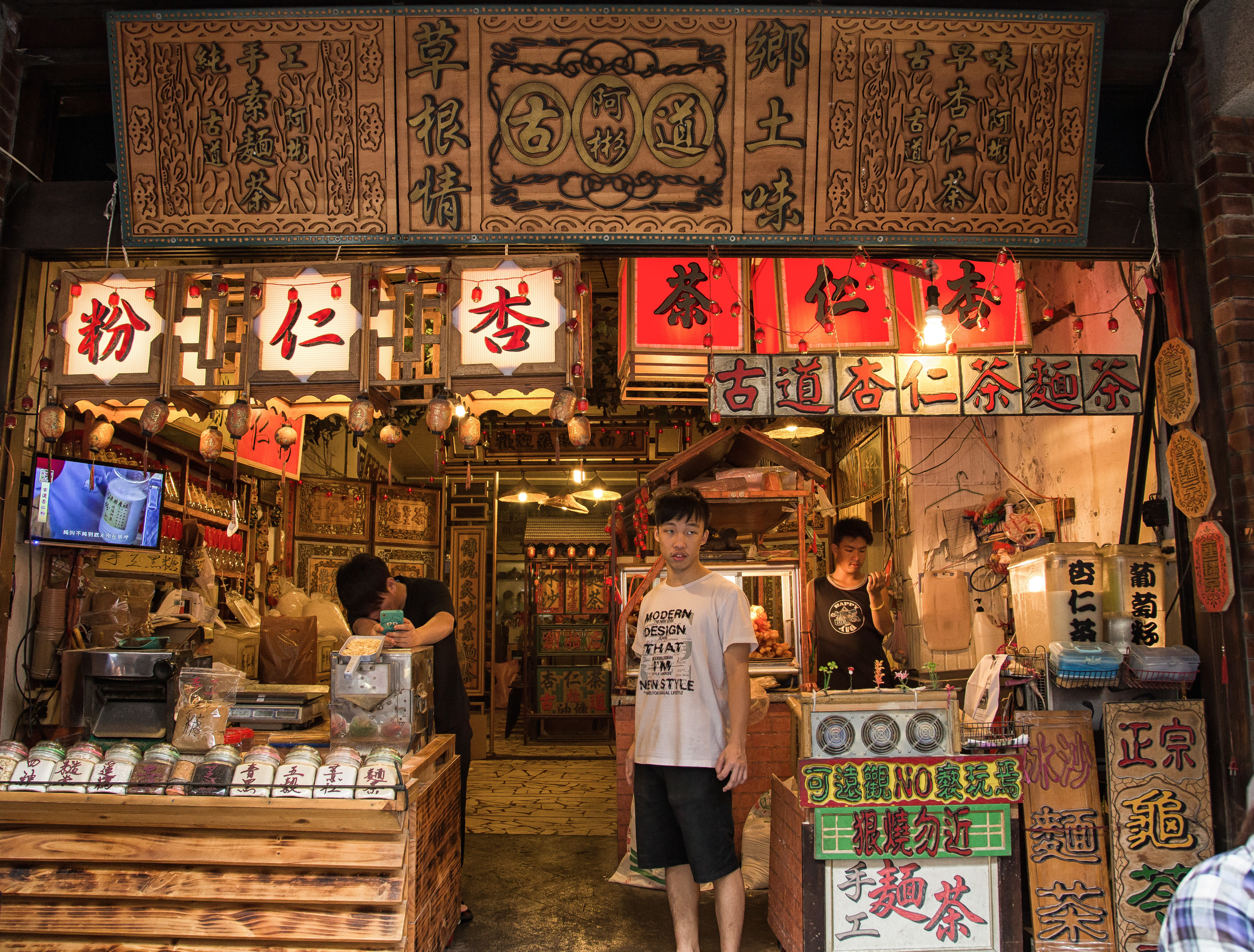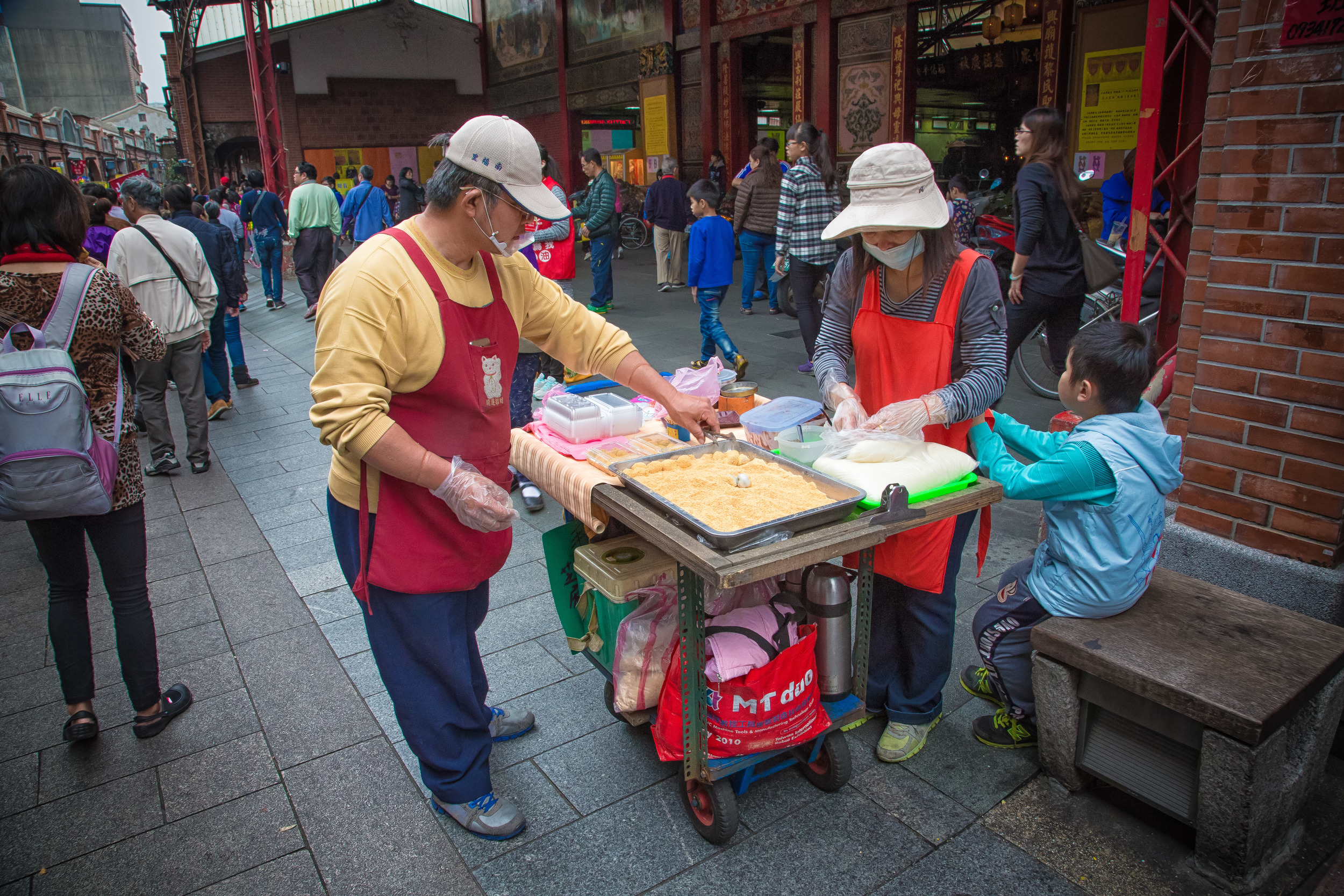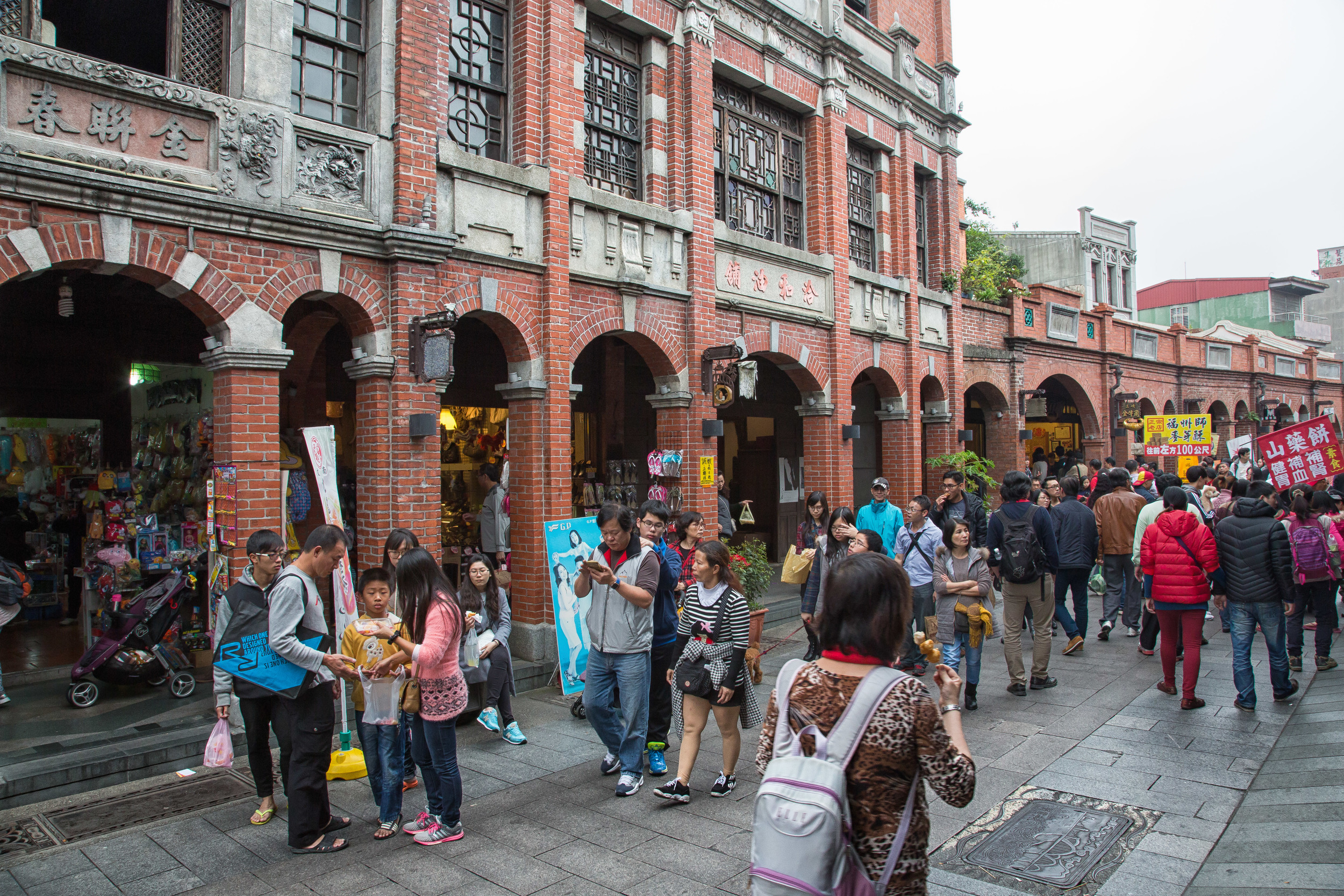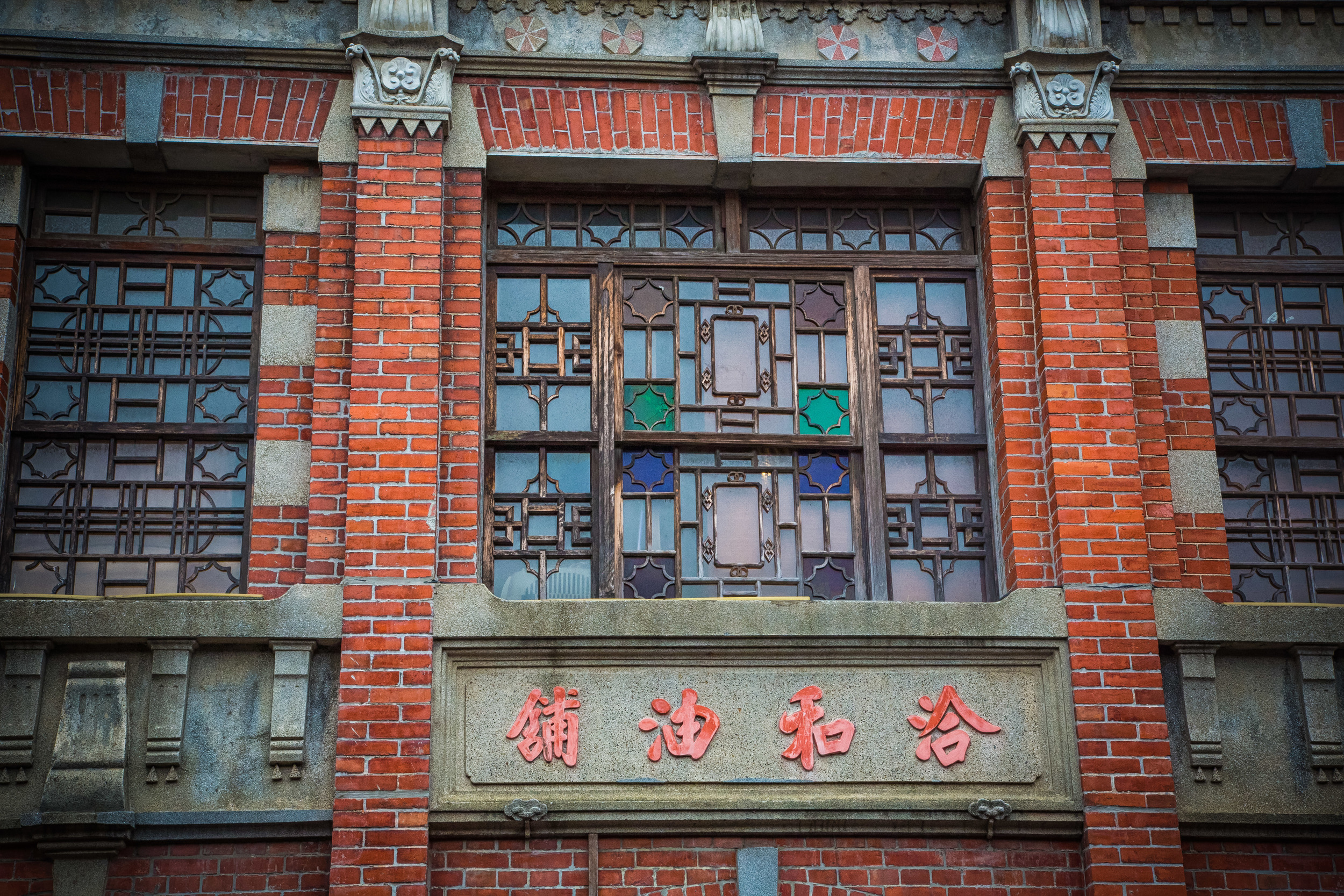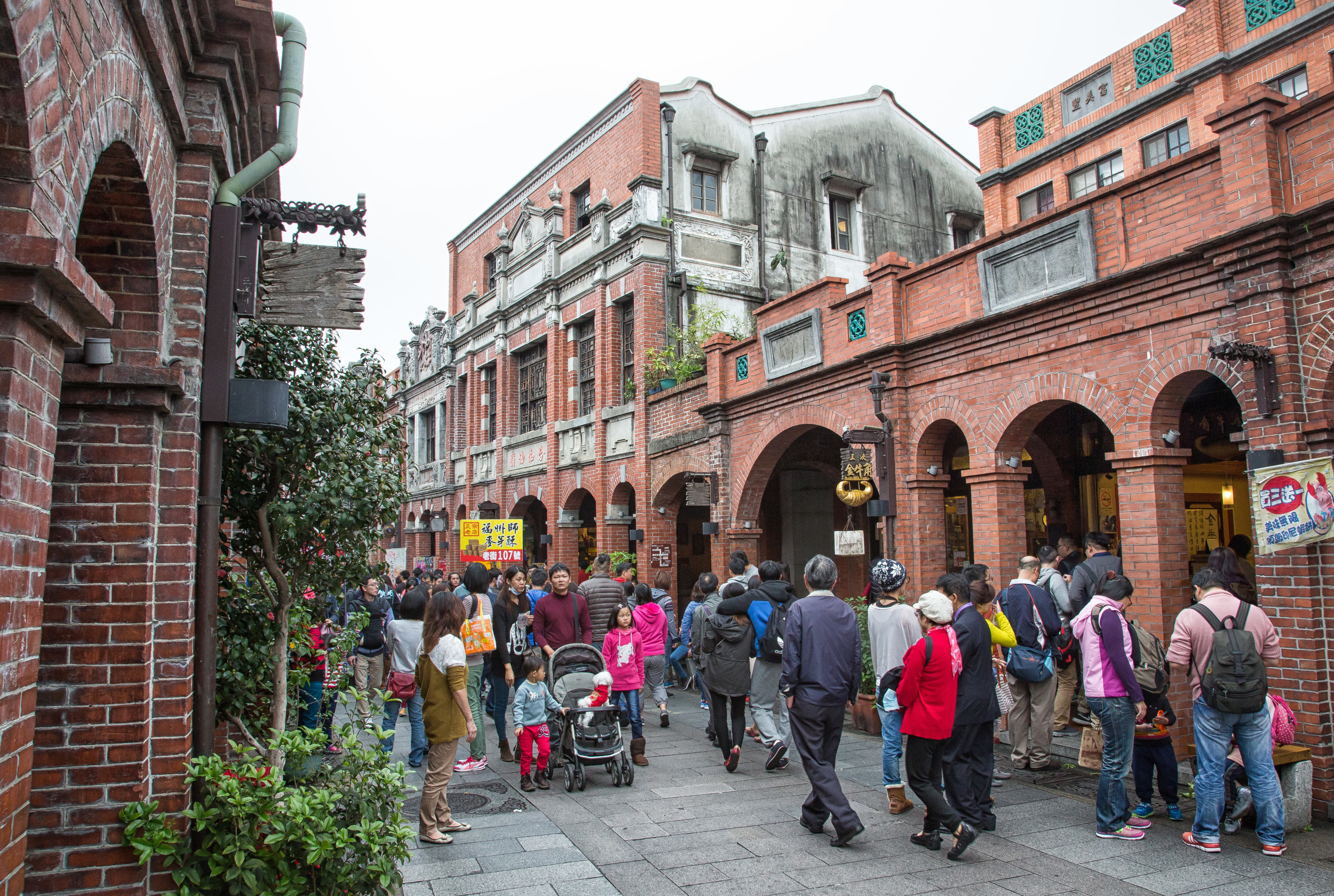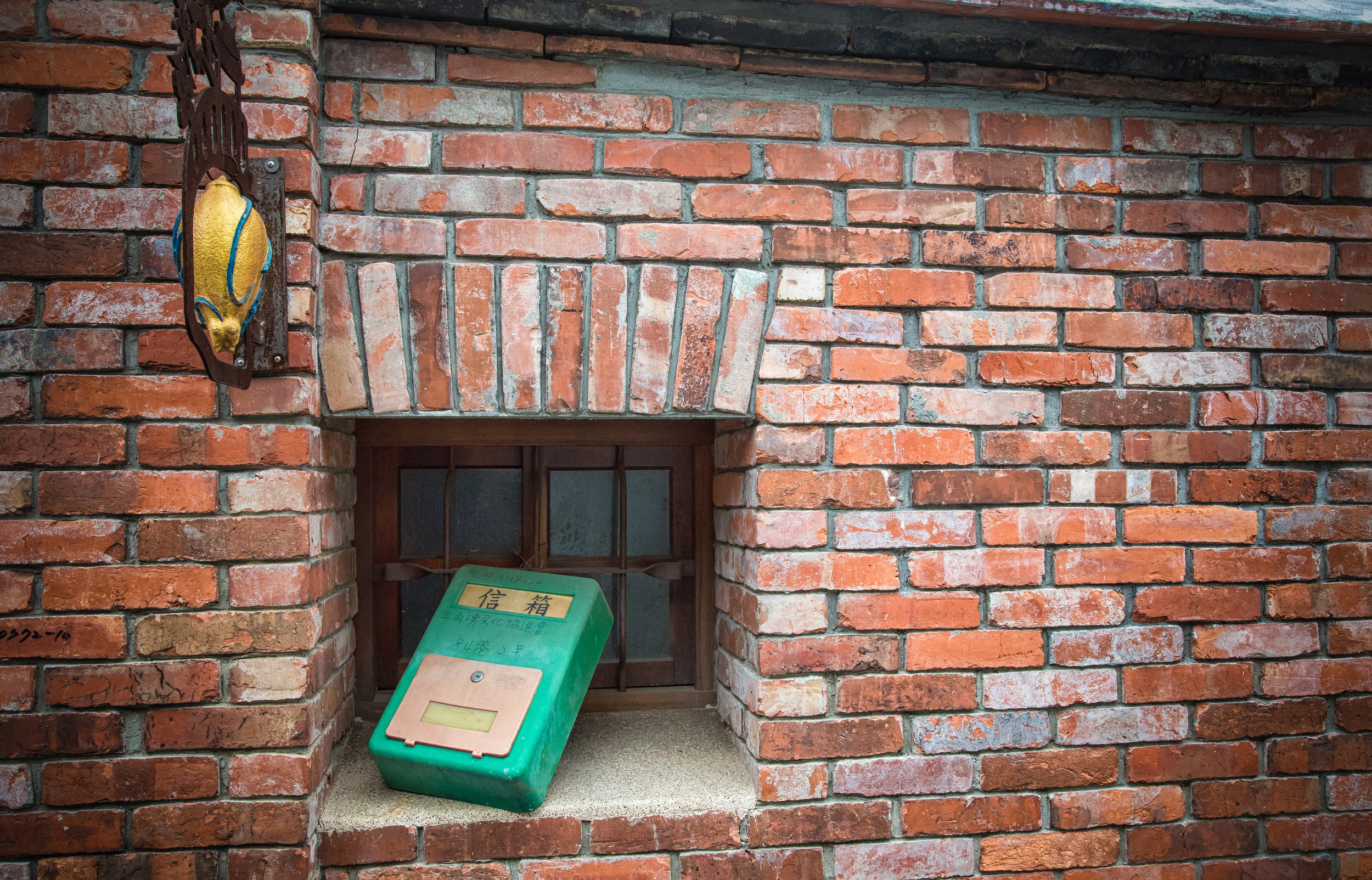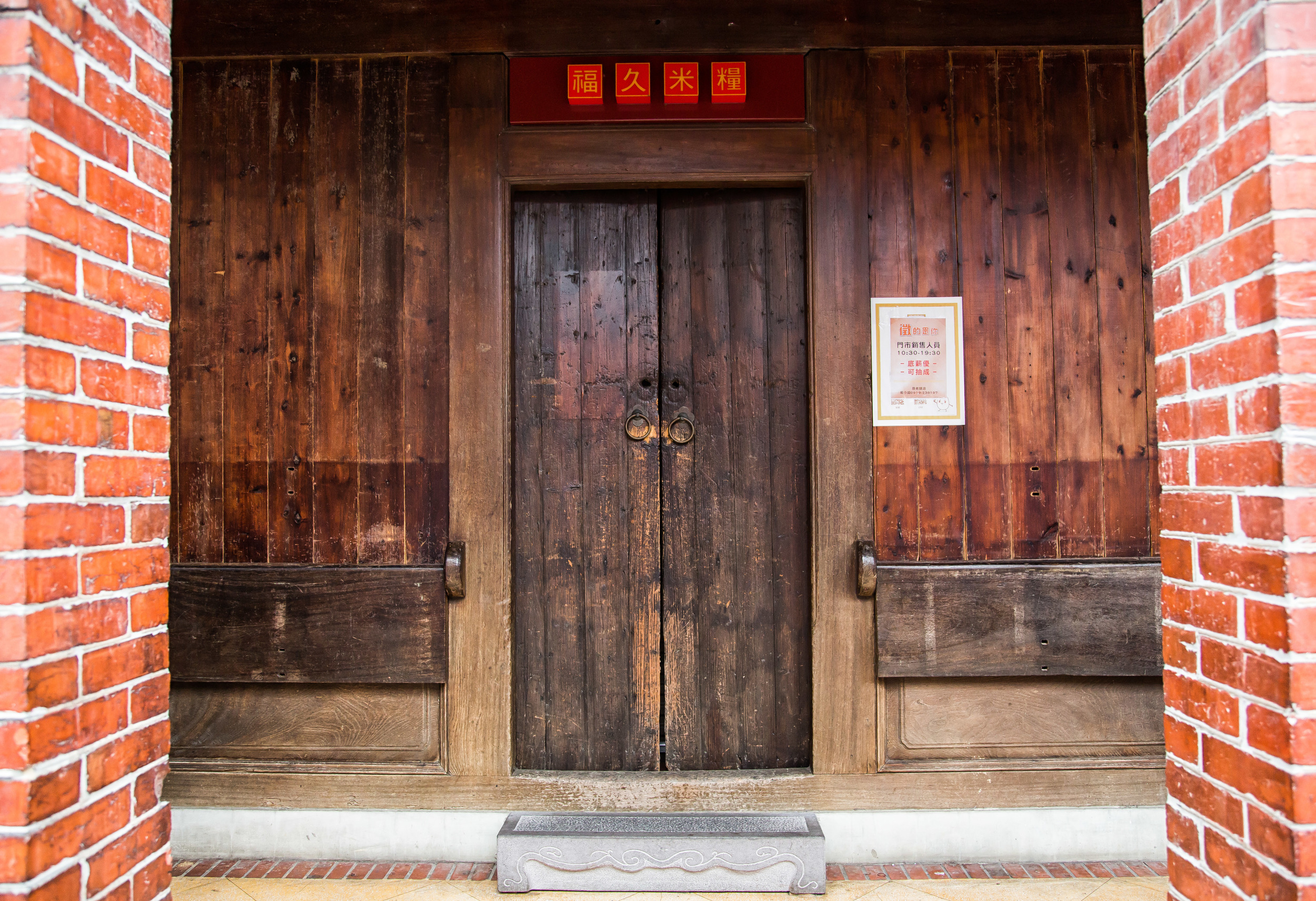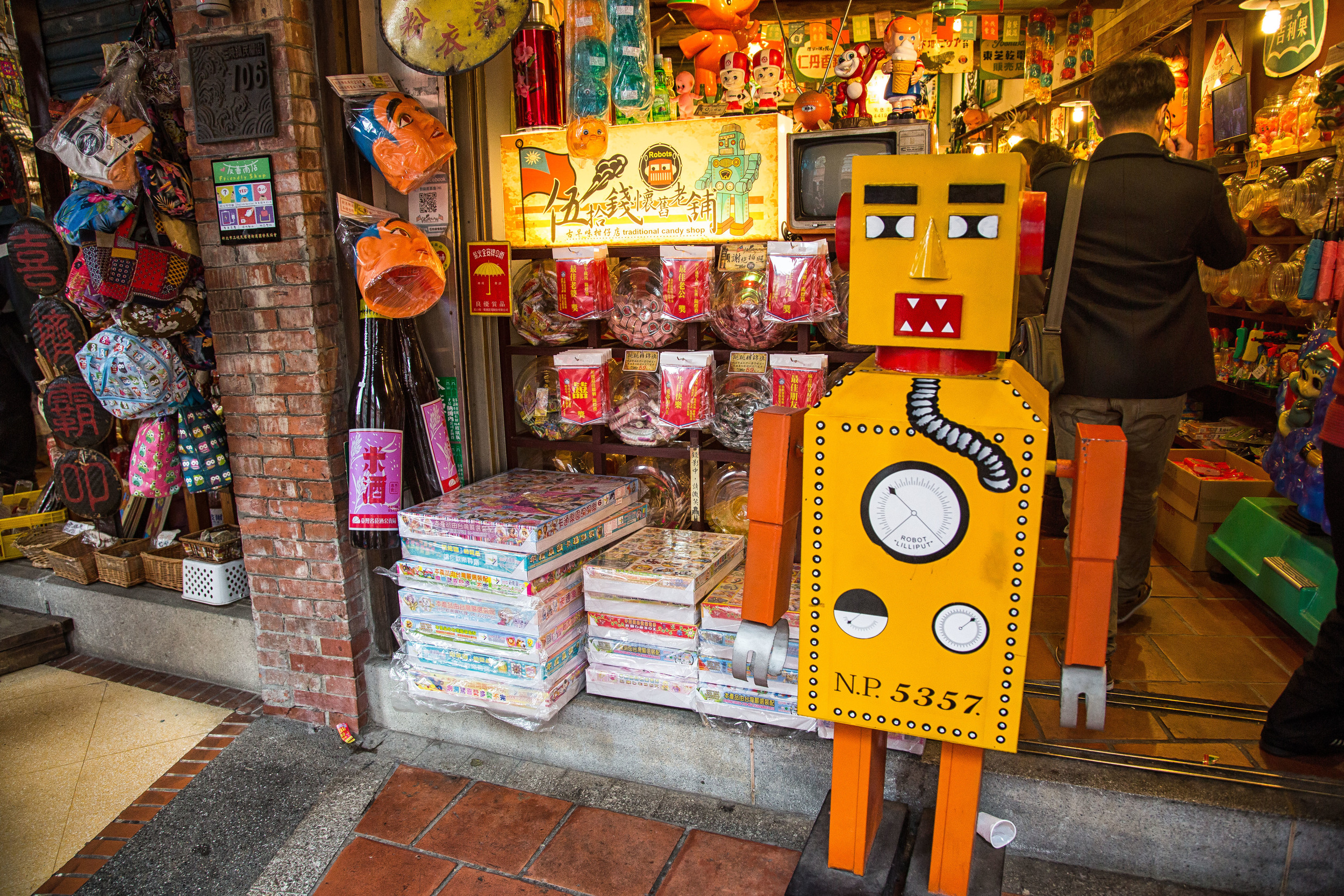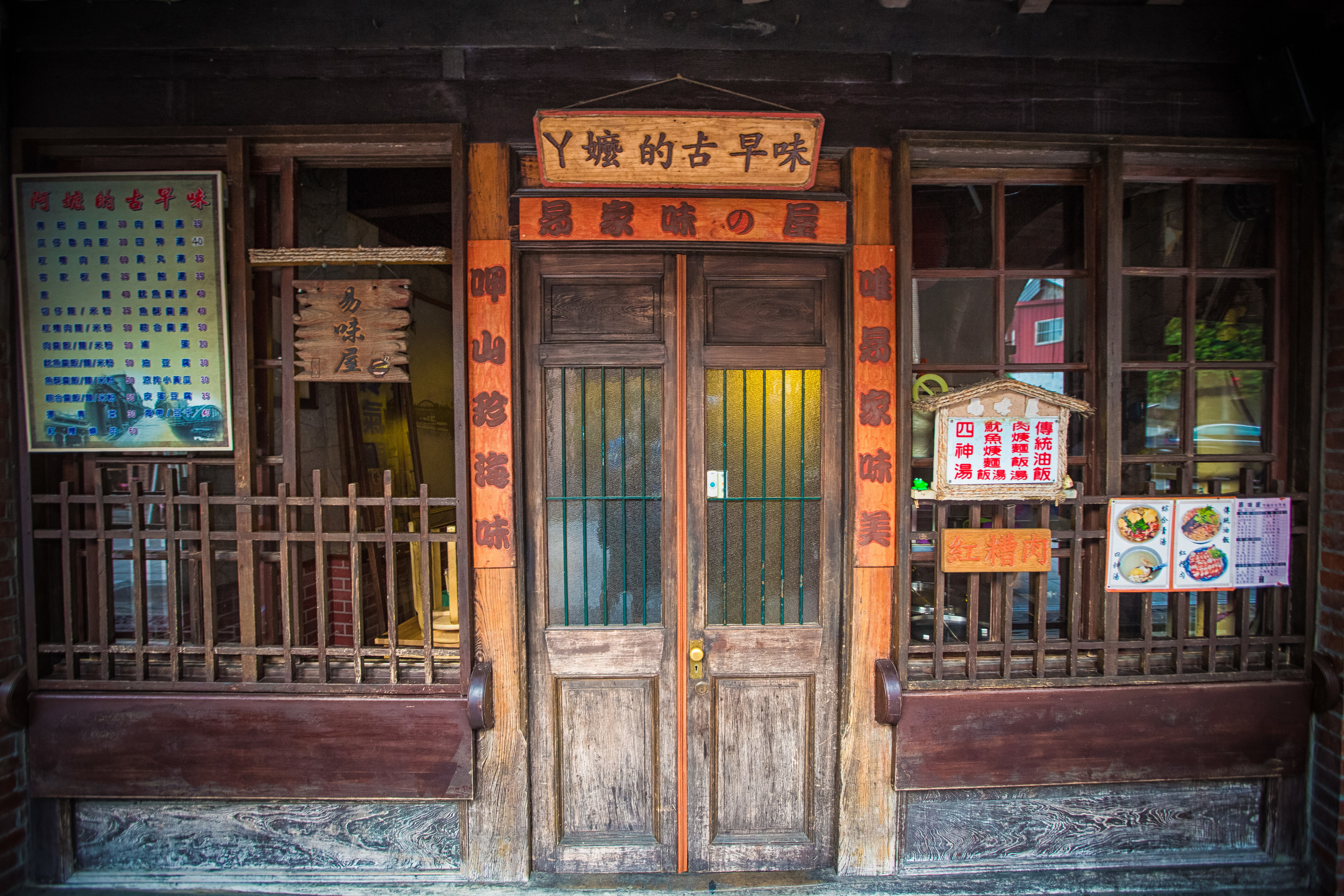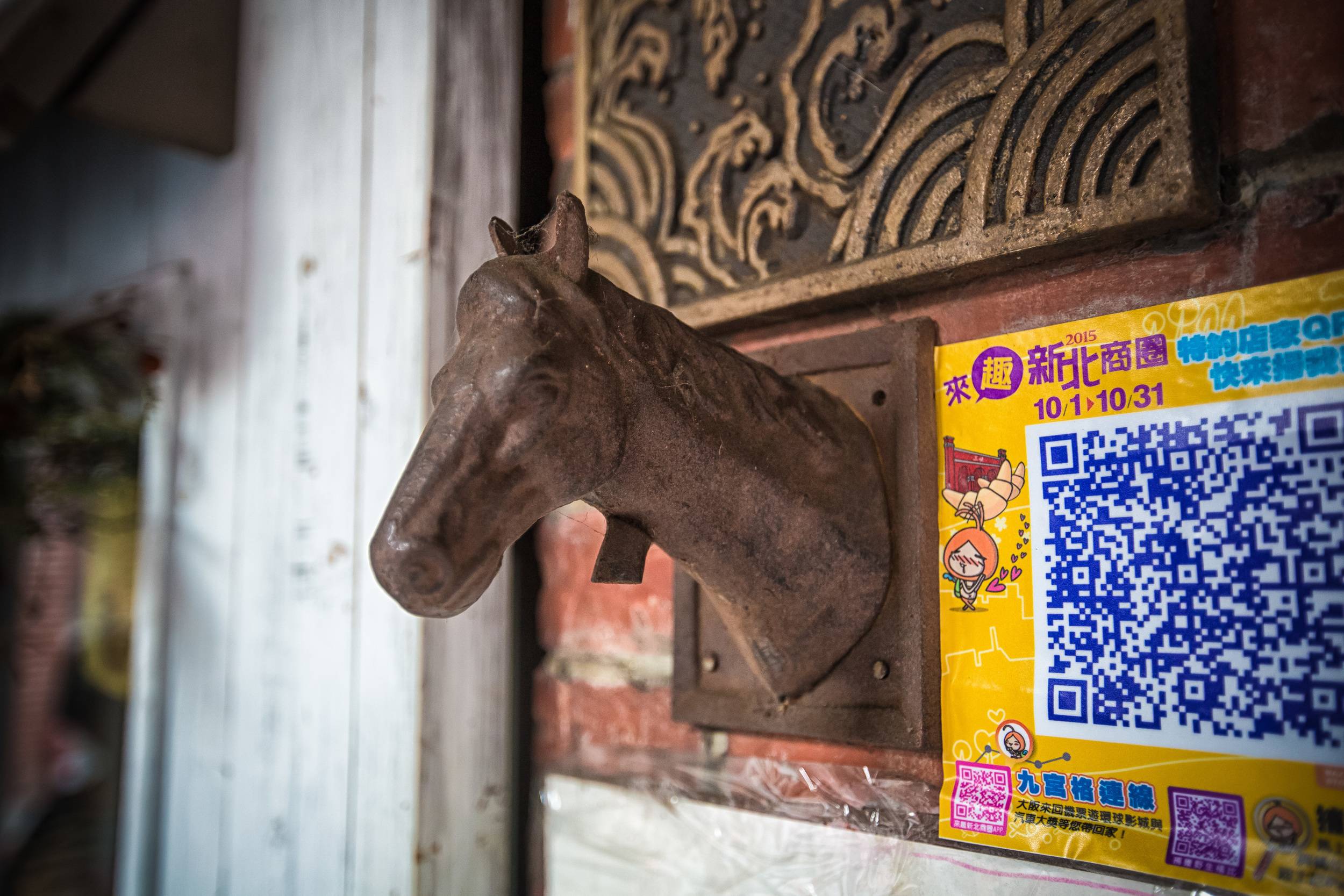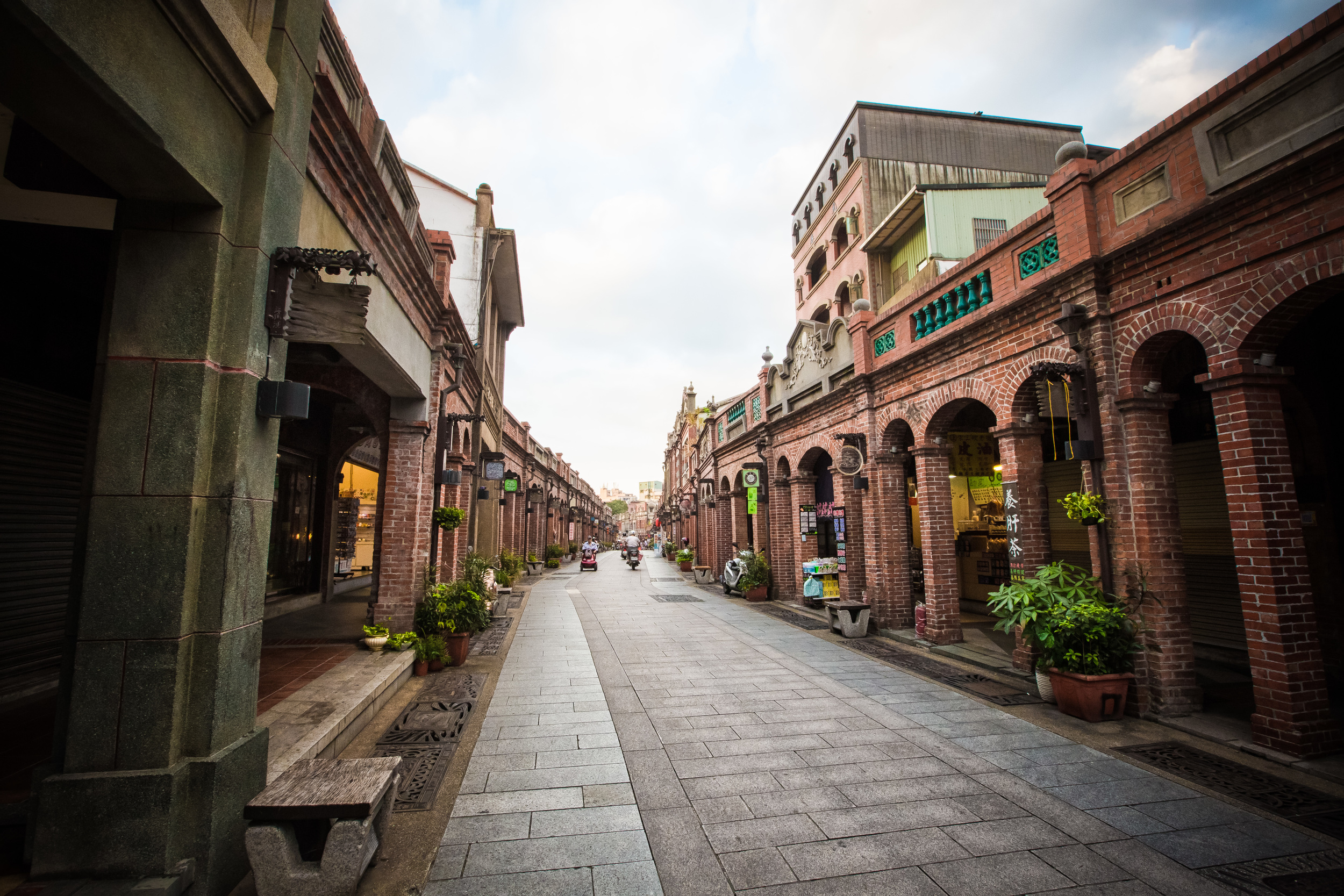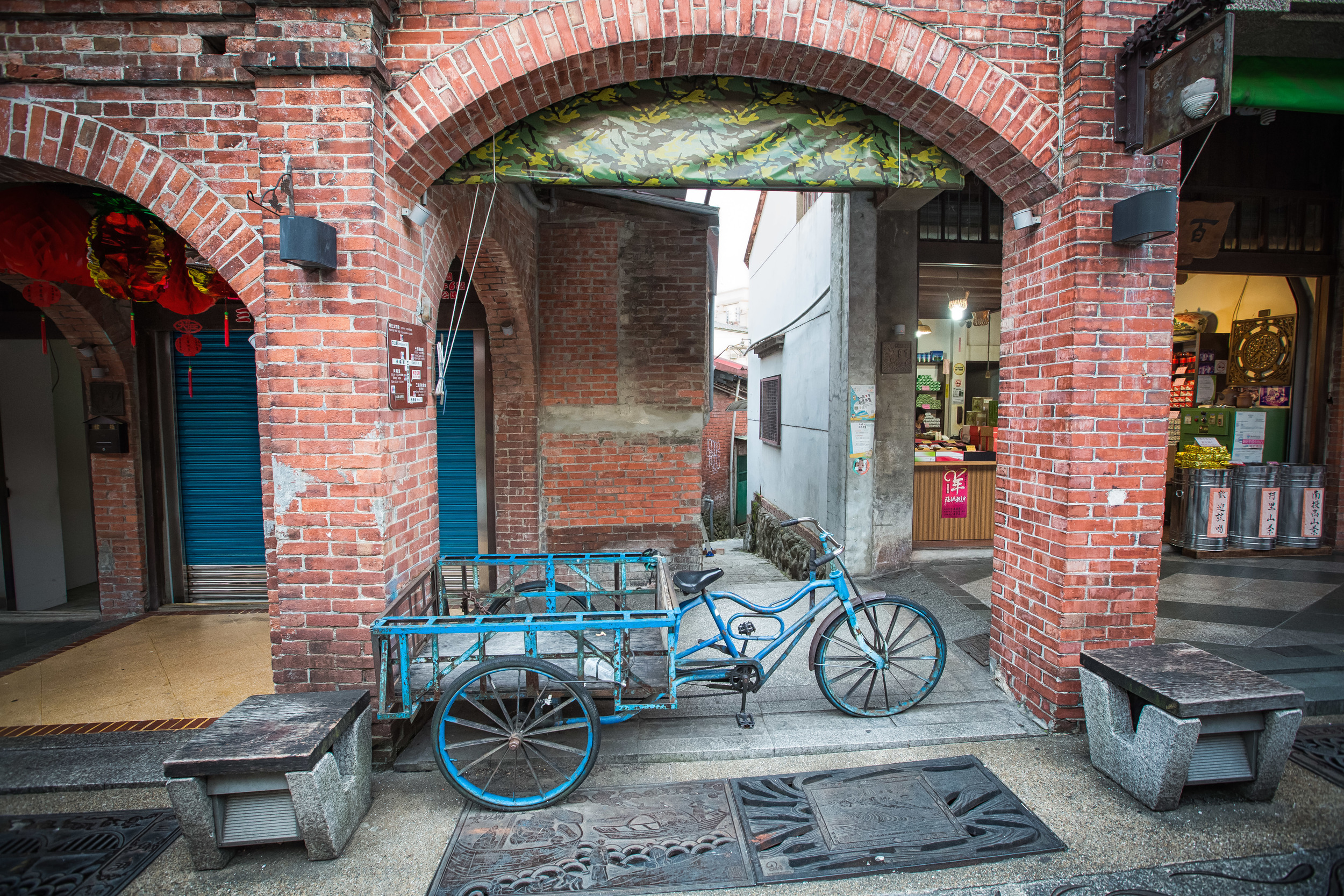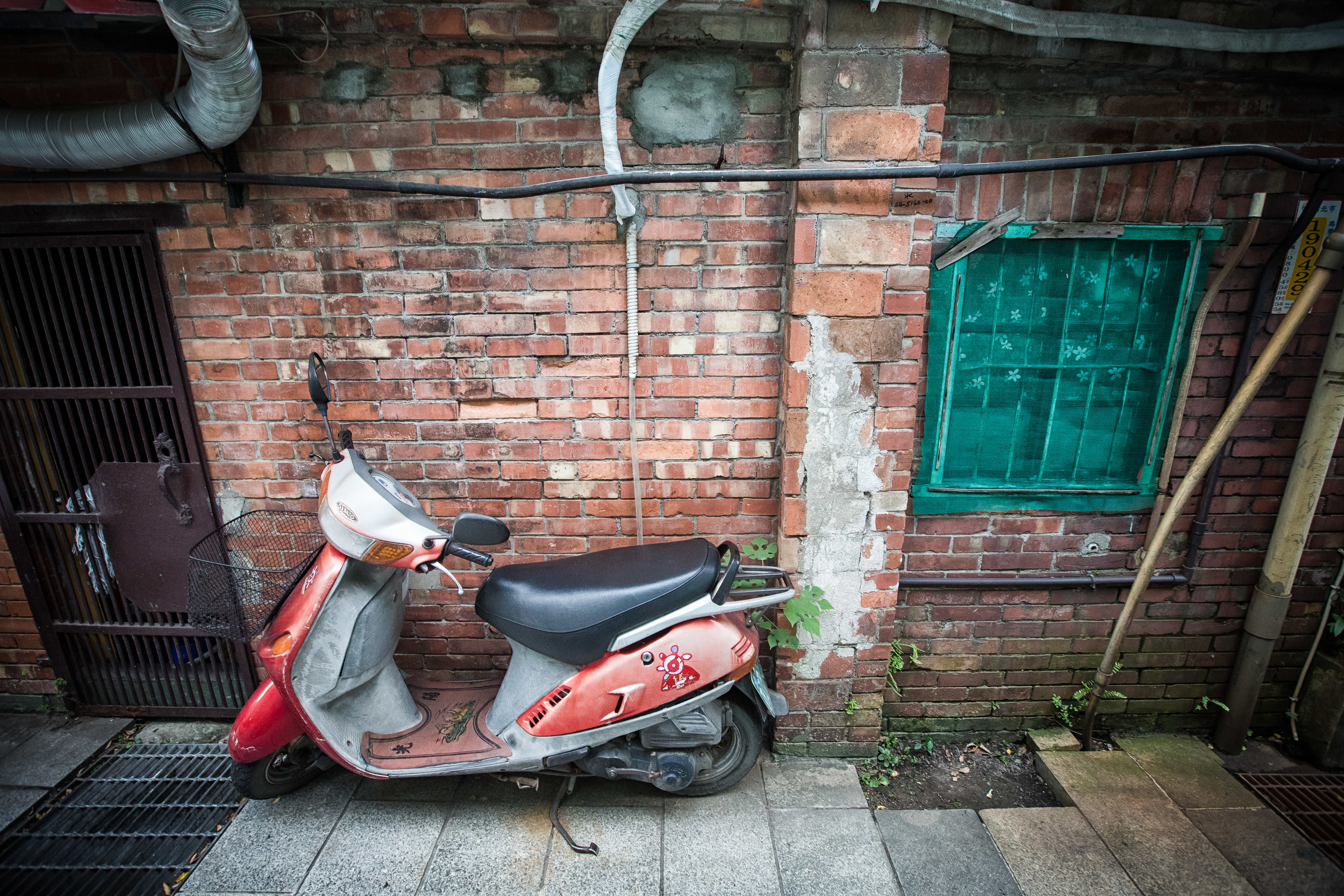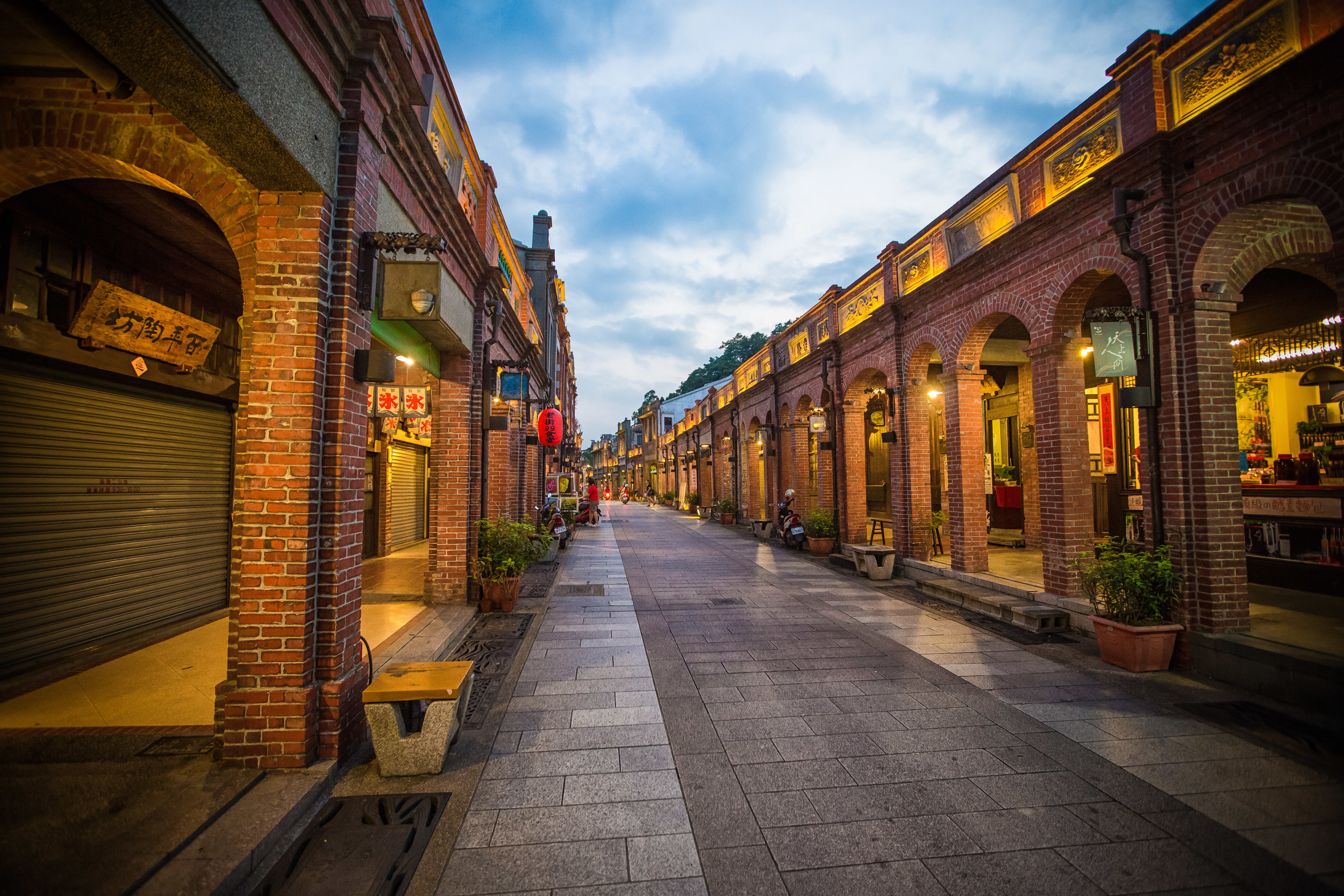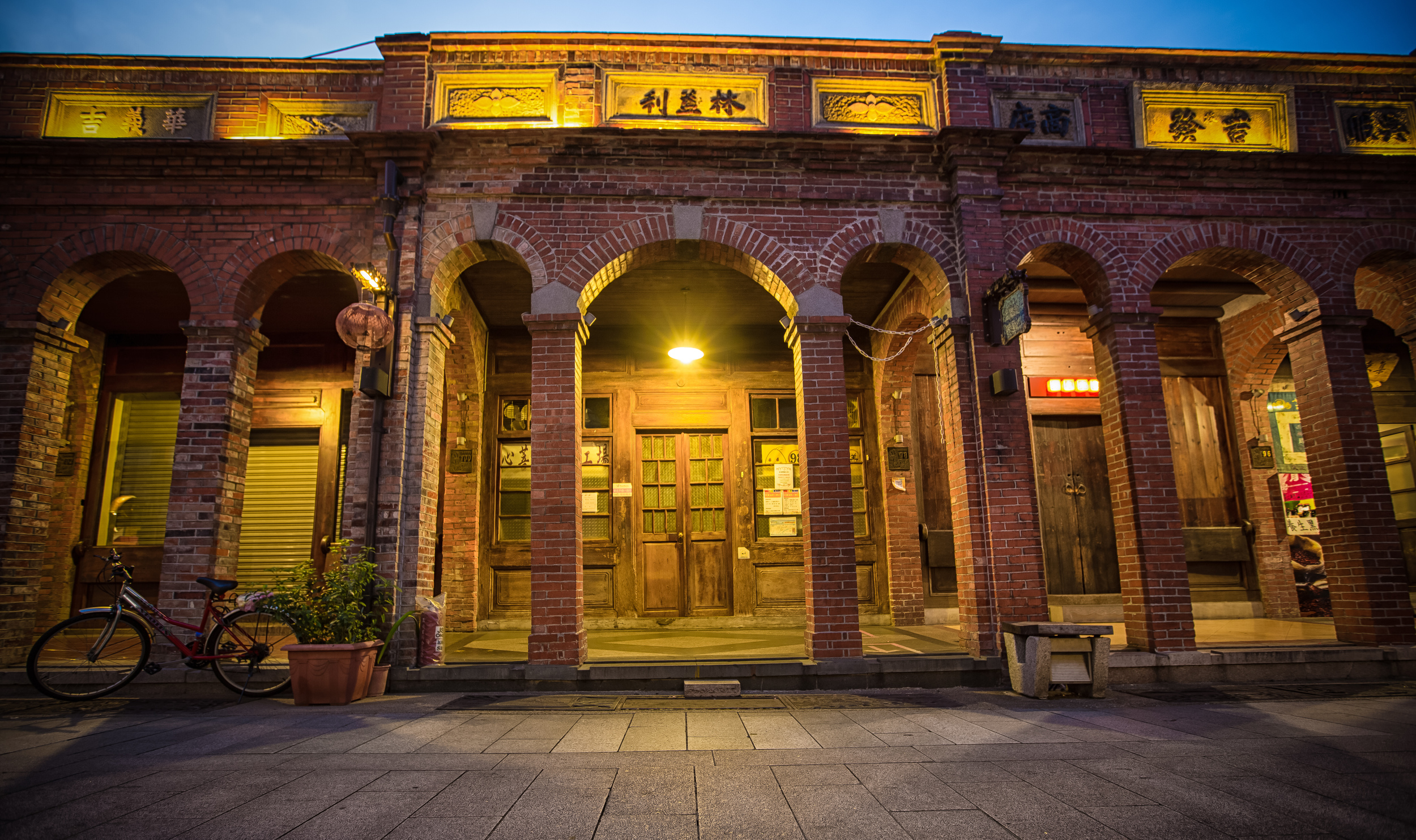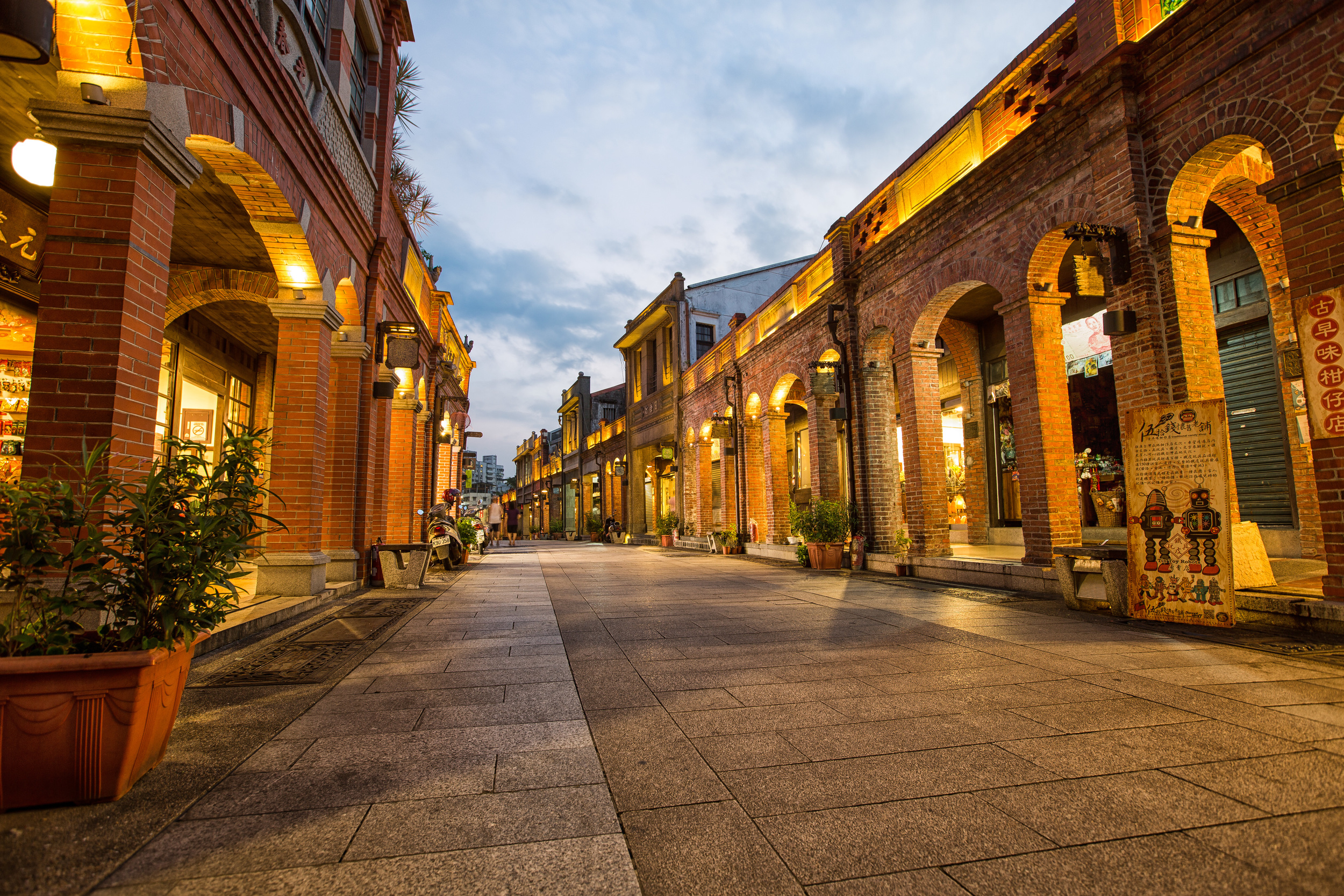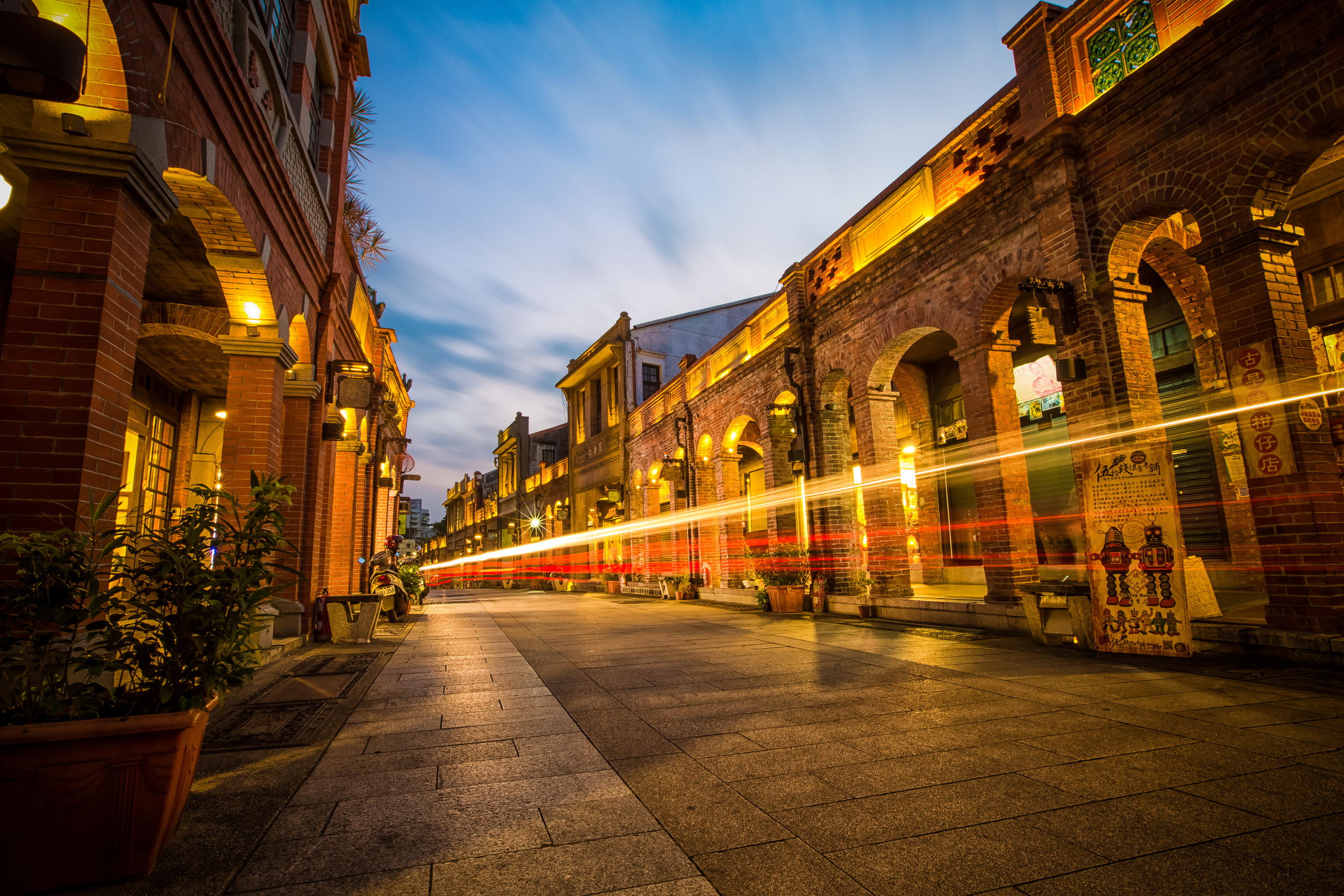Shifen Waterfall (十分大瀑布) nicknamed the "Niagara of Taiwan" is a popular tourist attraction in the Pingxi District (平溪區) of New Taipei City and is probably the most widely visited waterfall in the entire country. The small mountainous district of New Taipei City is an extremely well-known tourist destination for people visiting Taiwan and the easy access to this set of falls makes it an even more attractive destination for people who visit to take part in the famous sky lantern tradition for which Pingxi is known all around the world.
Coming from Canada, it is hard for me to compare any set of falls to our famous Horseshoe Falls. That being said, Shifen Waterfall is somewhat of a "mini" Taiwanese version of Niagara and while the shape of both sets of falls is similar, I think that the natural beauty of the mountains that surround the falls as well as the green water of the Keelung river make this waterfall stand out as the best (of all the well-known tourist attraction) waterfalls in Taiwan. I add the caveat to that statement because there are so many beautiful waterfalls in Taiwan that are not developed for tourism and aren't widely known, but are just as beautiful!
Waterfalls: Wulai Waterfall | Xiao Wulai Waterfall | Neidong Waterfall
The Shifen Waterfall has a total height of 20 meters (66 feet) and is 40 meters 130 feet) in width making it the broadest waterfall in the entire country. The falls are of the 'cascade' variety which means that the water flows in one direction while it descends upon a series of rock steps making the waterfall look like it has several different curtains. The Pingxi area is quite prone to rain due to its proximity to the mountains and the north coast of the country. There is always a steady flow of water coming from the falls and what you'll see when you visit is likely the same as what I saw when I took the photos.
Newly constructed viewing platforms are set up in several different places around the falls that give tourists an excellent opportunity to view the waterfalls. For this blog, I took long exposure shots from several different viewing platforms which were to the right of the falls, in the centre near the base, to the left on the stairs and from the top of the falls looking down. Tourists have quite a few options to view the waterfalls thanks to the New Taipei City government and you are sure to get some nice photos if you visit!
There is a bit of a long story as to why I offer my gratitude to the government but I will try to make it a bit concise: The area around the waterfall was 'private property' for years. The people who owned the property naturally decided to set up a coffee shop, a lame theme park and rather unsafe viewing platforms for tourists. The price of admission was a bit steep and elicited complaints from the public. The New Taipei City government after a long battle with the owners stated: "Shifen Waterfall is an important natural asset that belongs to the public, and people have the right to visit it, the department said, adding that private entities cannot restrict visitors from doing so." (link) and thus took control of the land, restricting access for a year (or more) to redevelop it so that tourists could visit the waterfalls while in Pingxi and more importantly - for free!
For the most part-people visit the Shifen Station (十分車站) area on the Pingxi Rail Line (平溪線) because they are interested in releasing sky lanterns which is the reason why Pingxi has gained such notoriety in recent years. The waterfall is a short one kilometre walk from the station and that ultimately prevents a lot of people from visiting.
When I visit Pingxi, it is either for the Pingxi Crags, the Sandiaoling Waterfall hike, river tracing or basically anything that has to do with nature. I prefer to stay away from the whole sky lantern thing because they are extremely terrible for the environment. If I was ever to write my wishes on one, I'd write something like: "What goes up, must come down - and when they come down they end up polluting the beautiful natural environment".
Please consider that if you are travelling in the area. The mountains and rivers are full of sky lanterns that flew for a matter of minutes and descending back to earth.
If you're interested in waterfalls, but not really interested in taking the effort to hike to one and swim in it, then this one is for you. The waterfall requires a short walk down the road from the train station and the viewing platforms are set up so well that you can get some pretty great photos. I recommend visiting, but if you are the avid hiking type like myself you might feel a little bored and the itch that you may have to just jump the barrier and go for a swim might get to you like it does for me!
Gallery / Flickr (High Res Photos)
